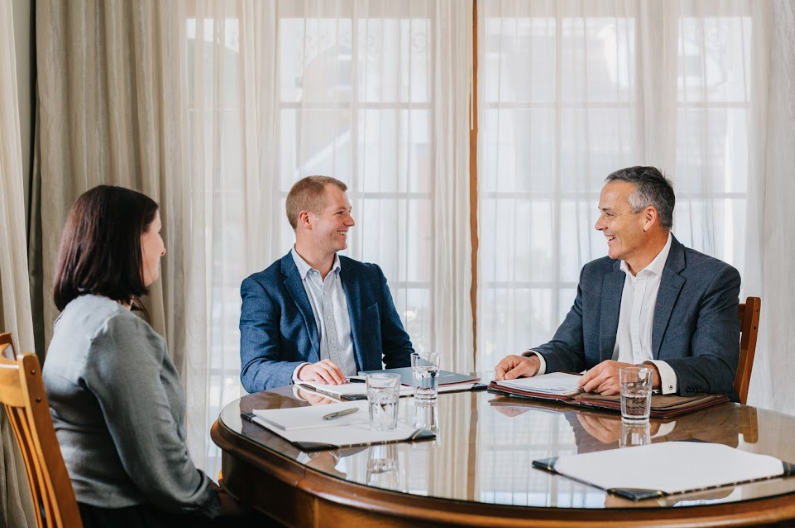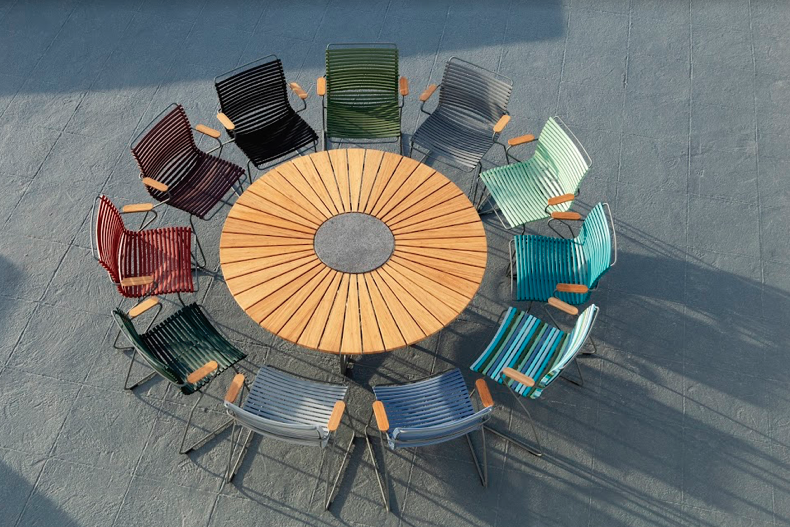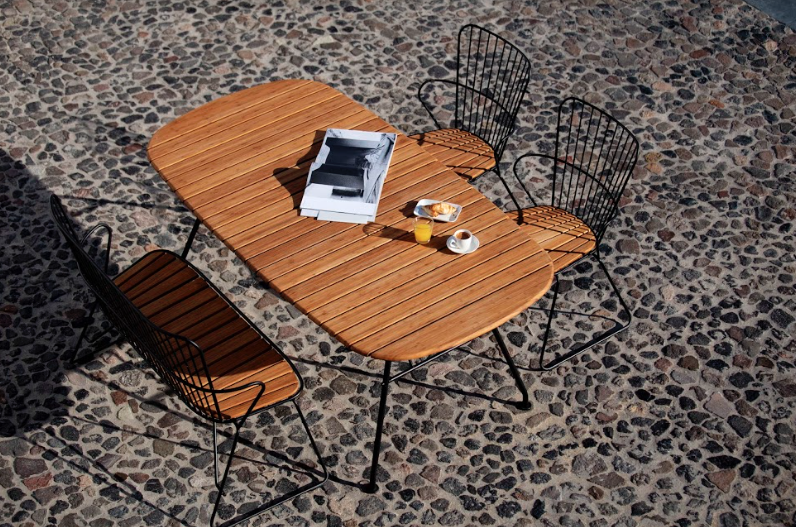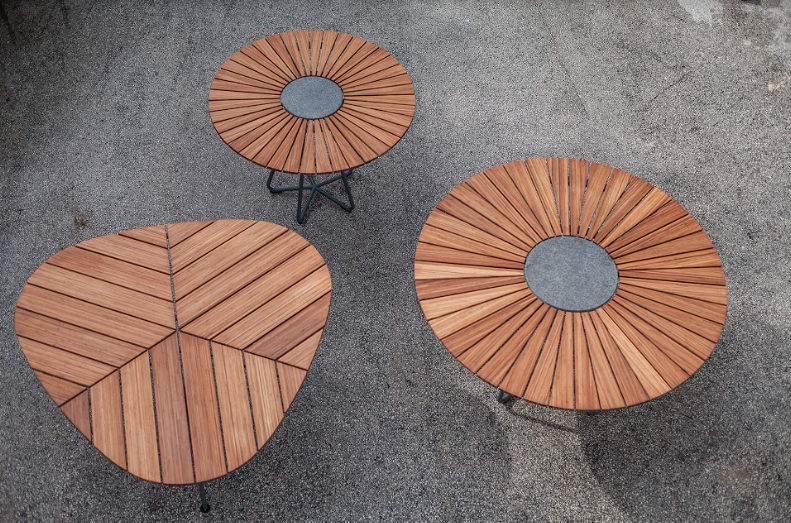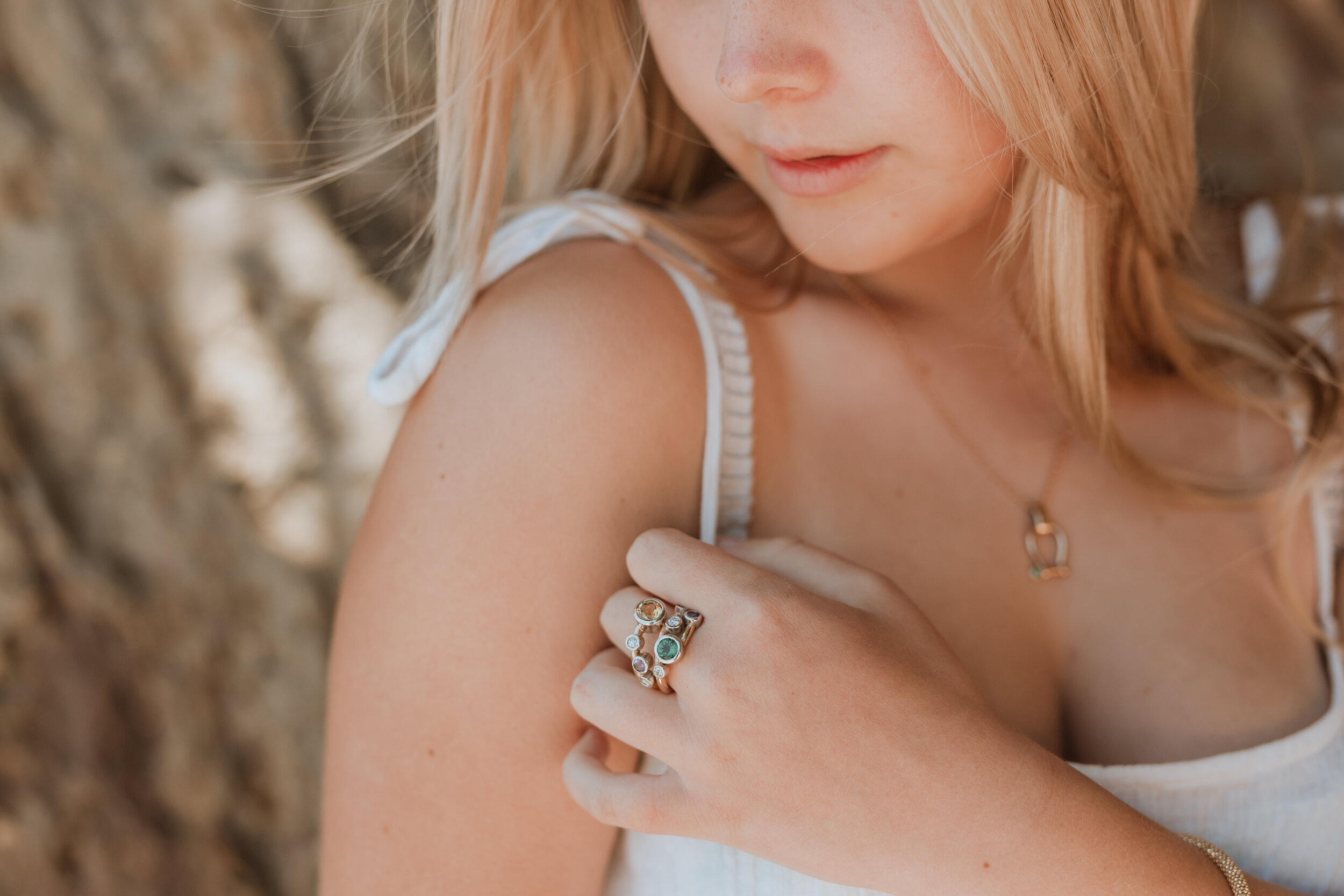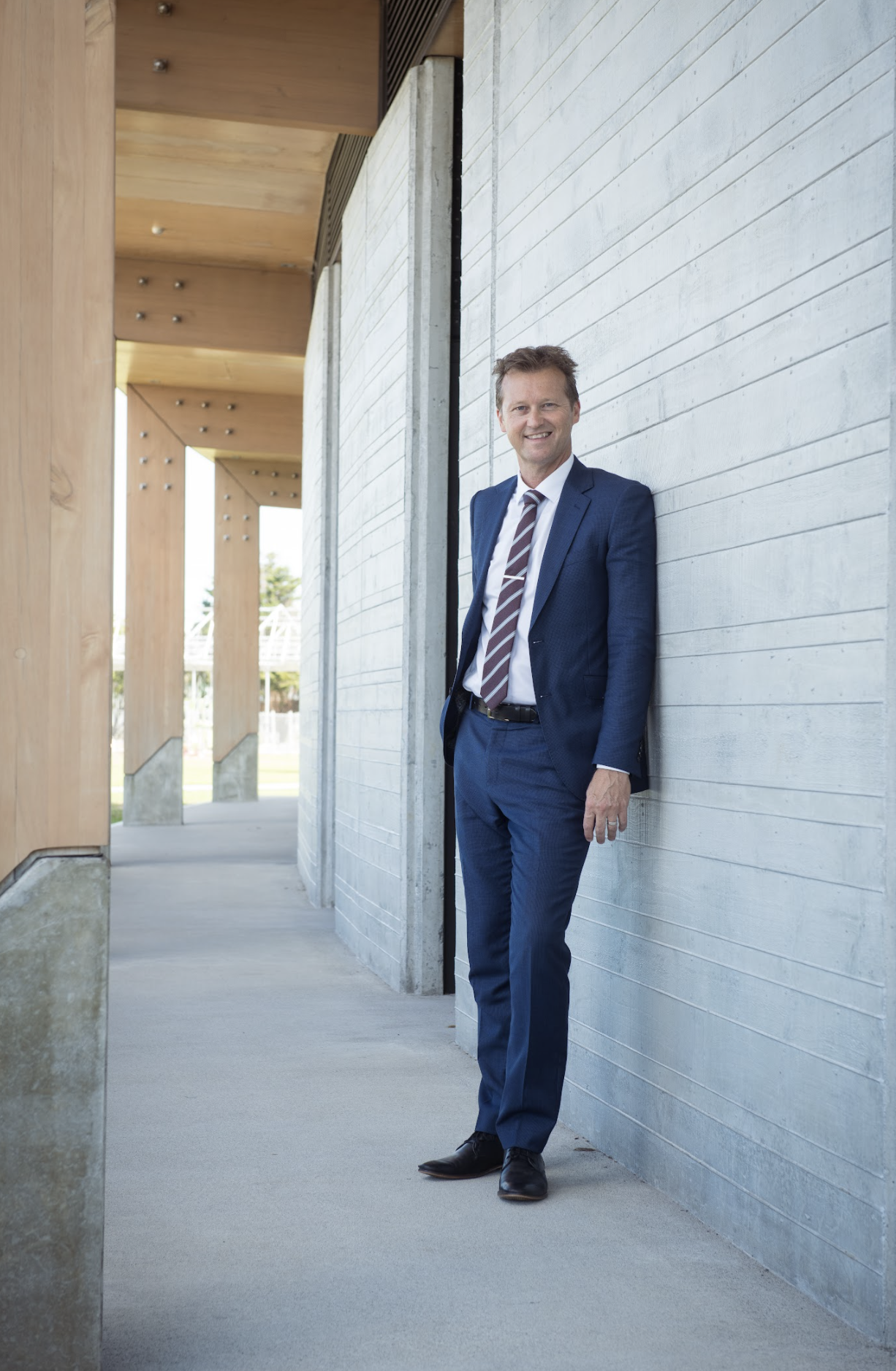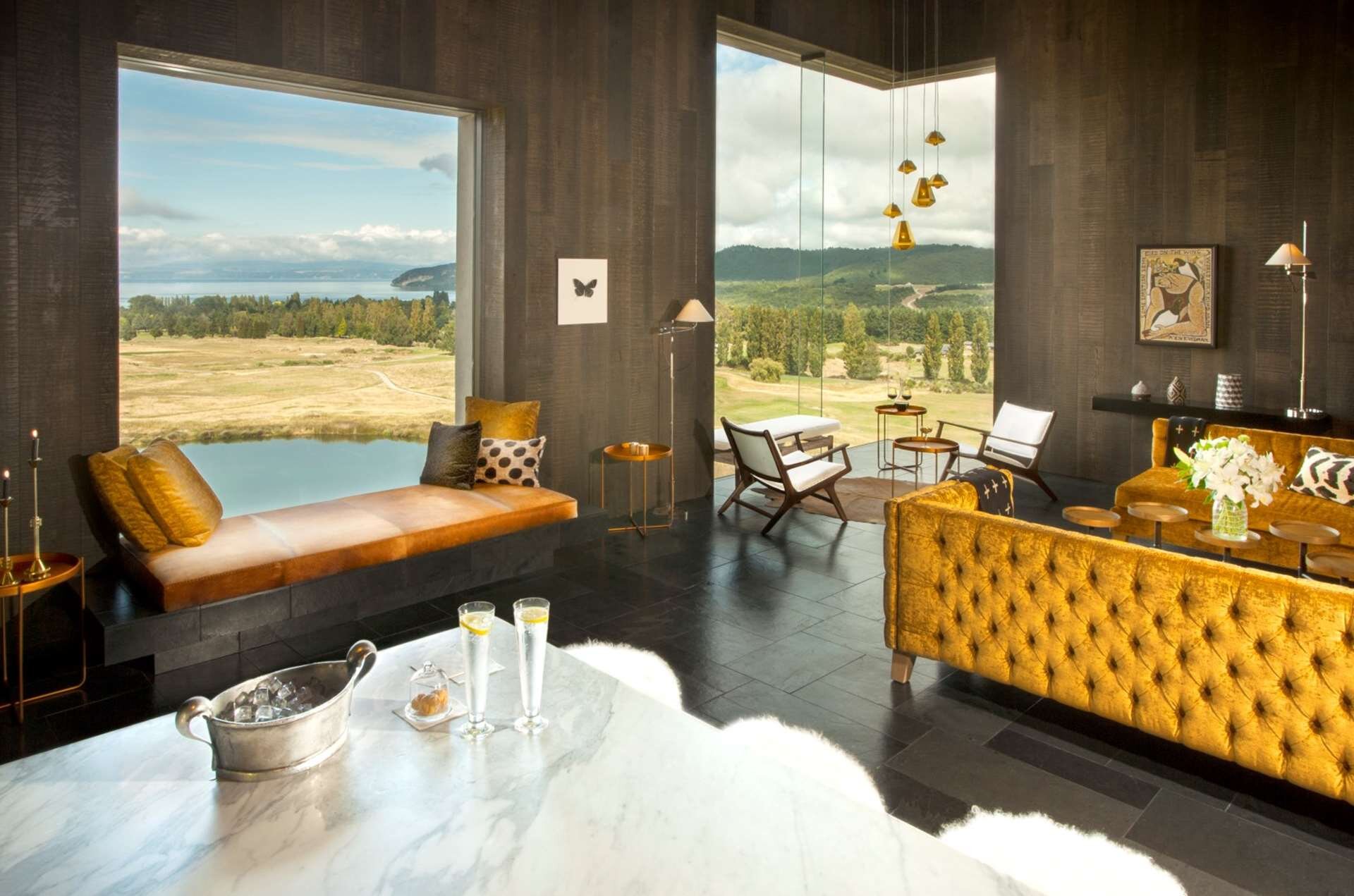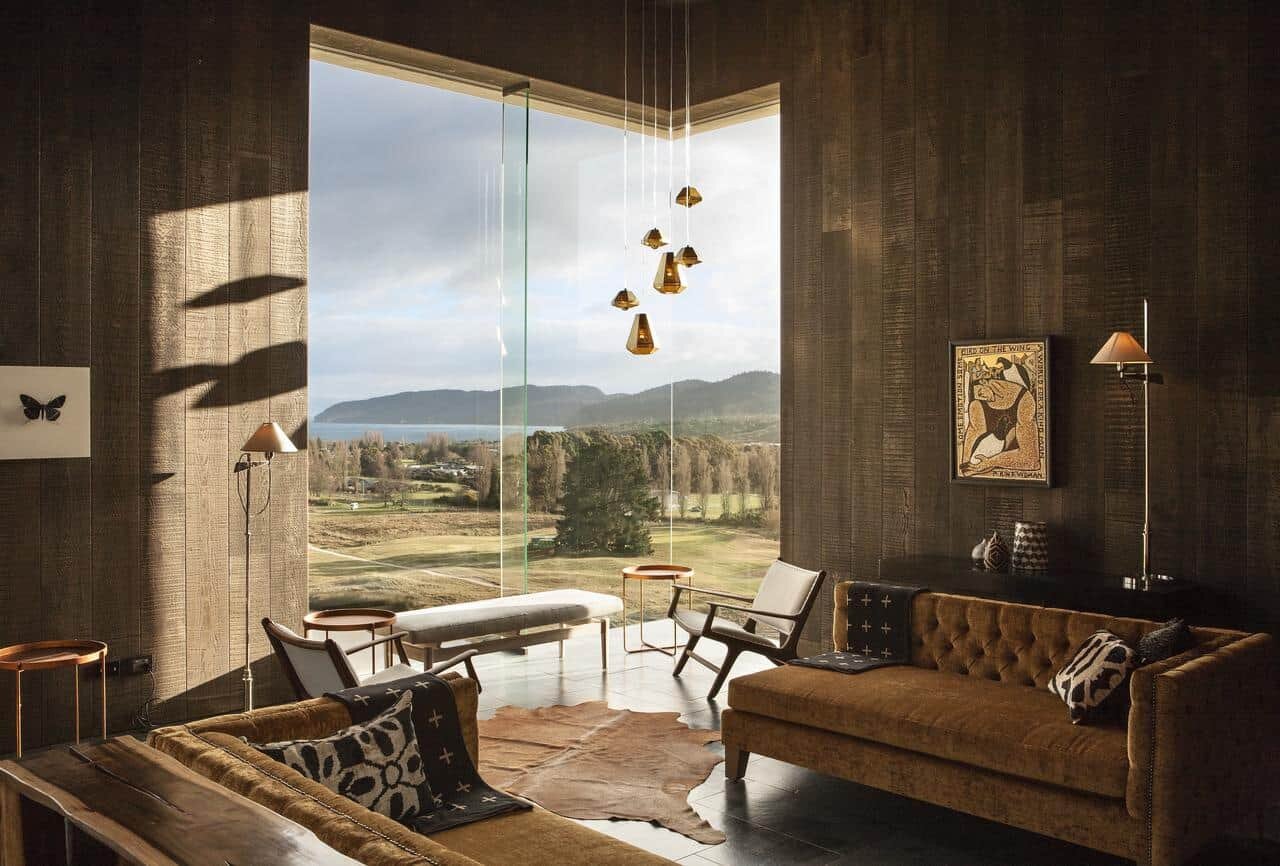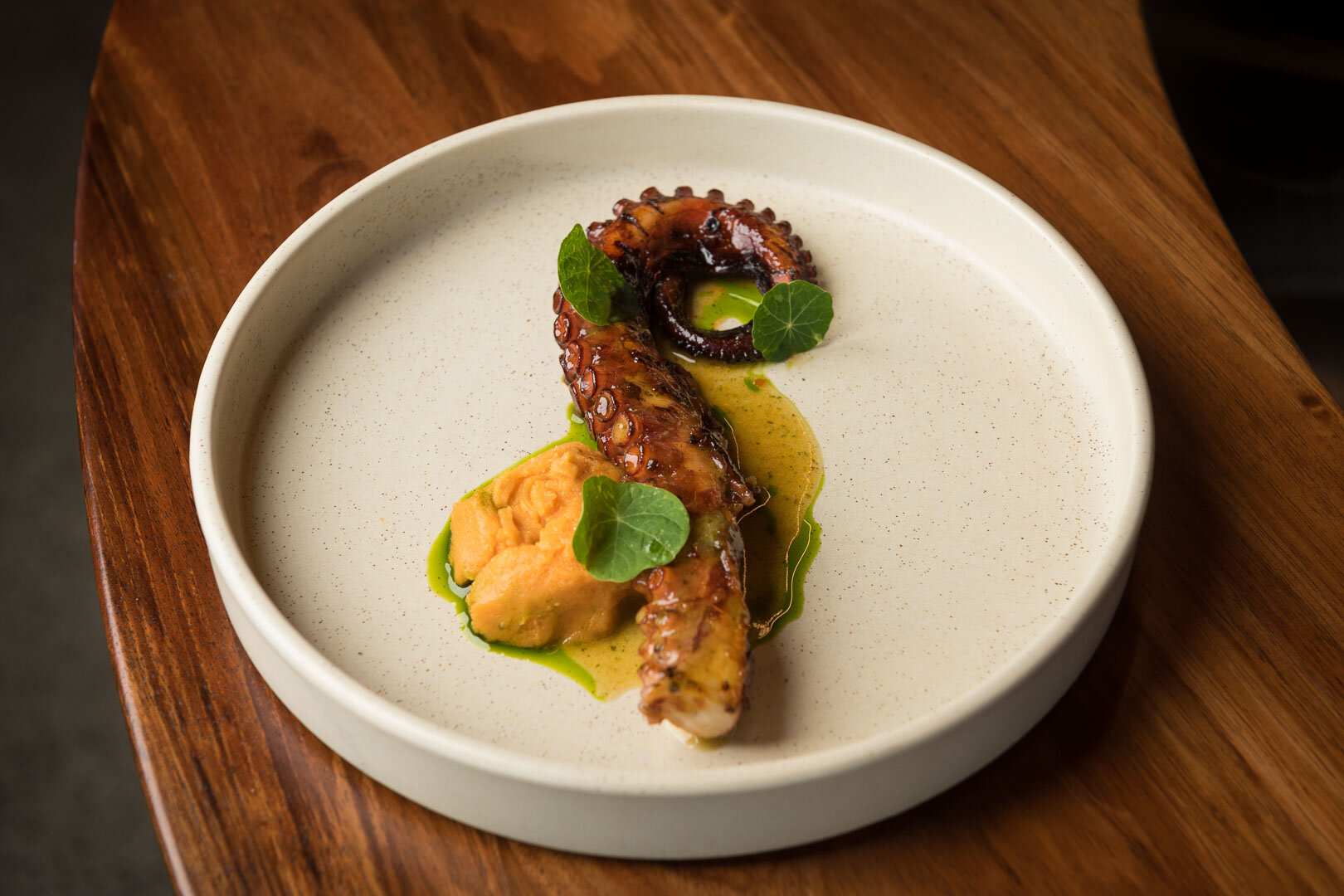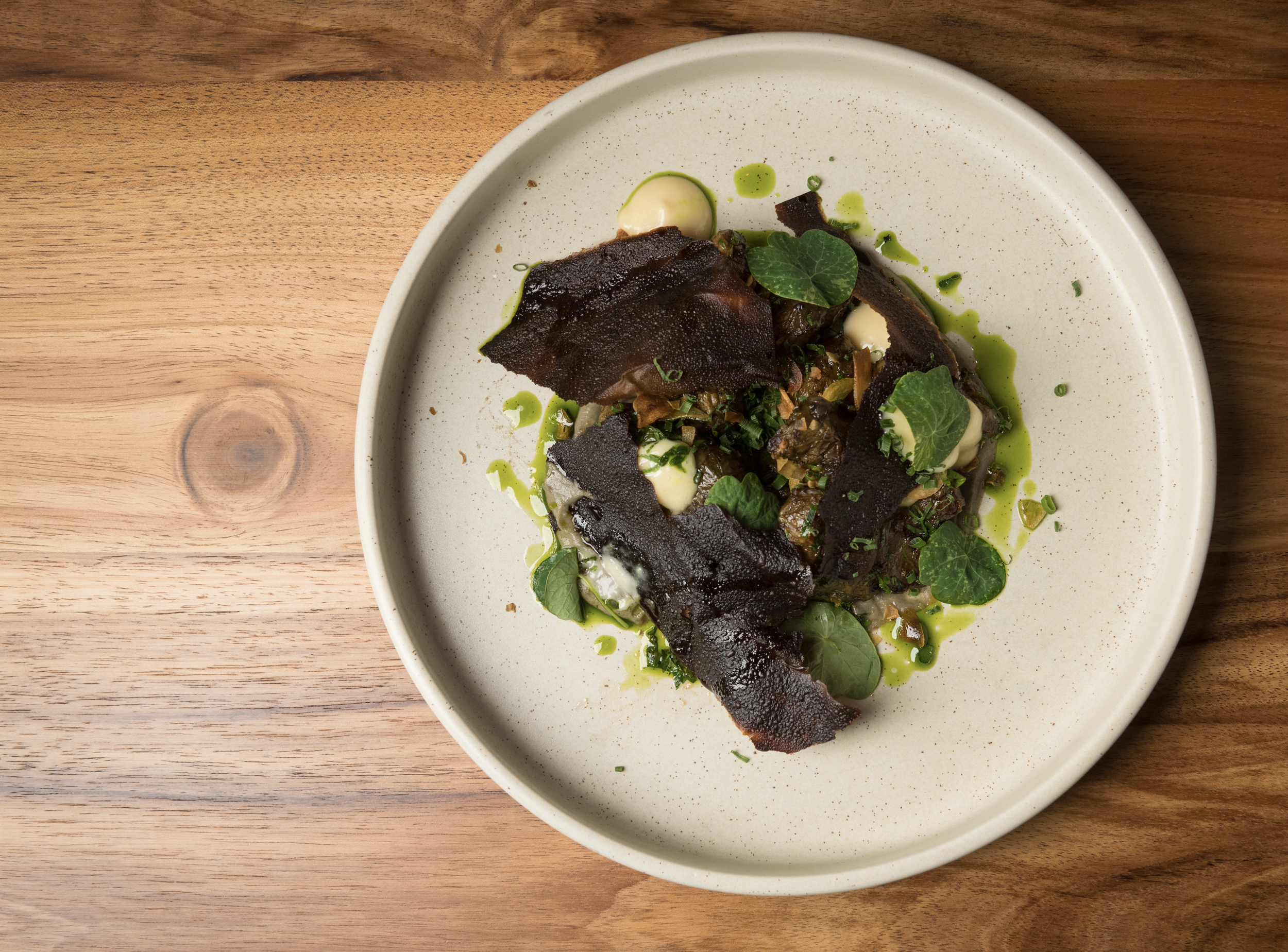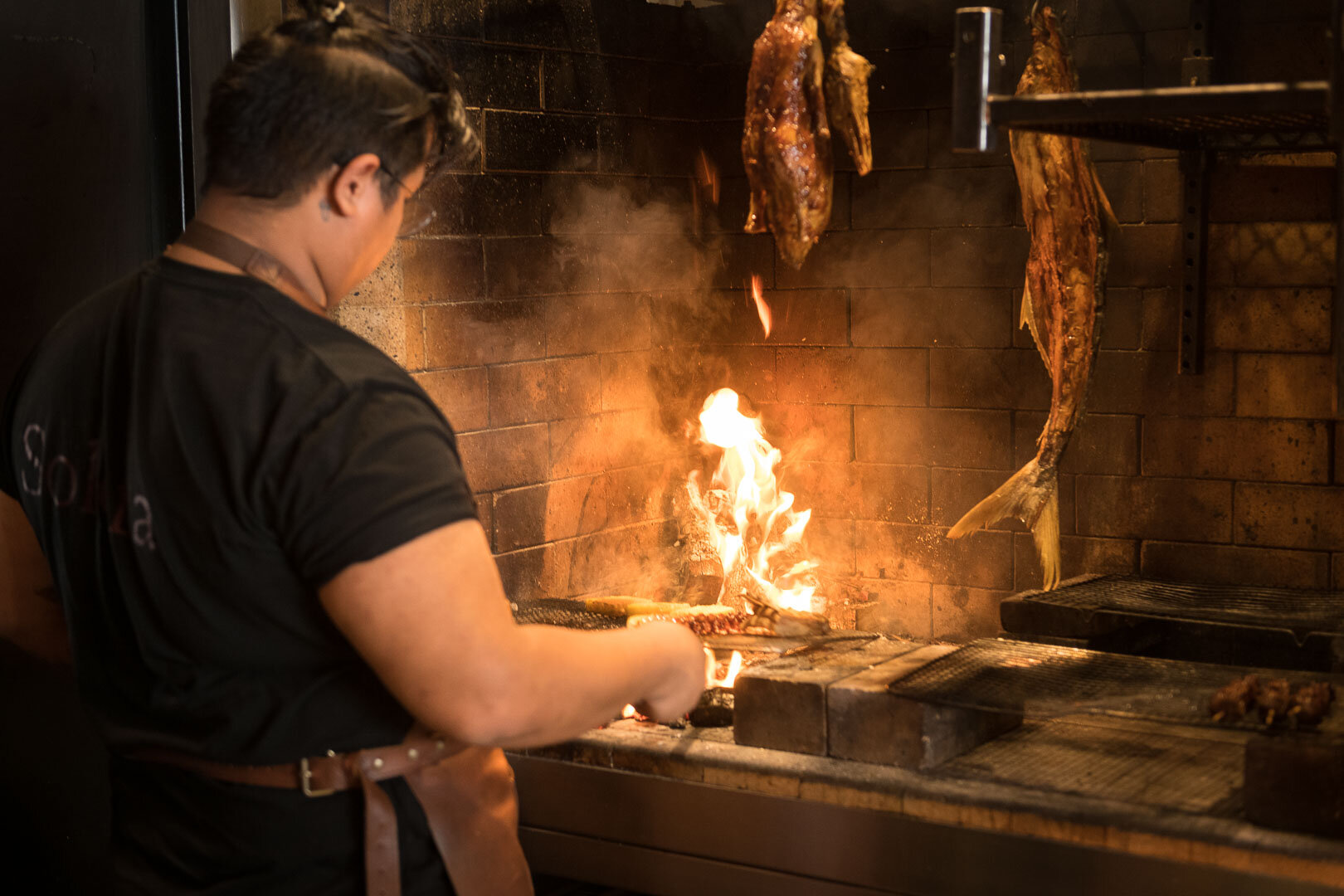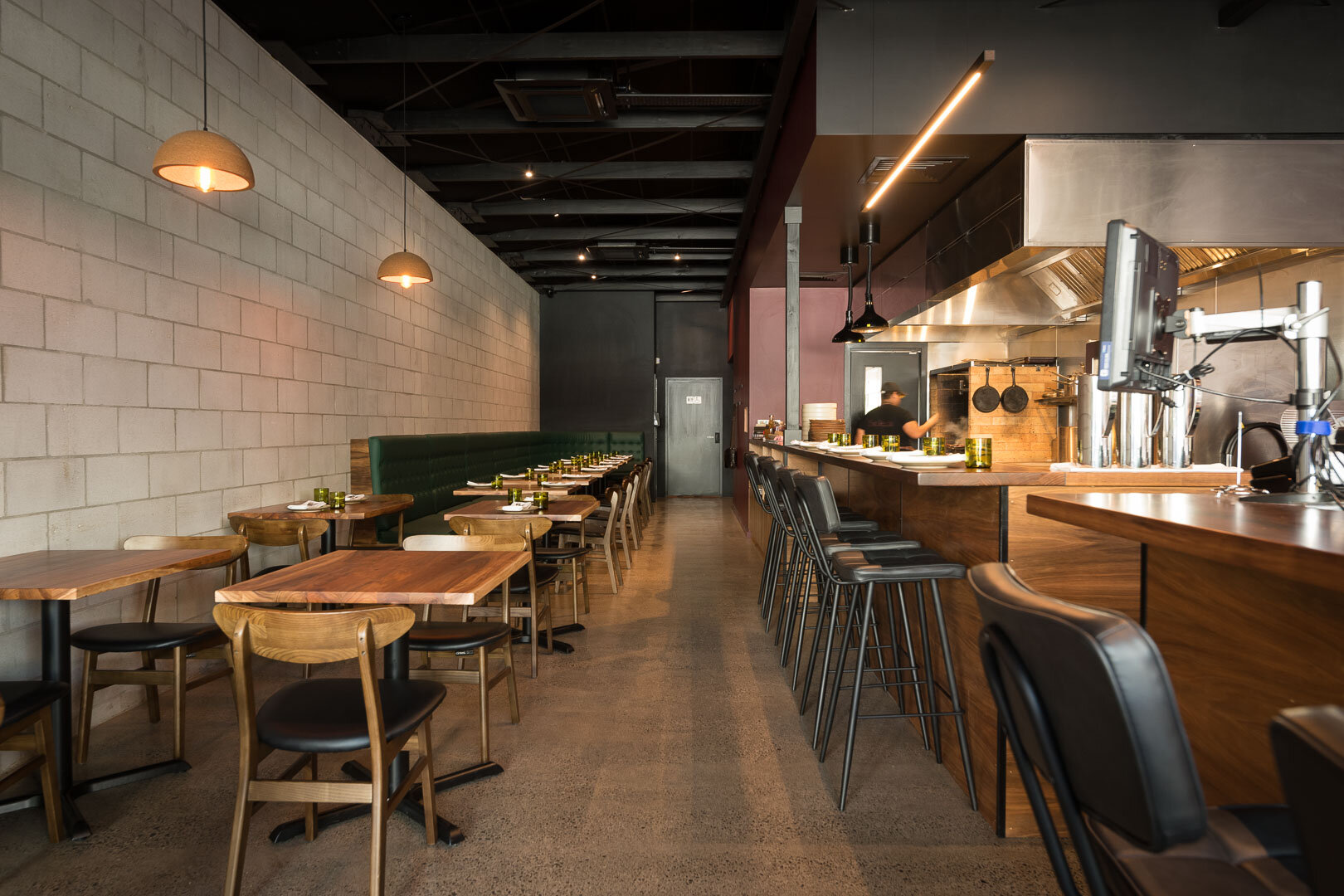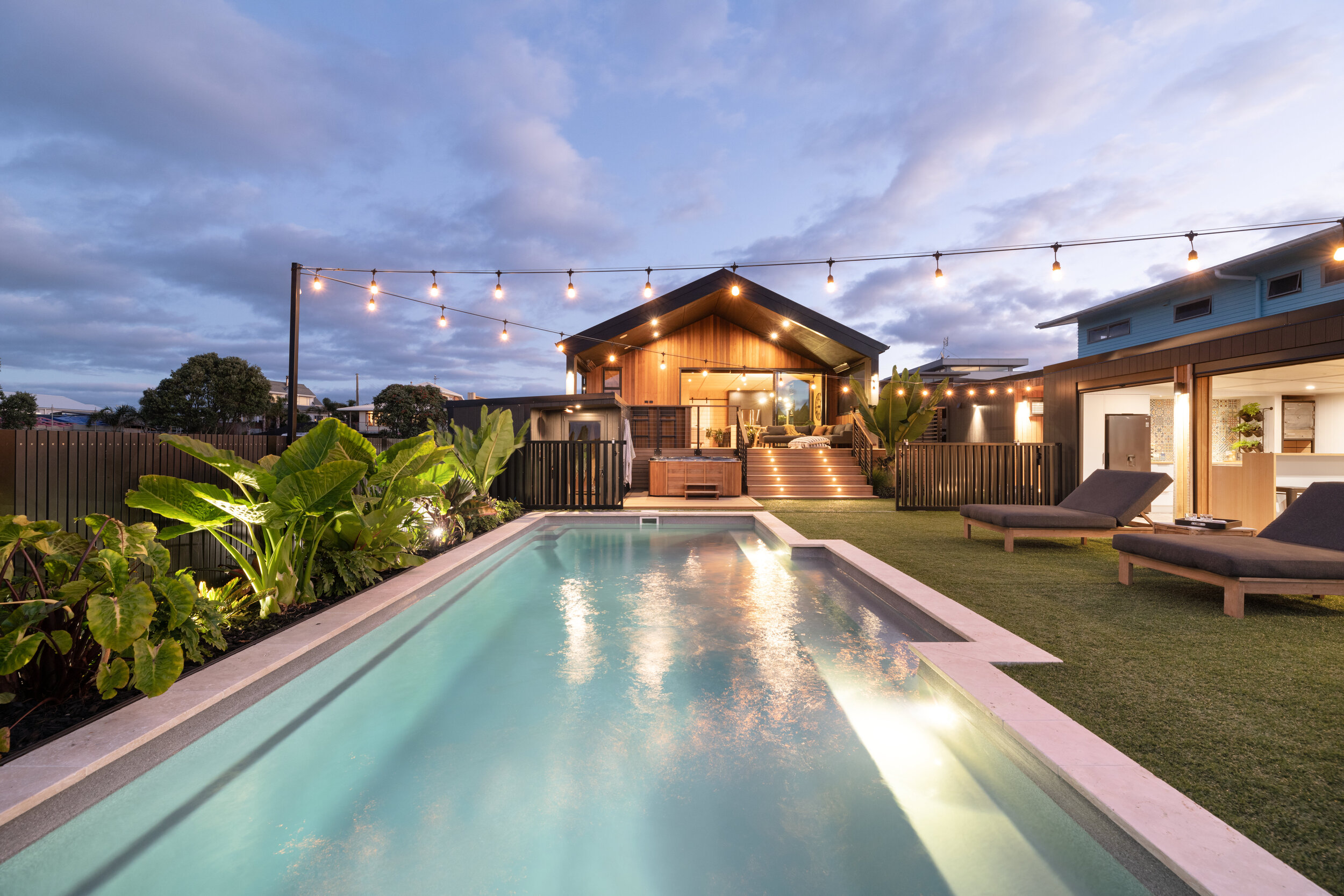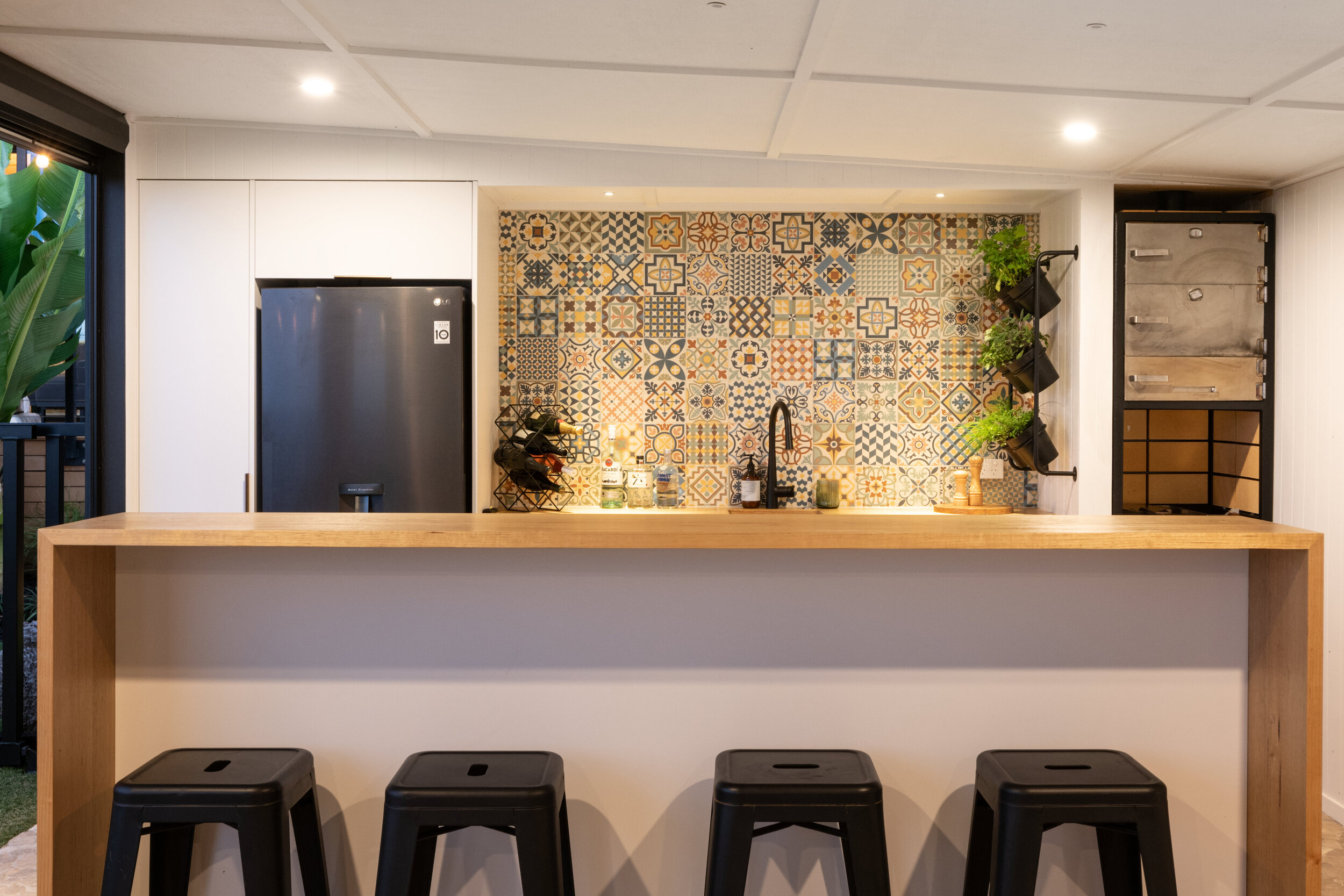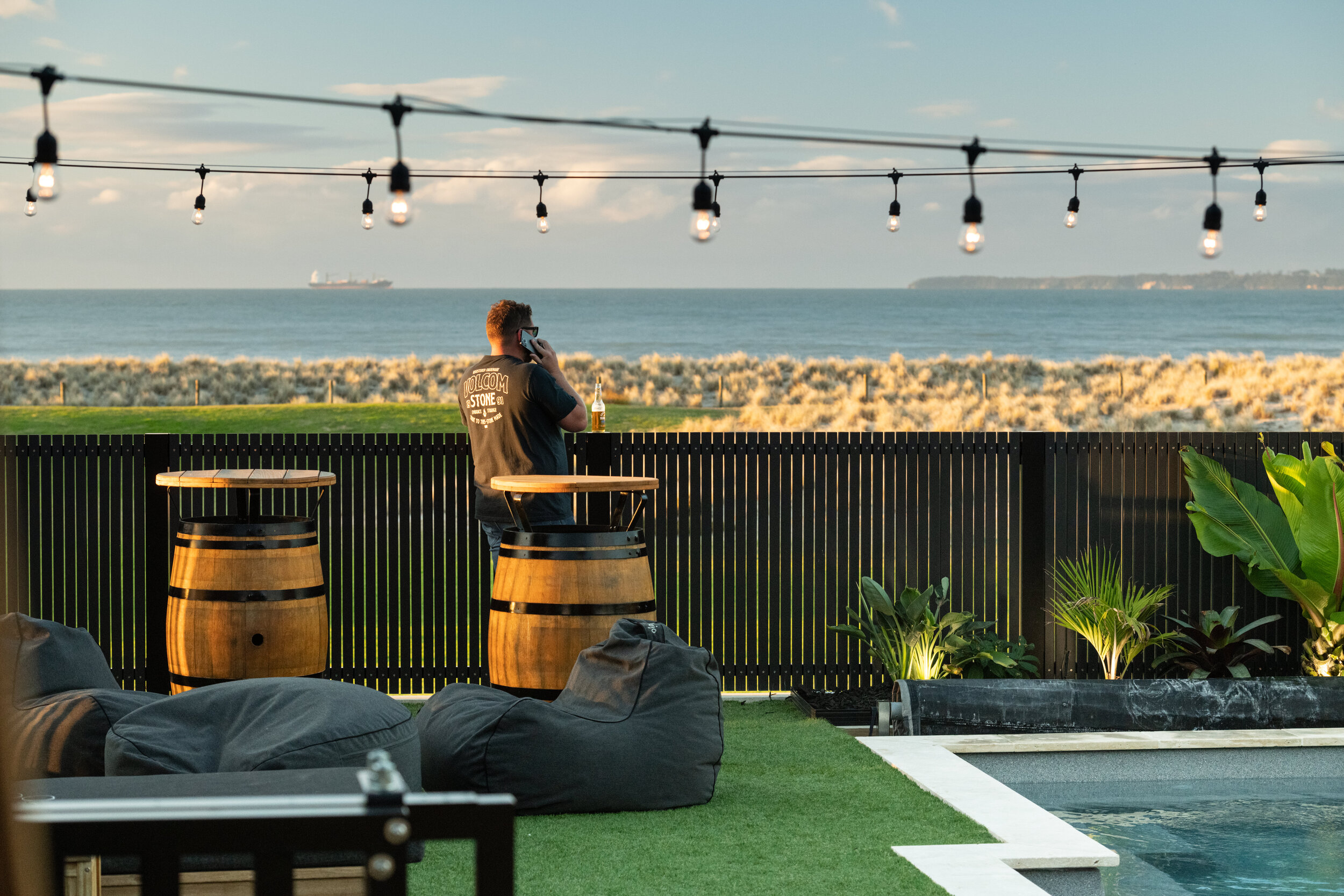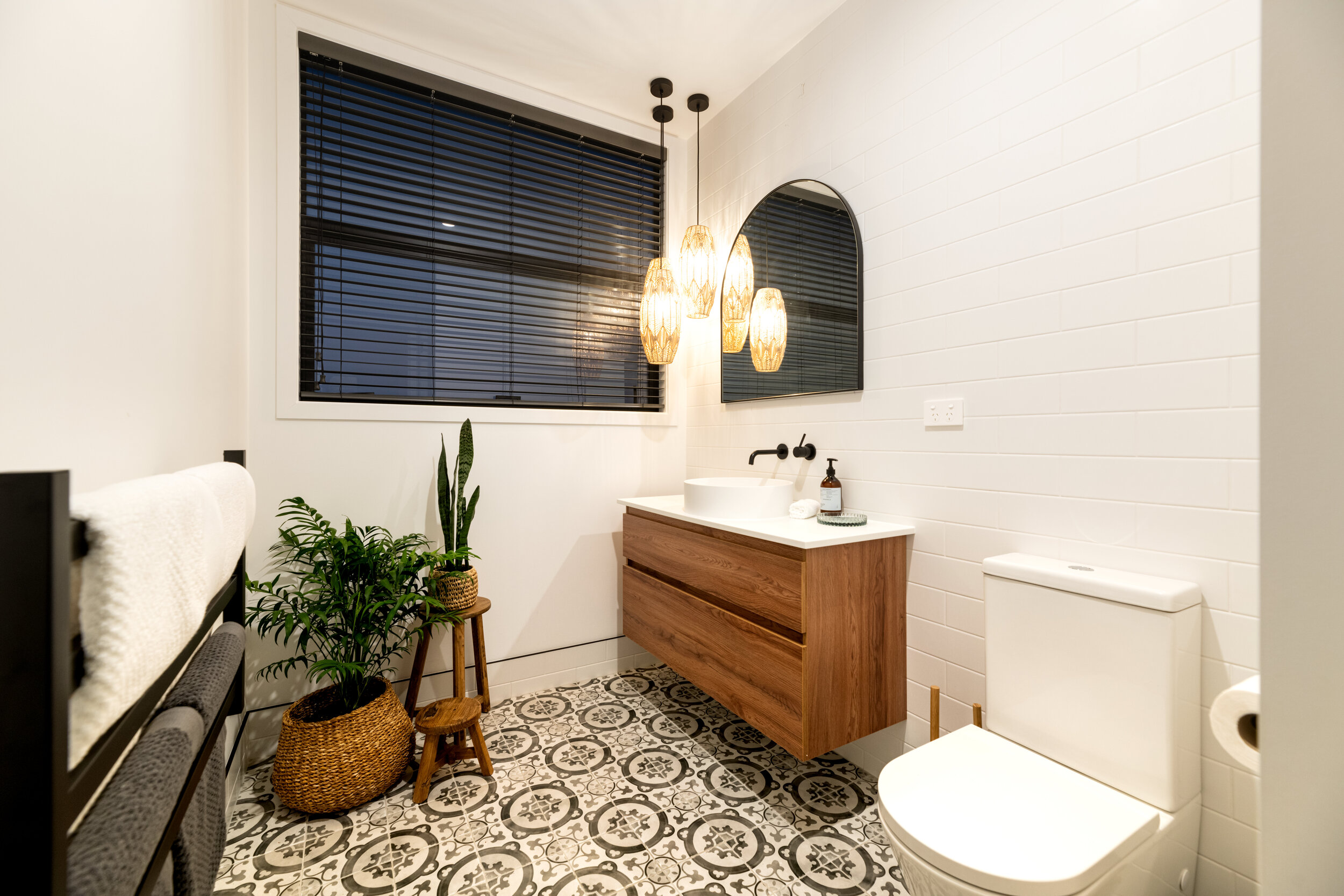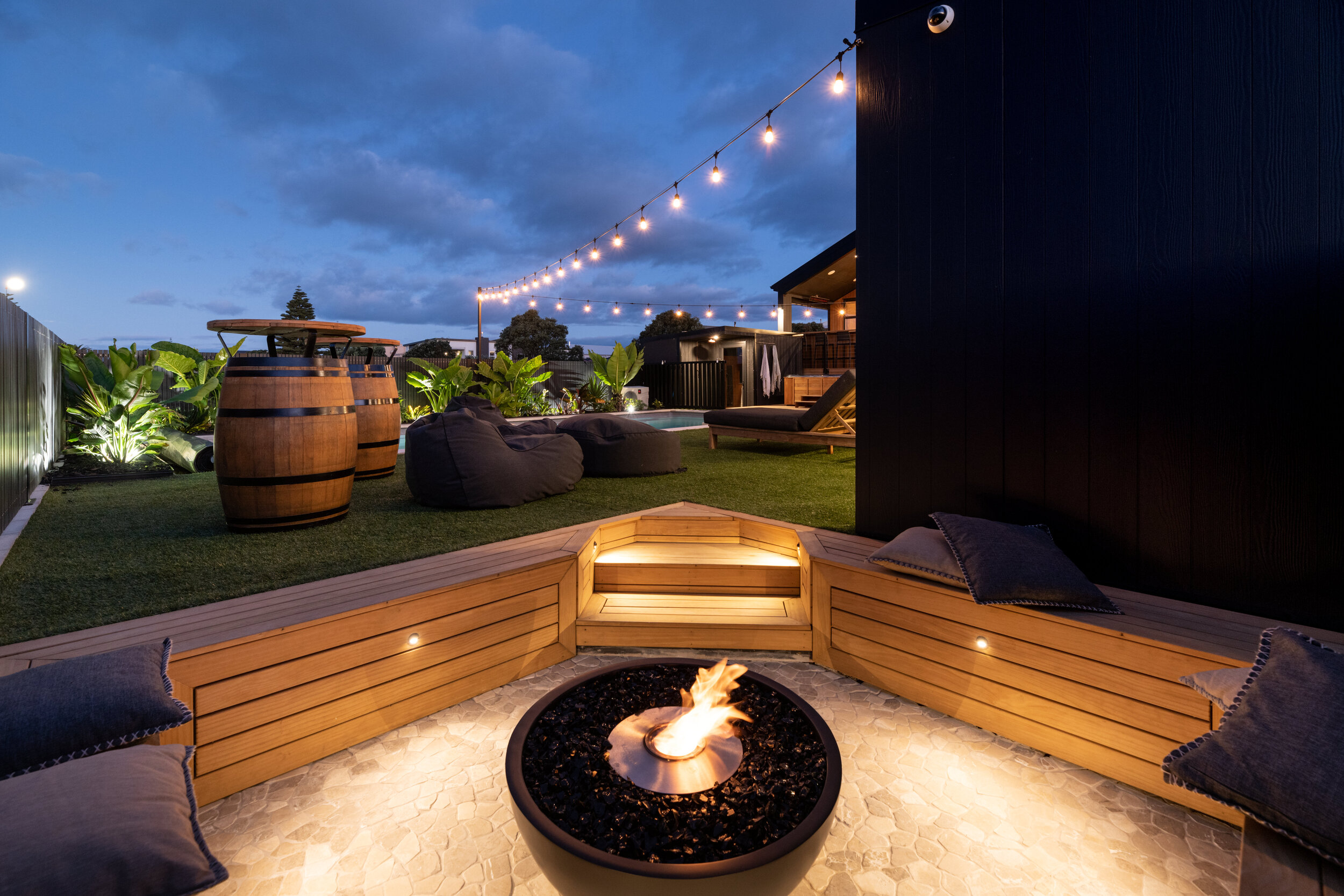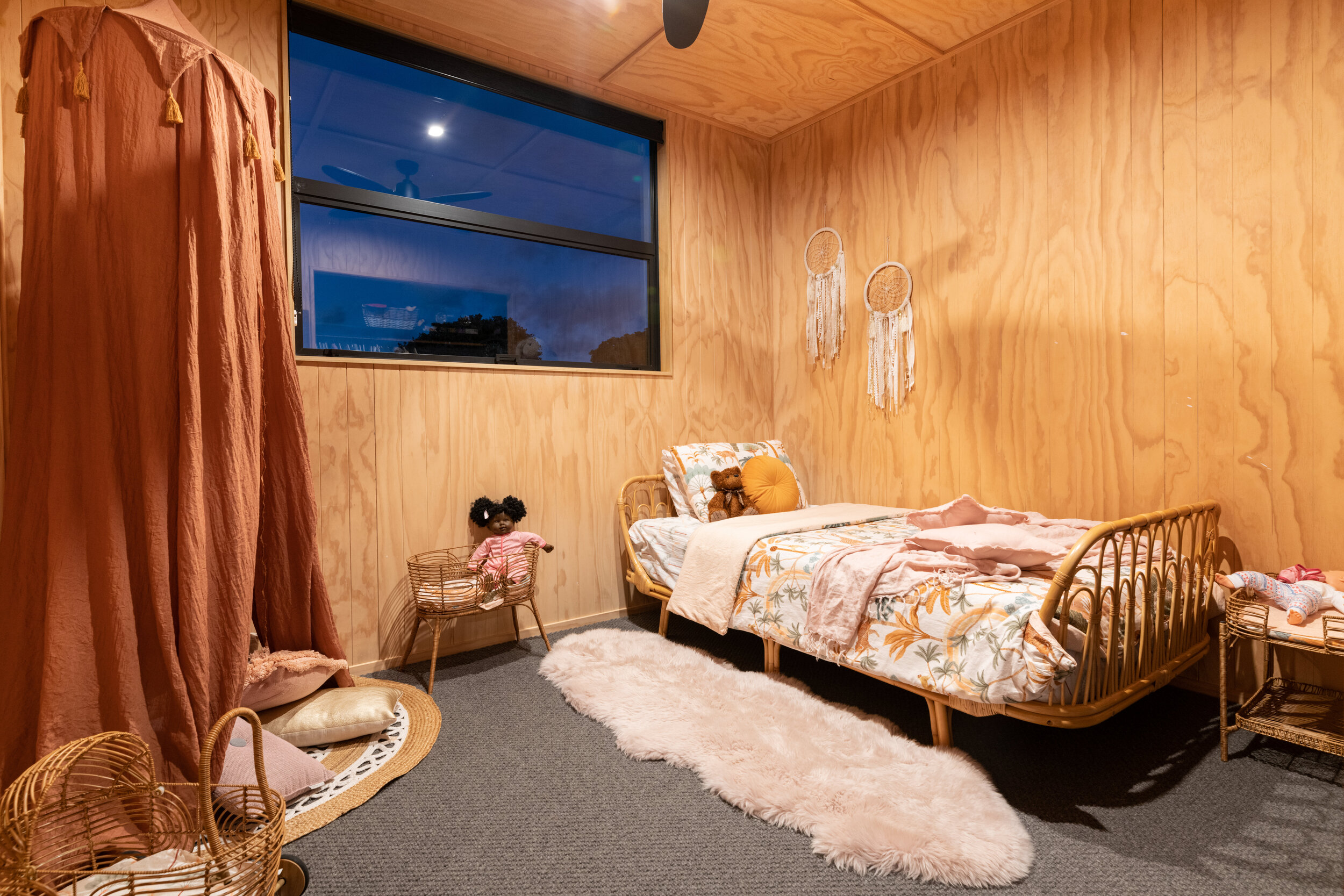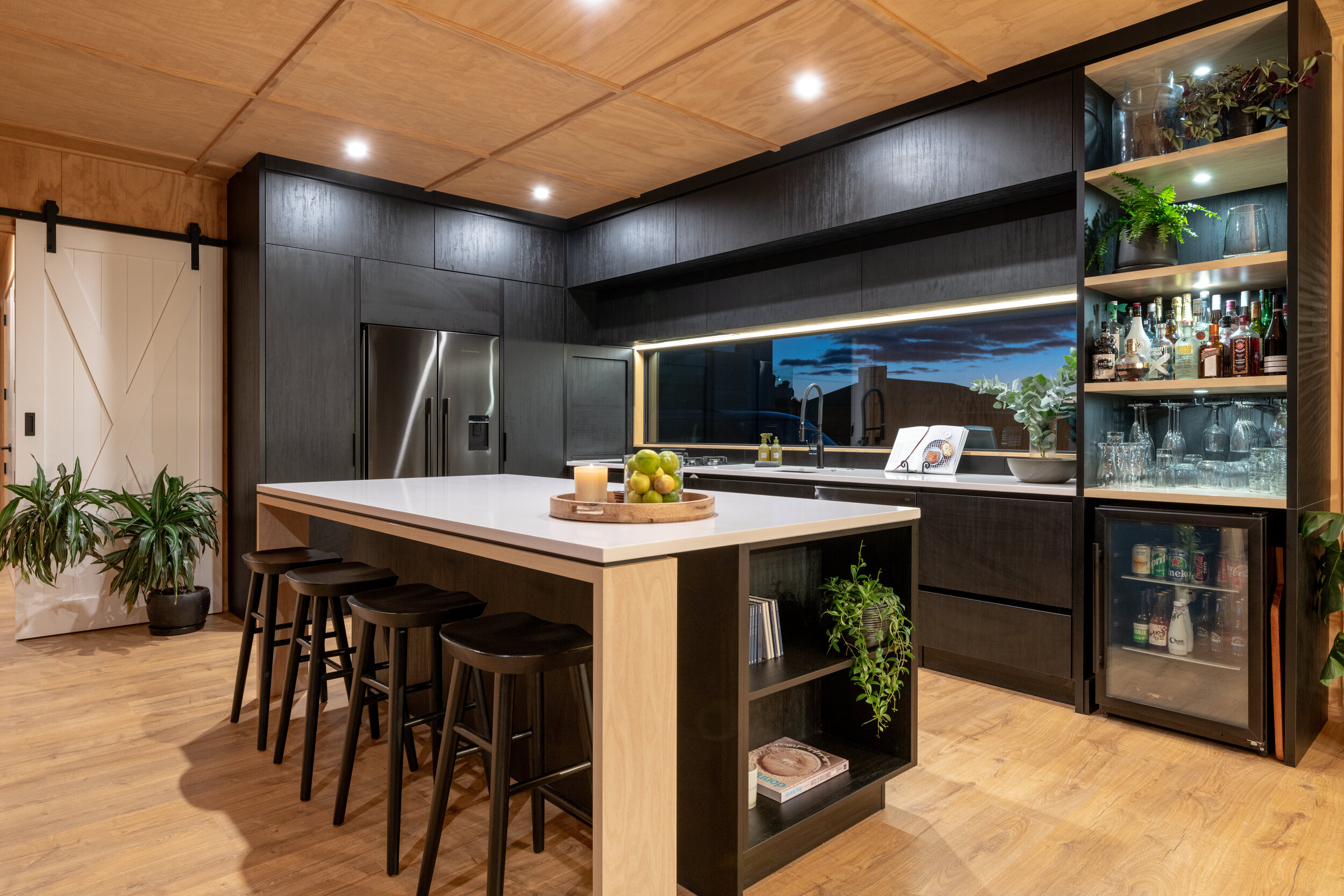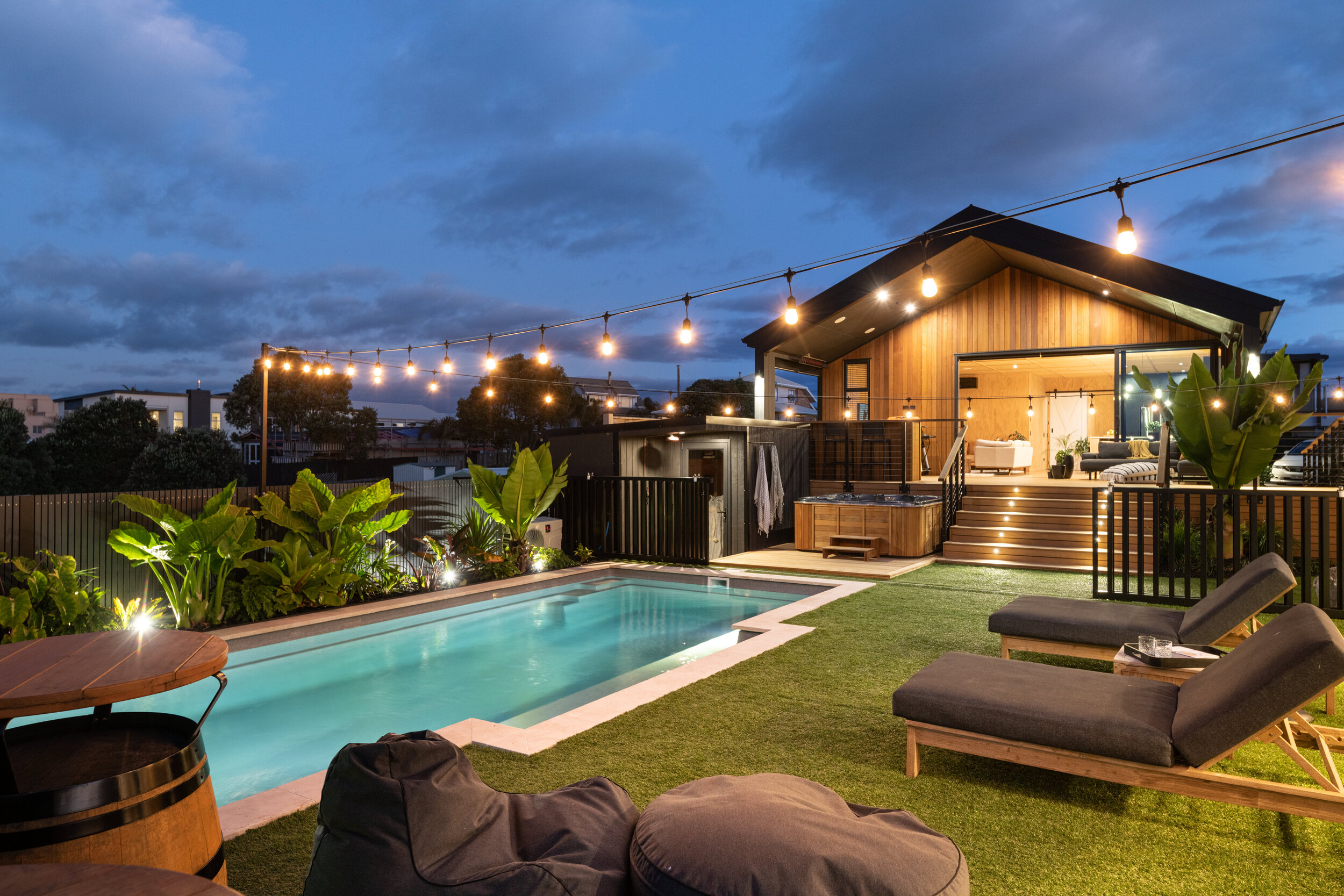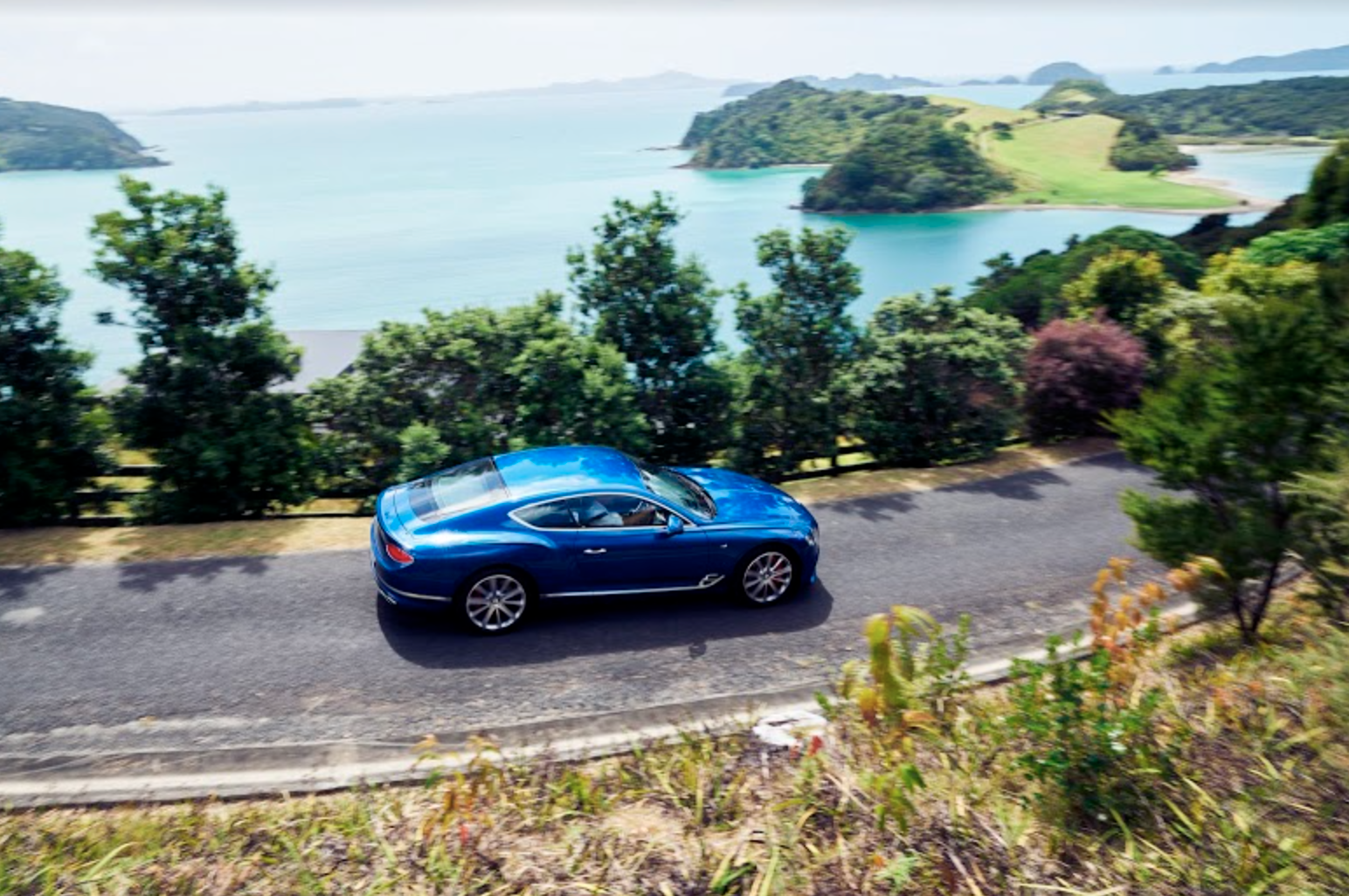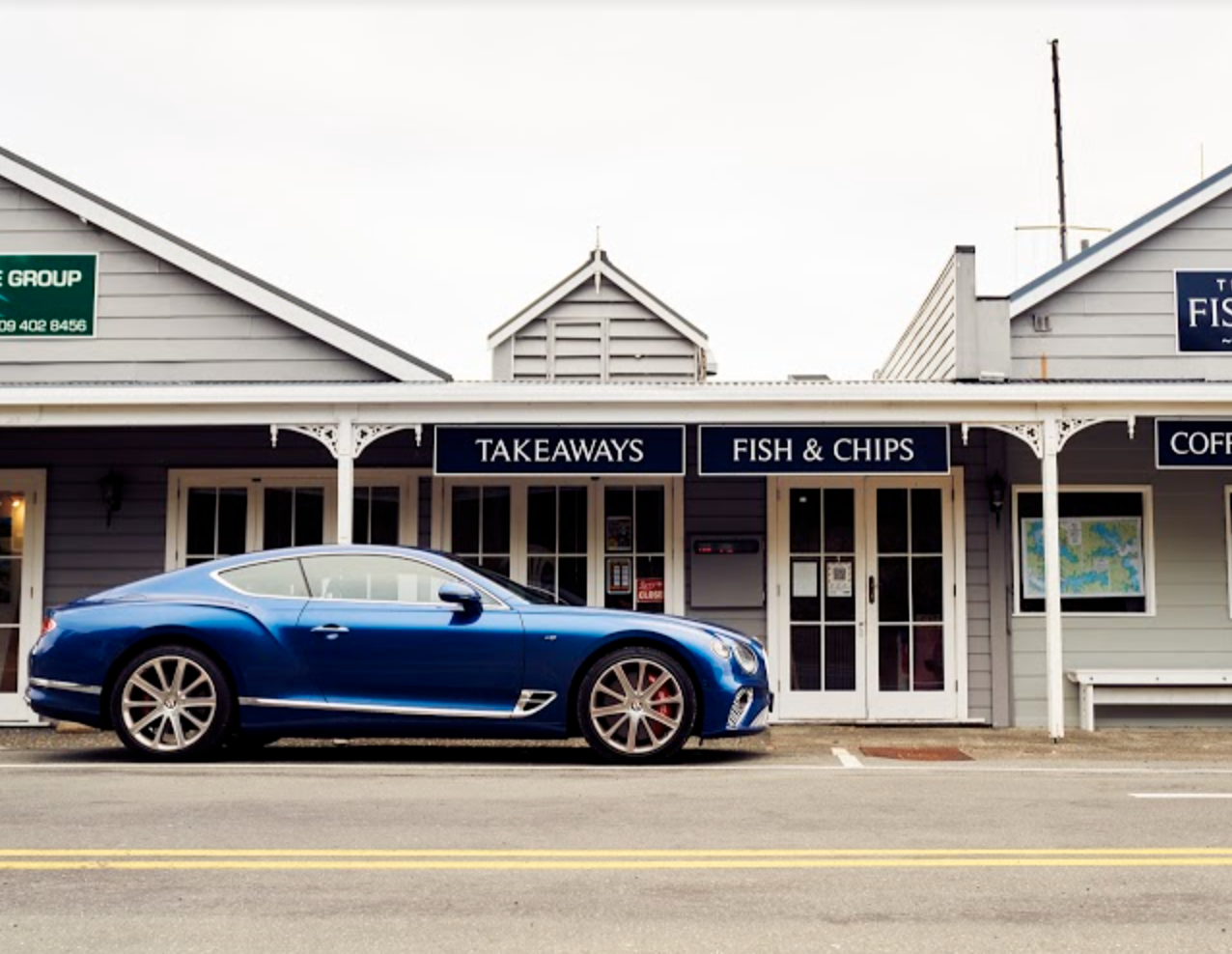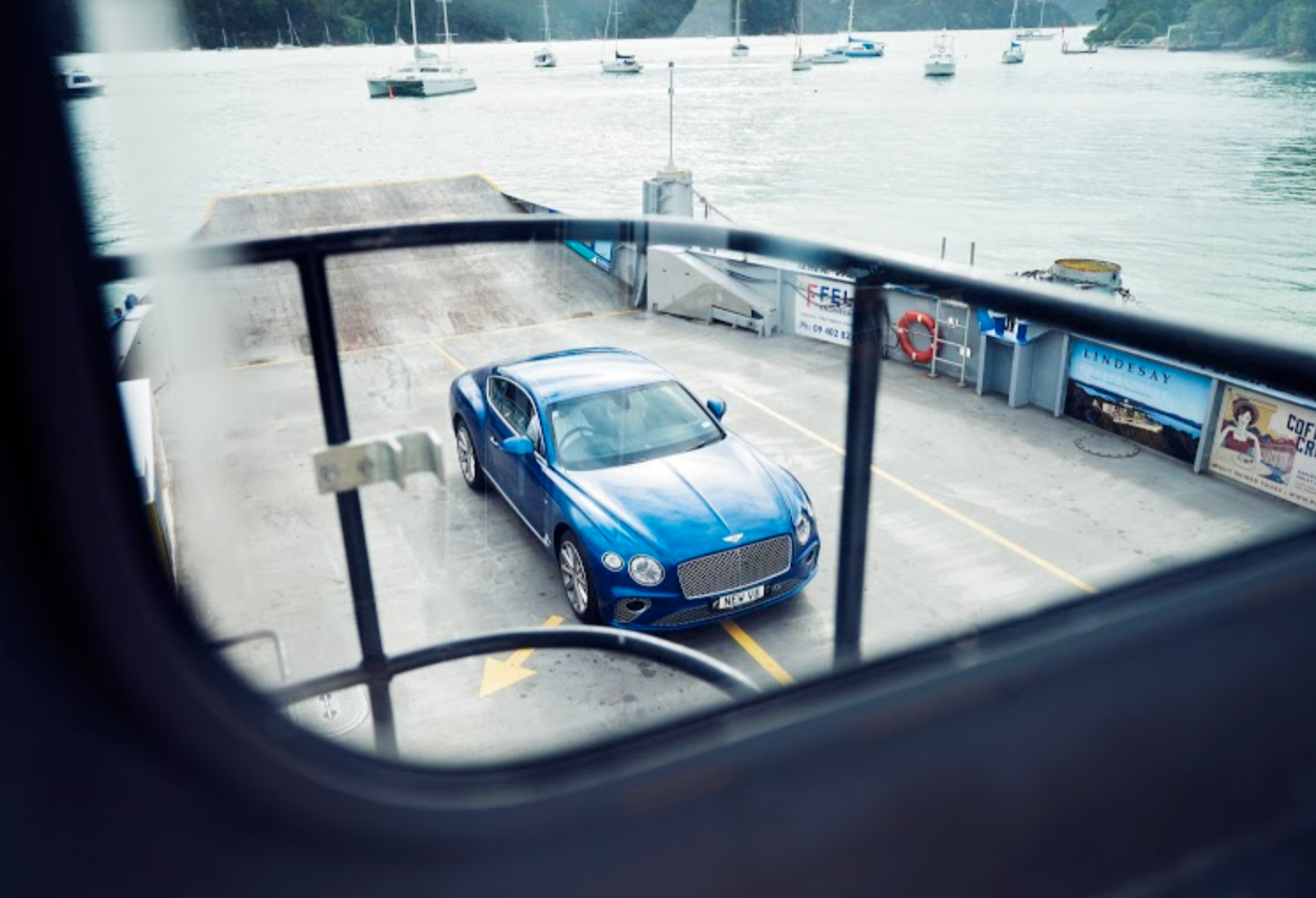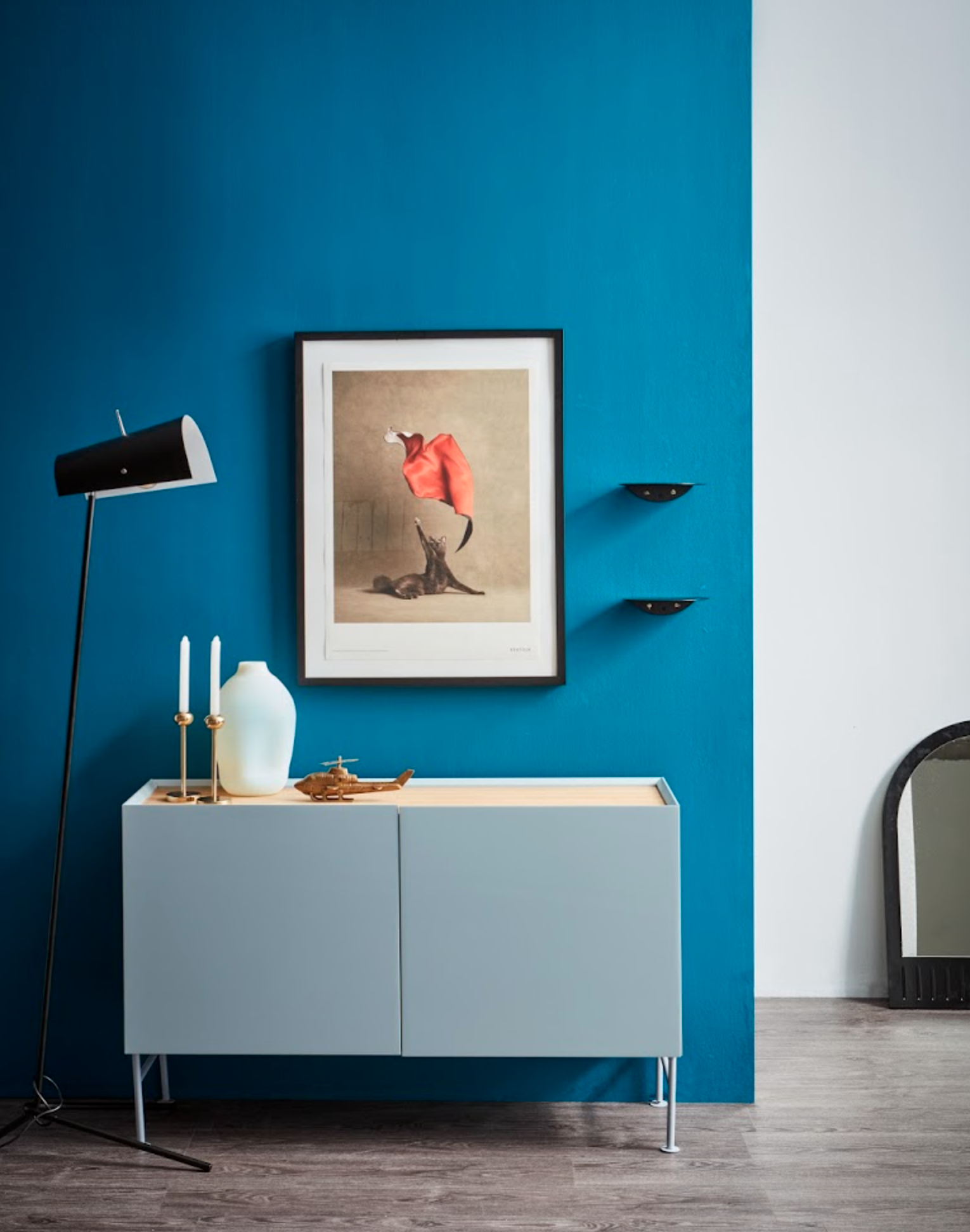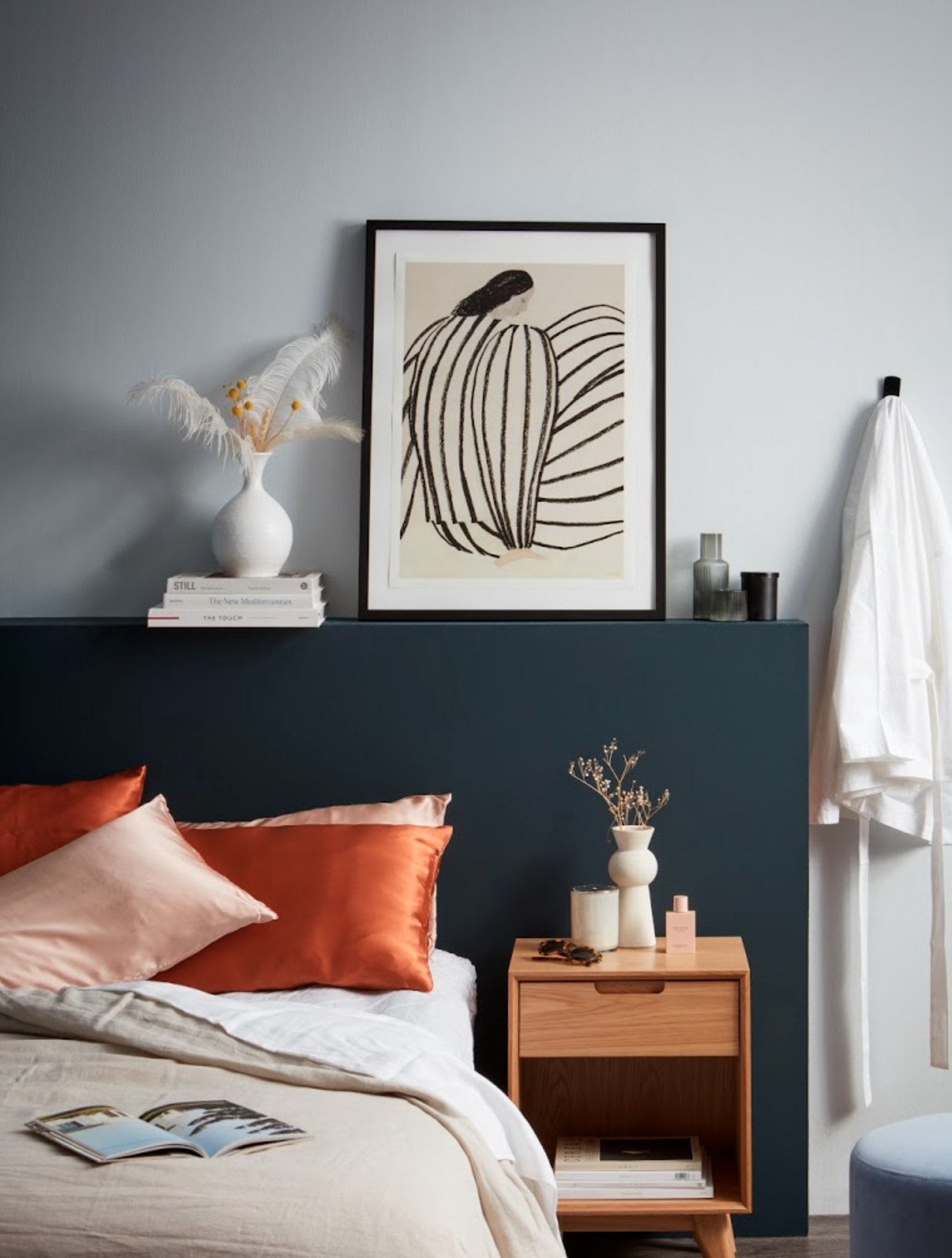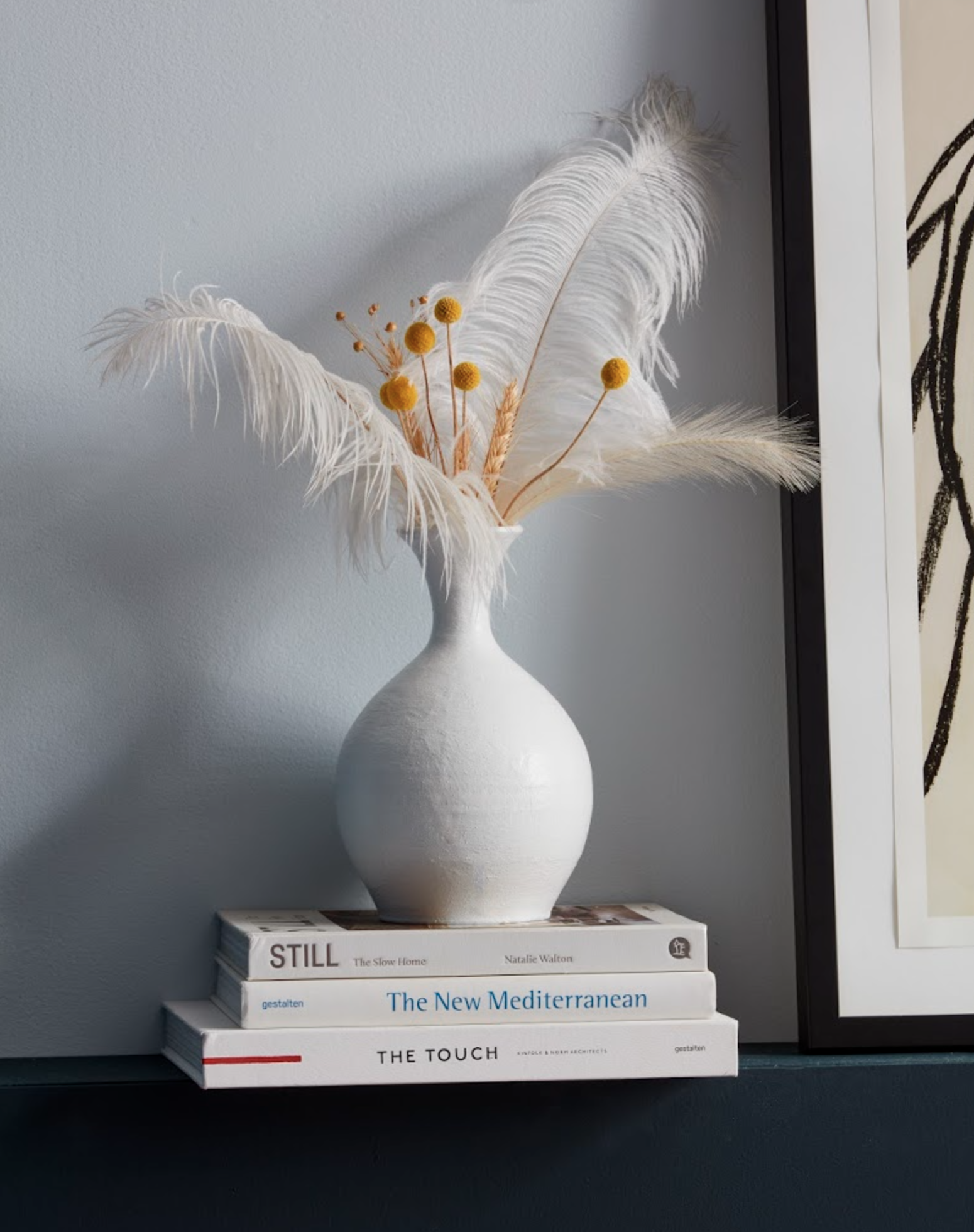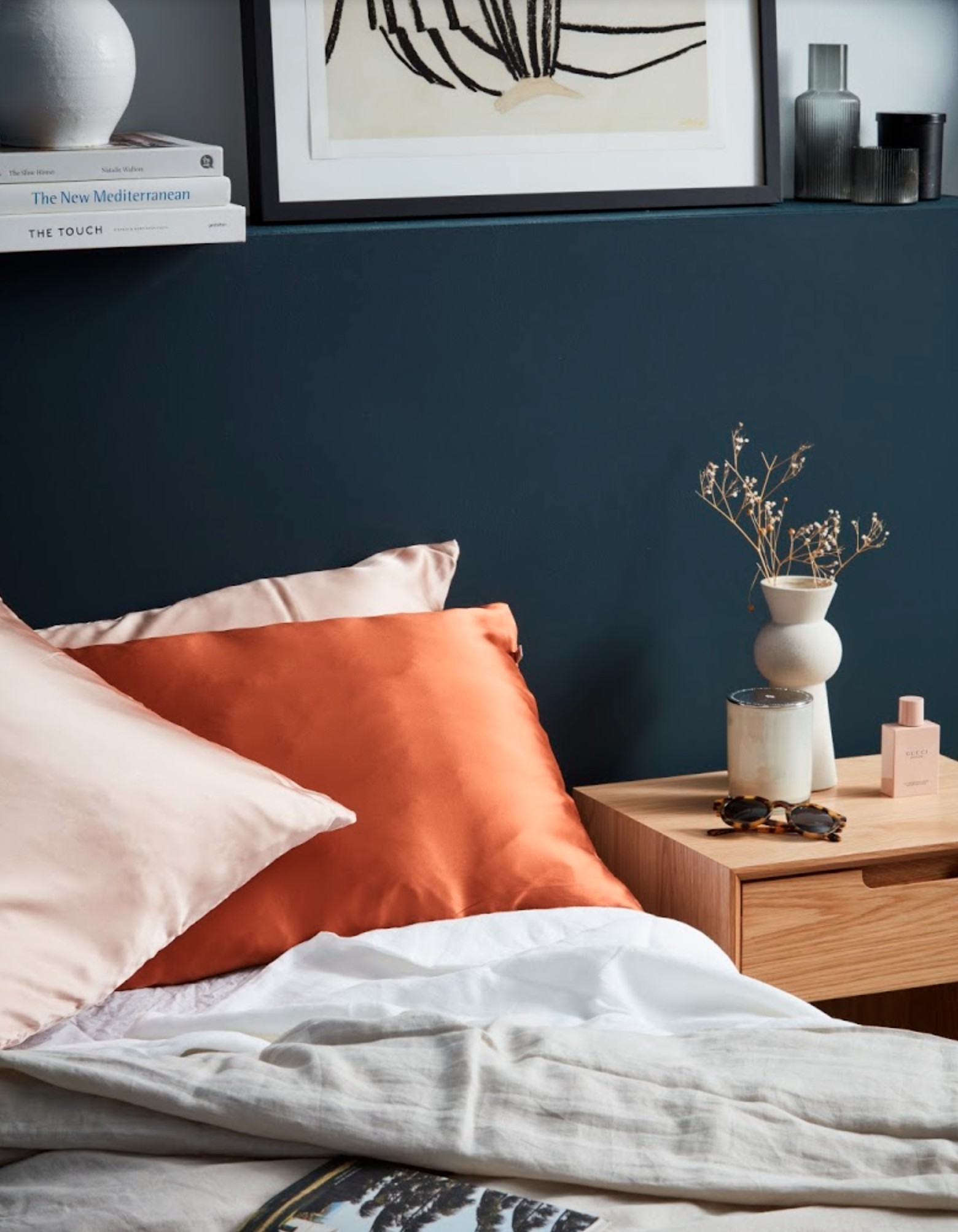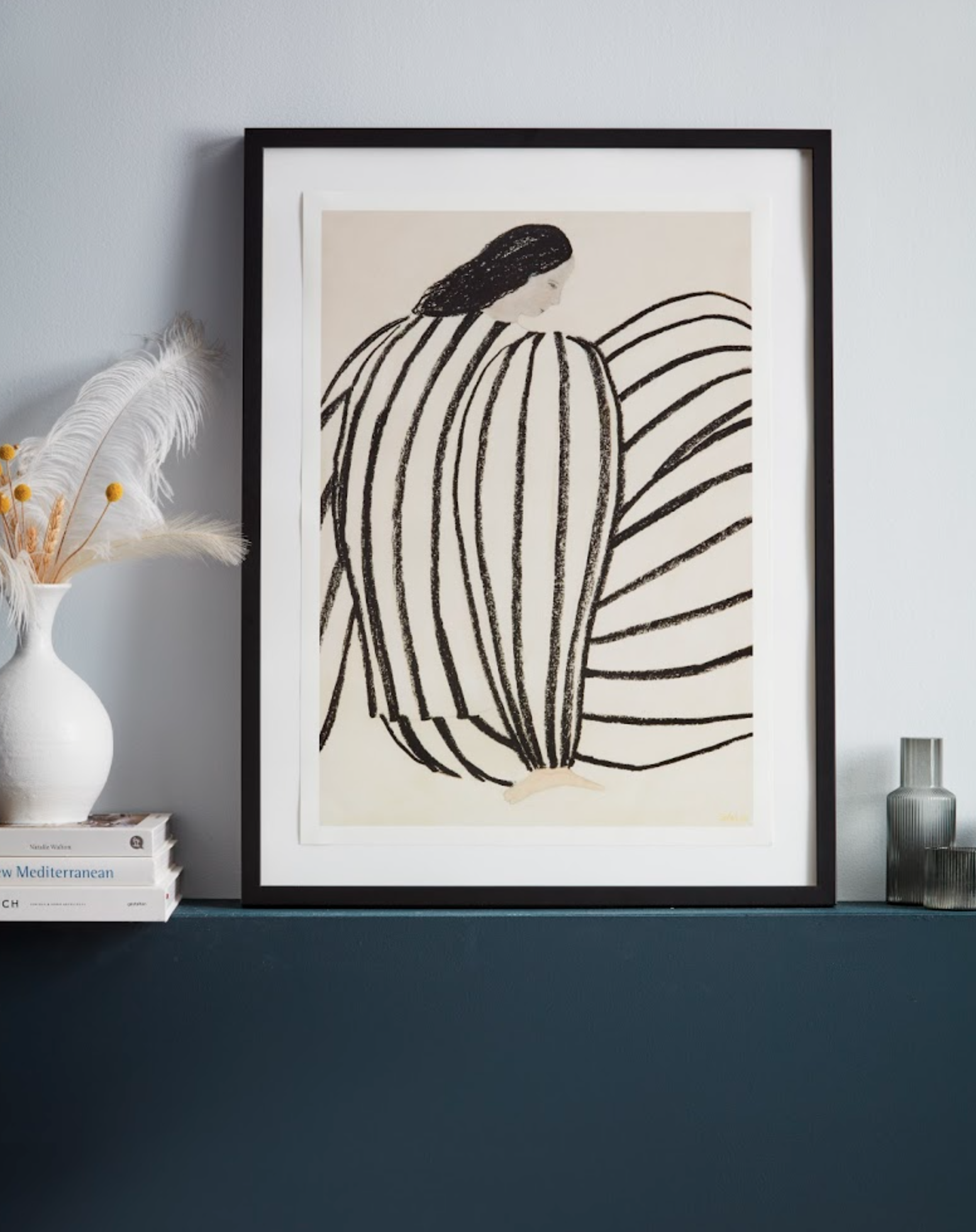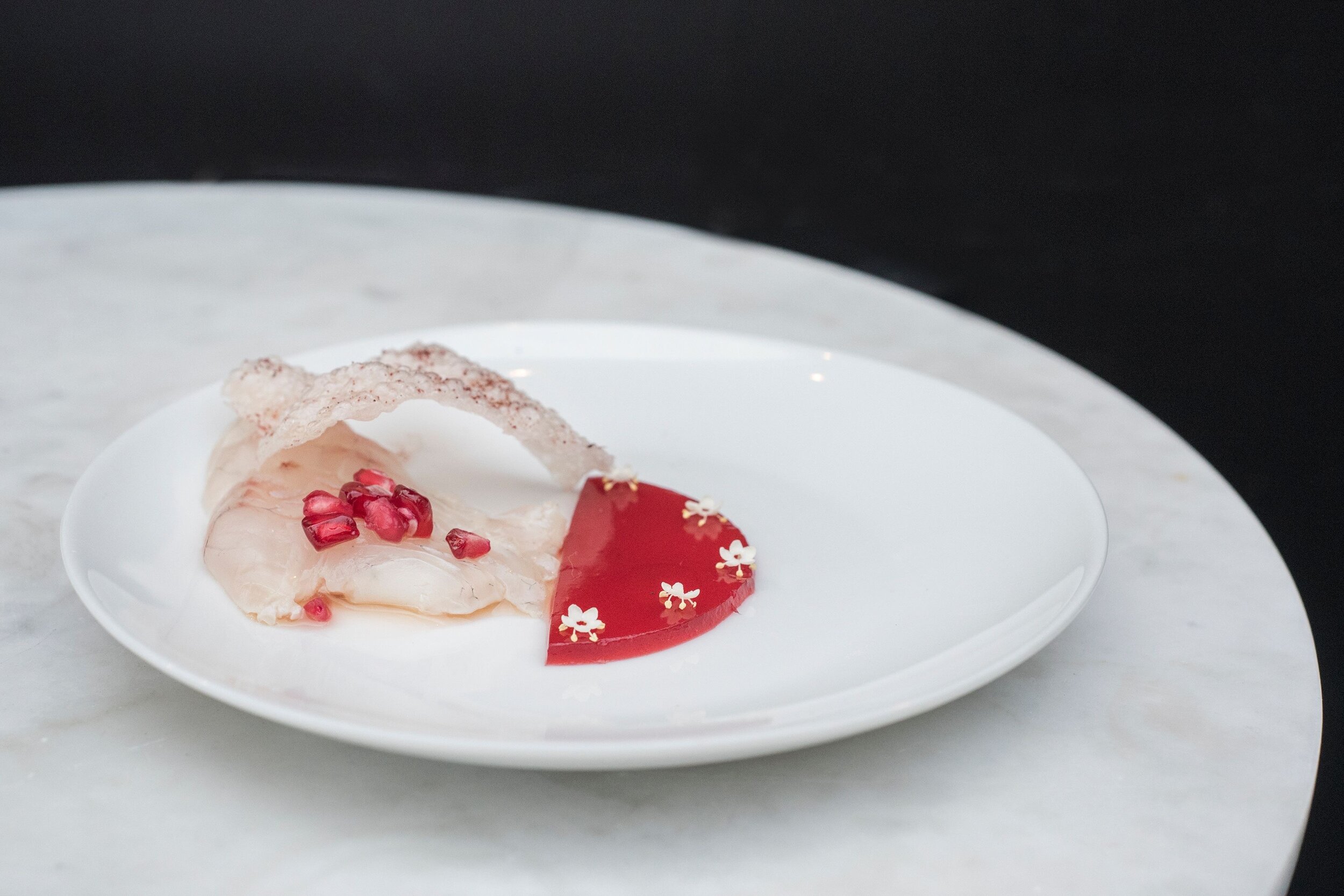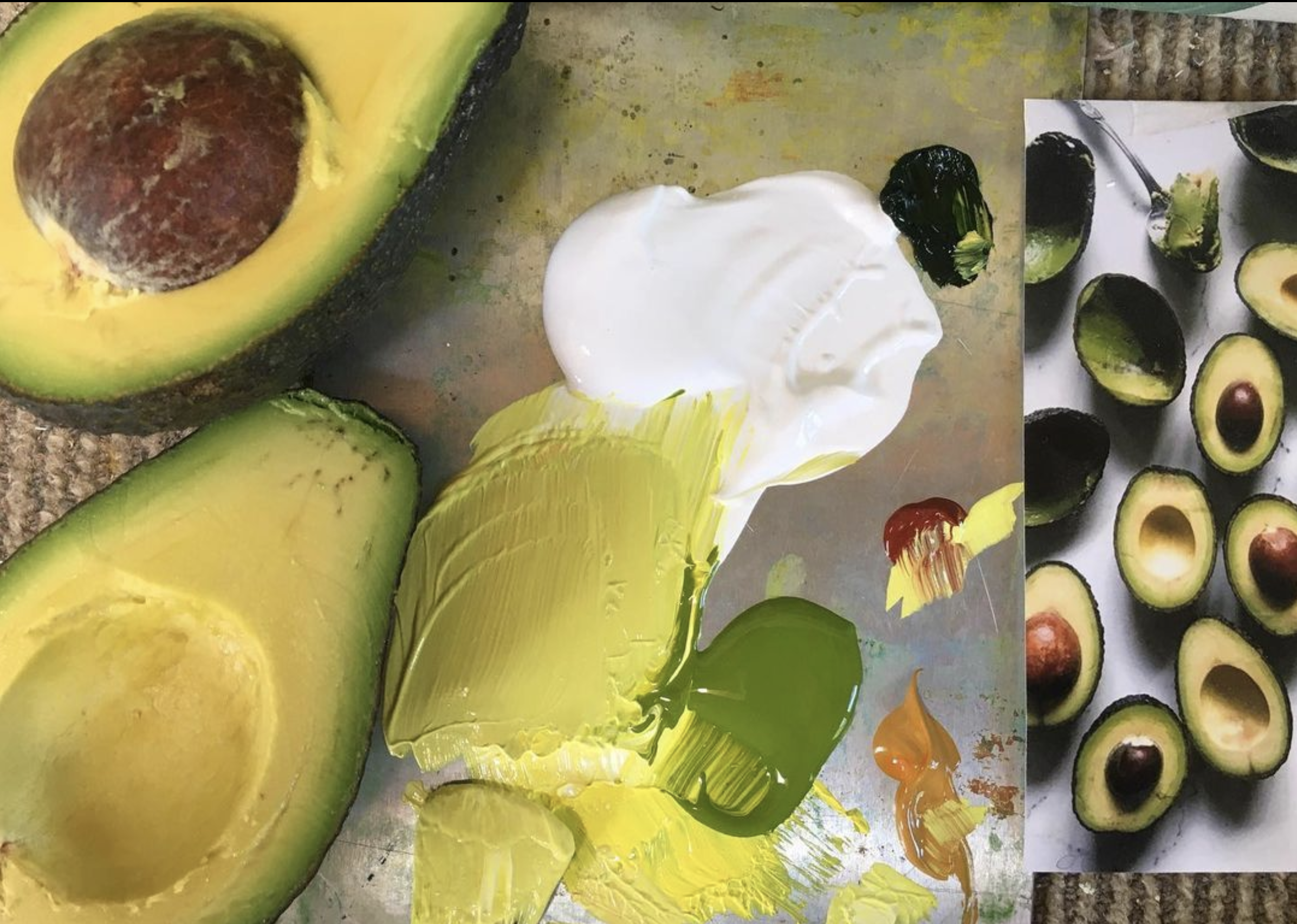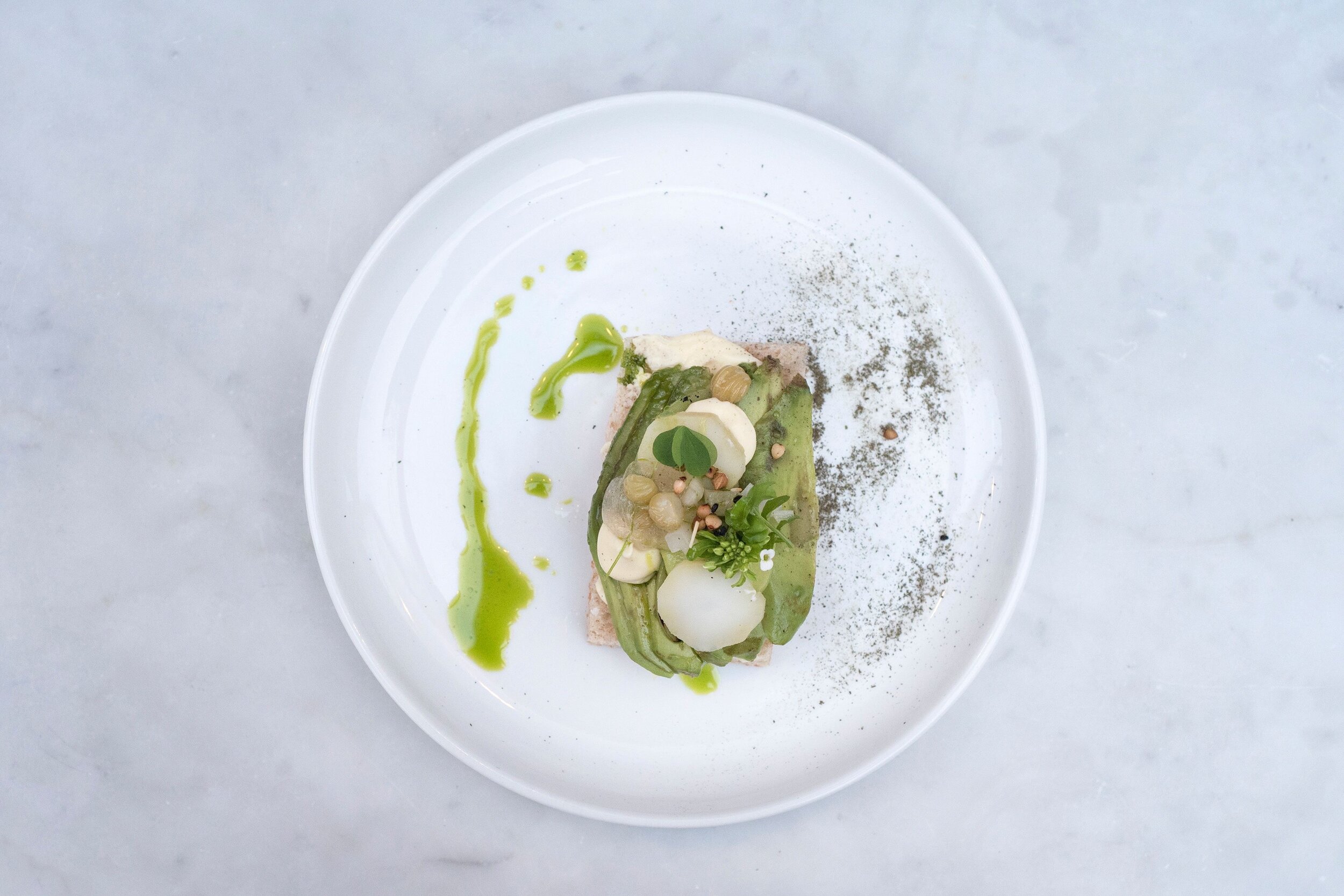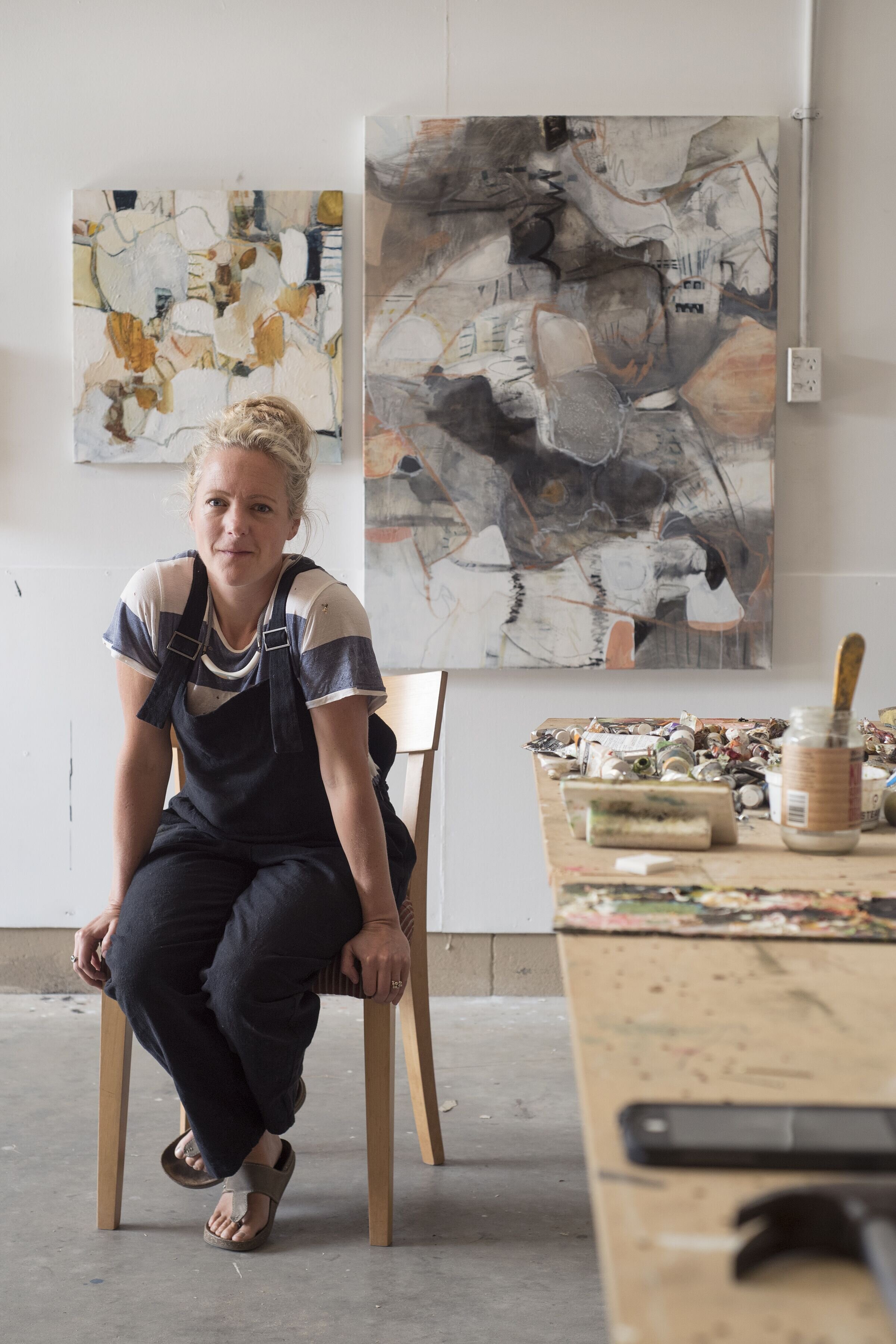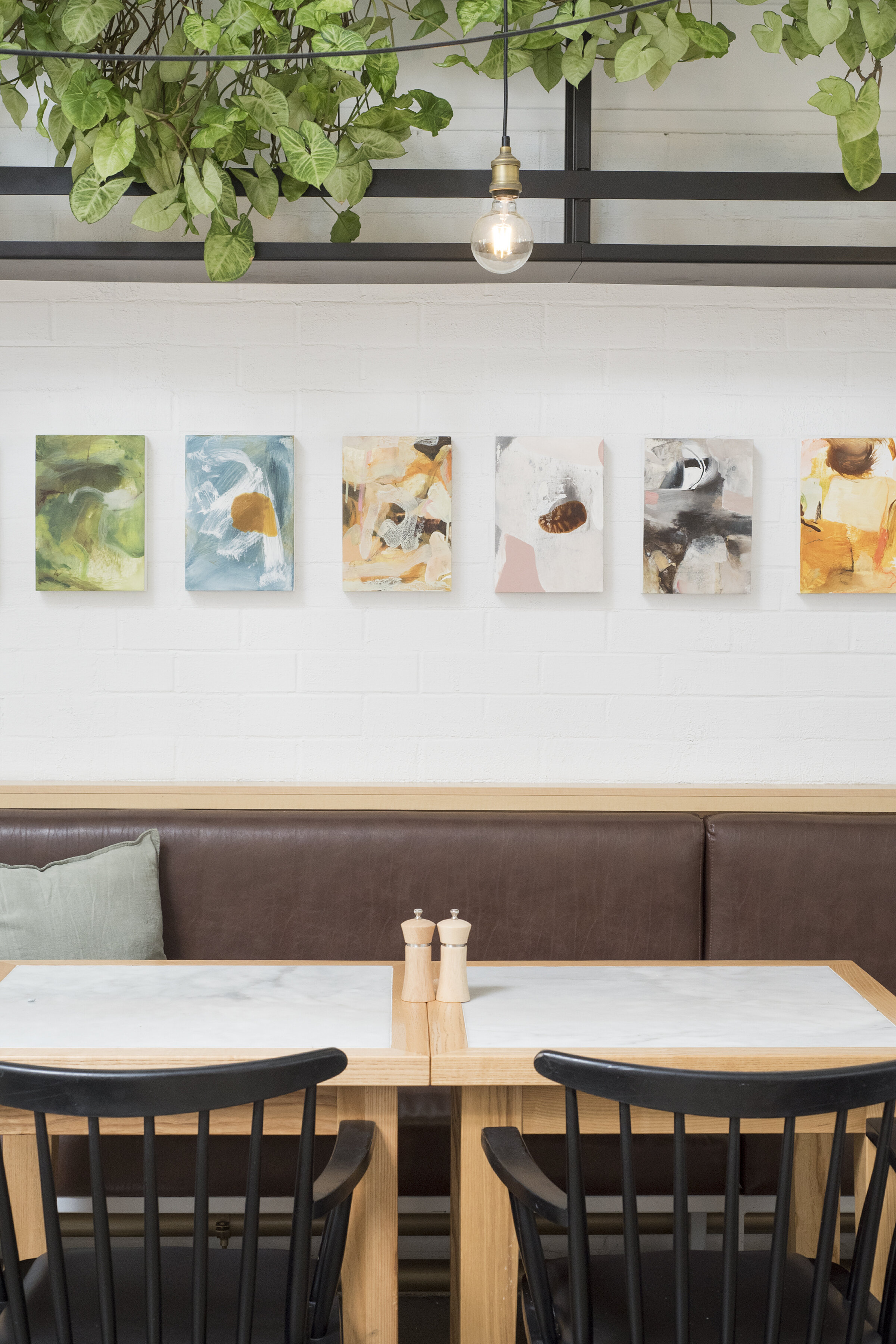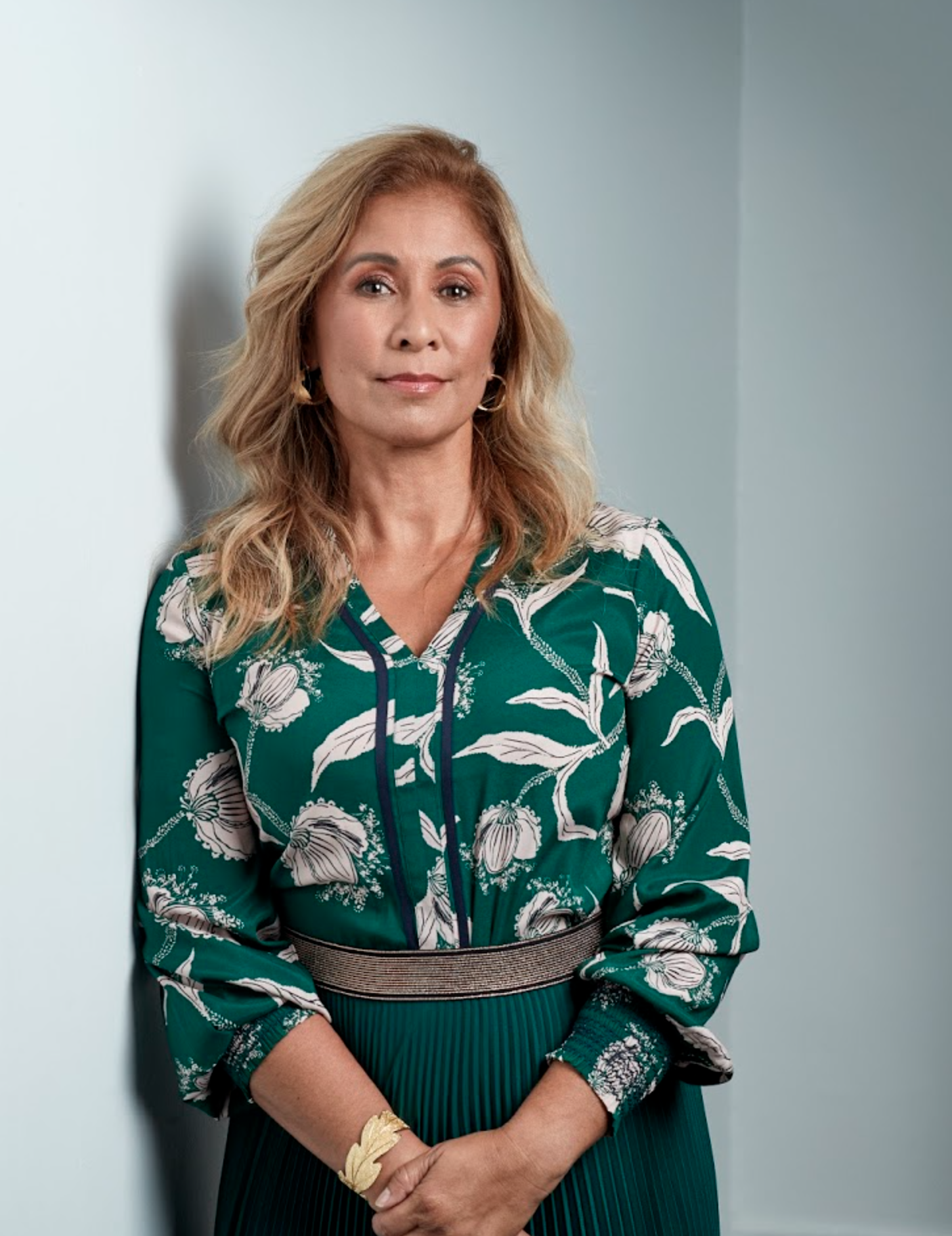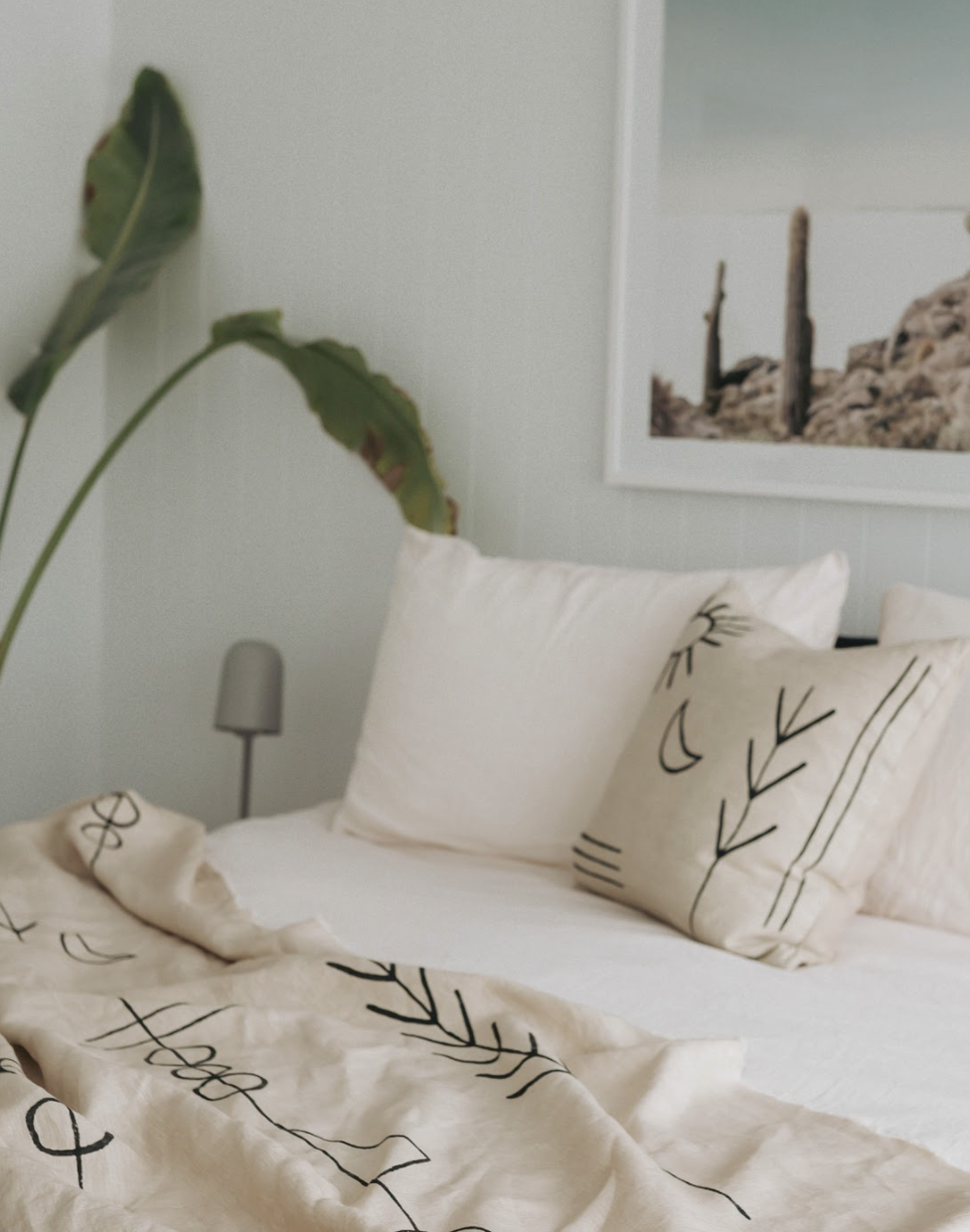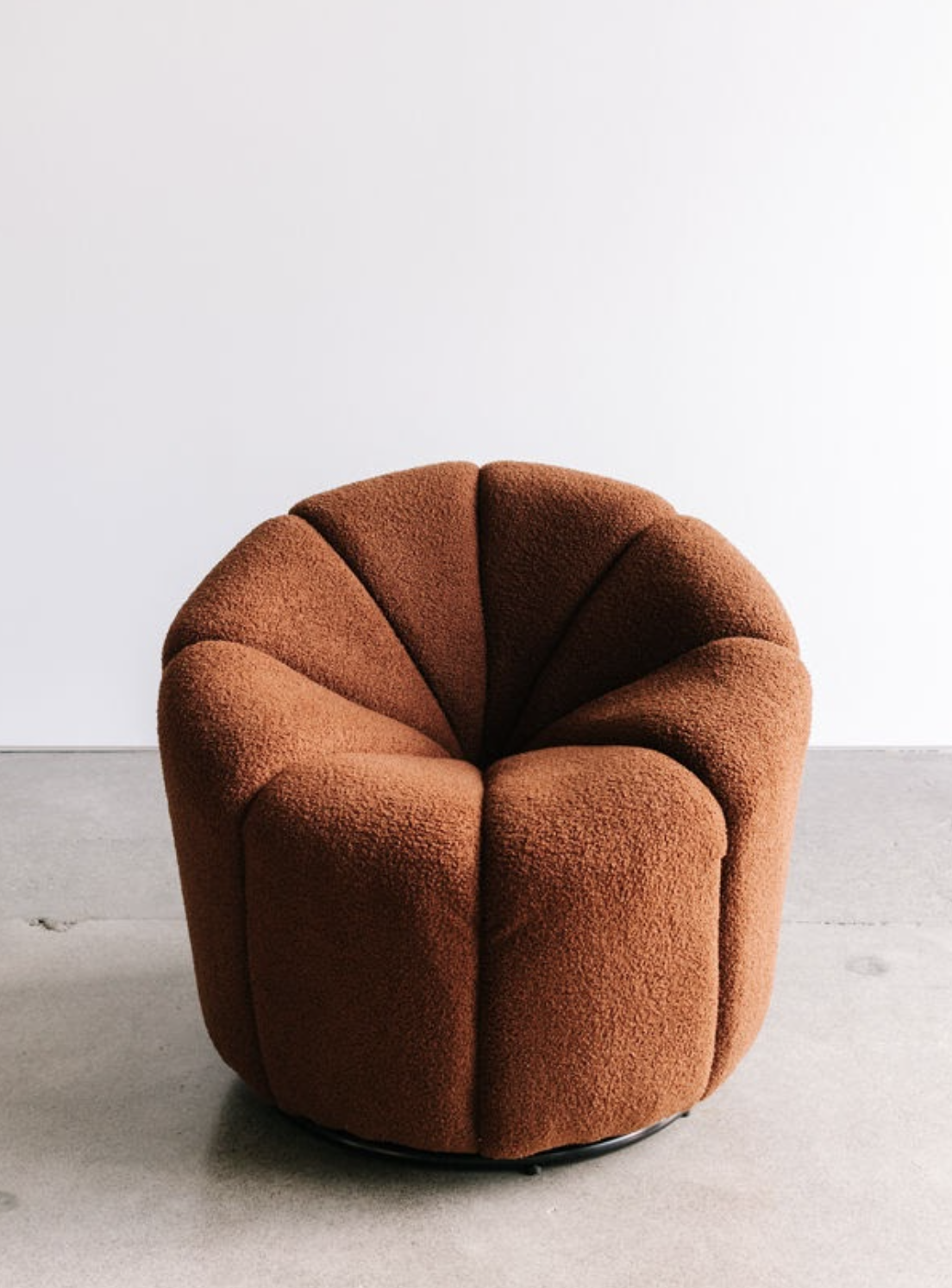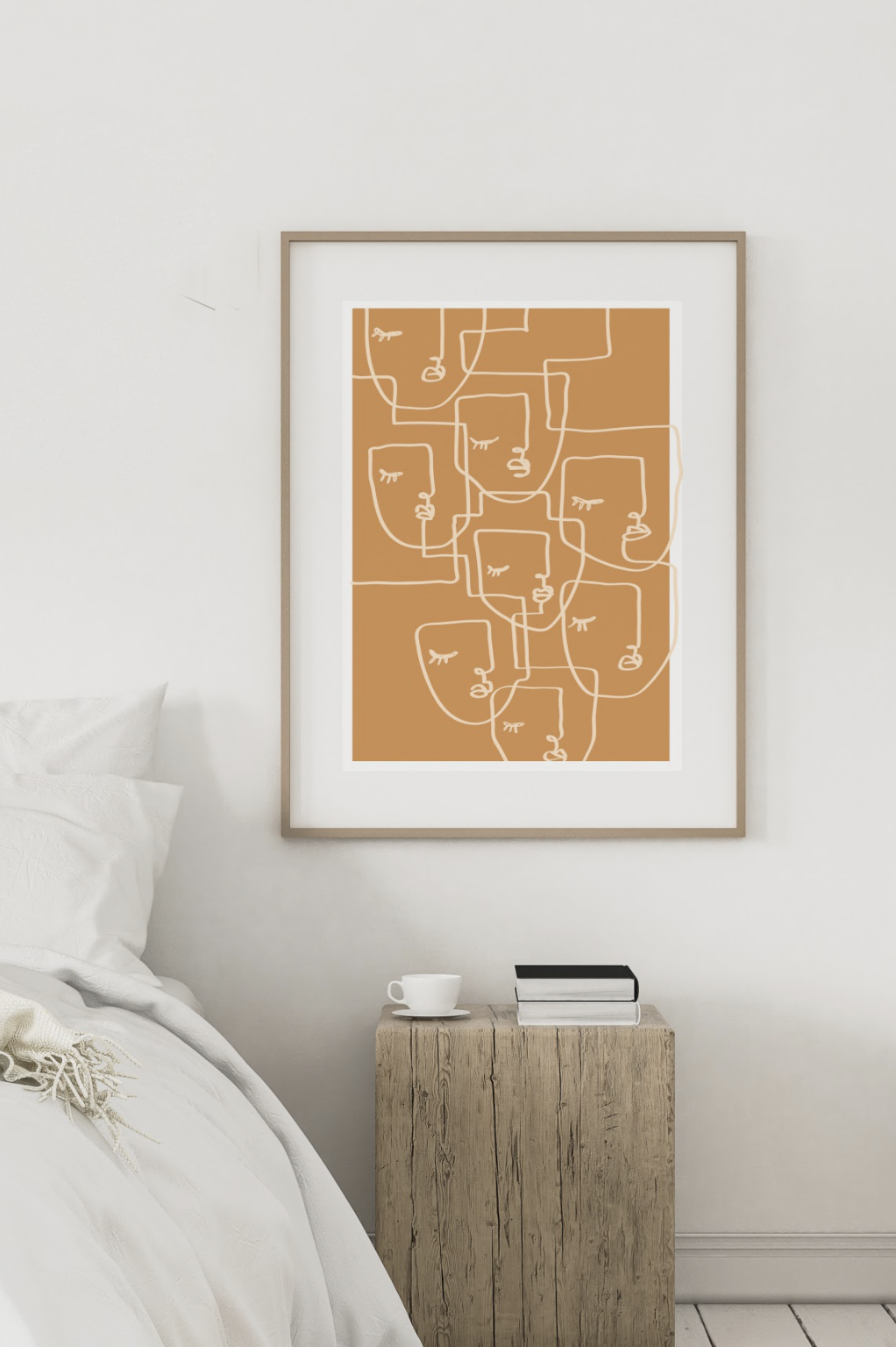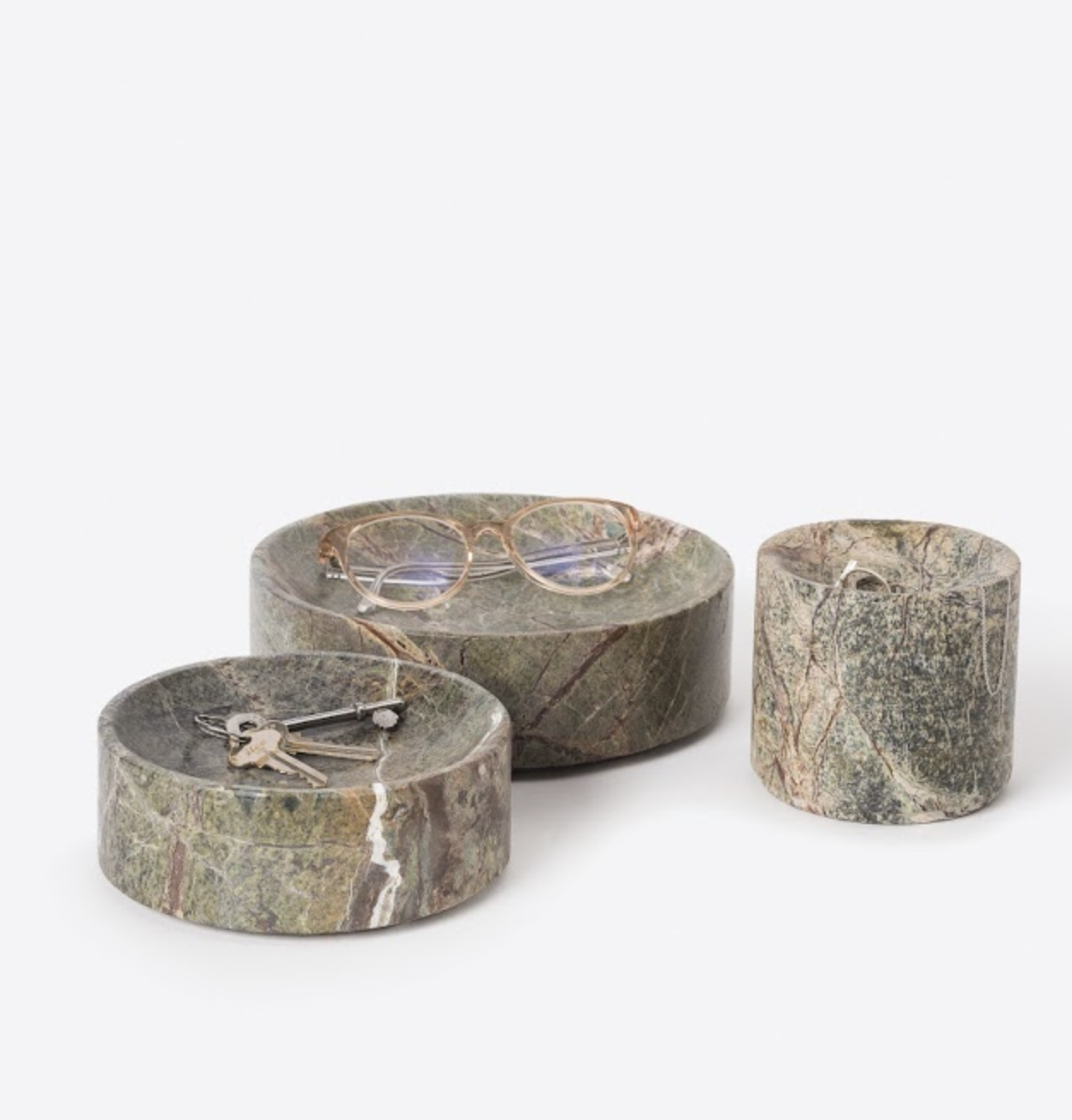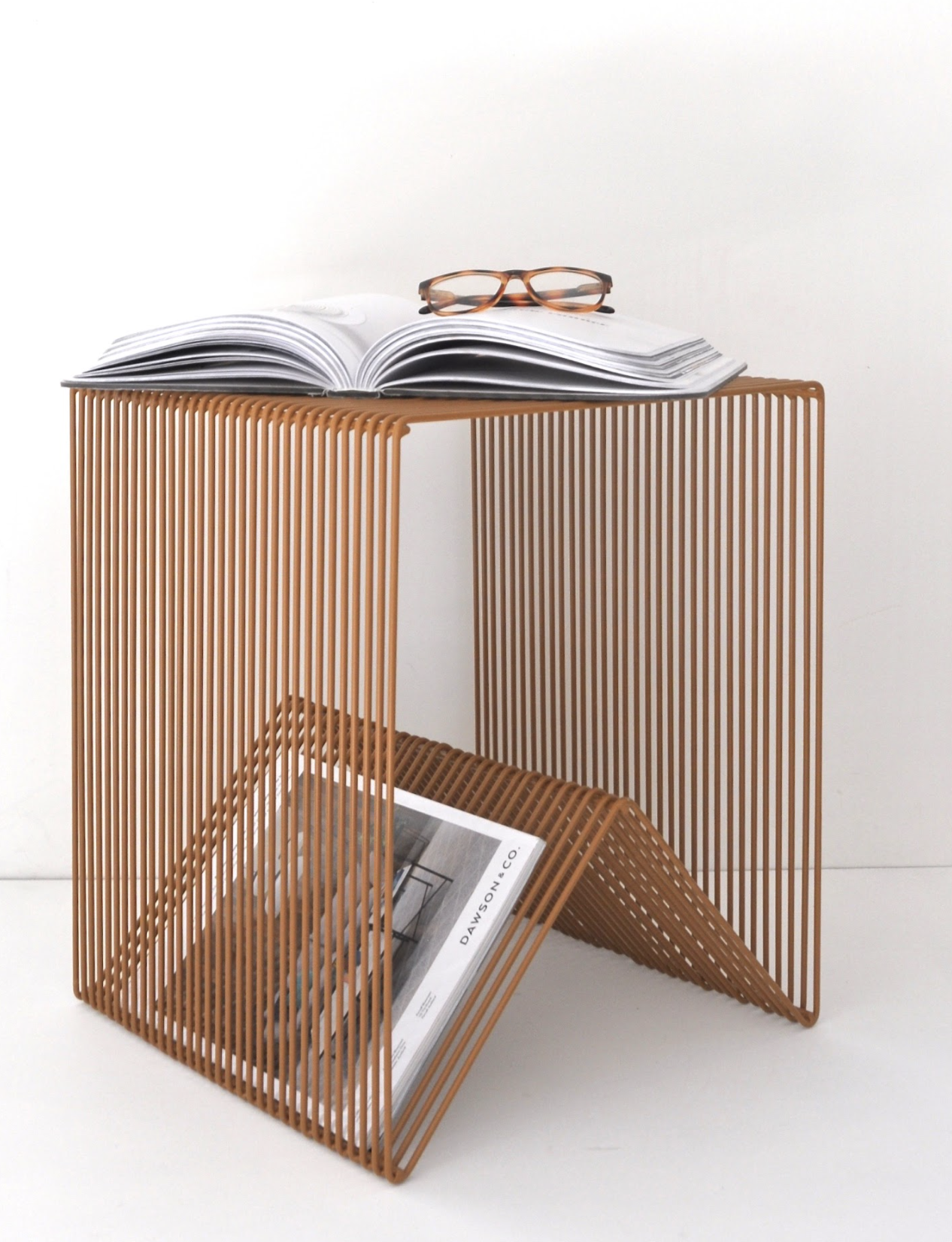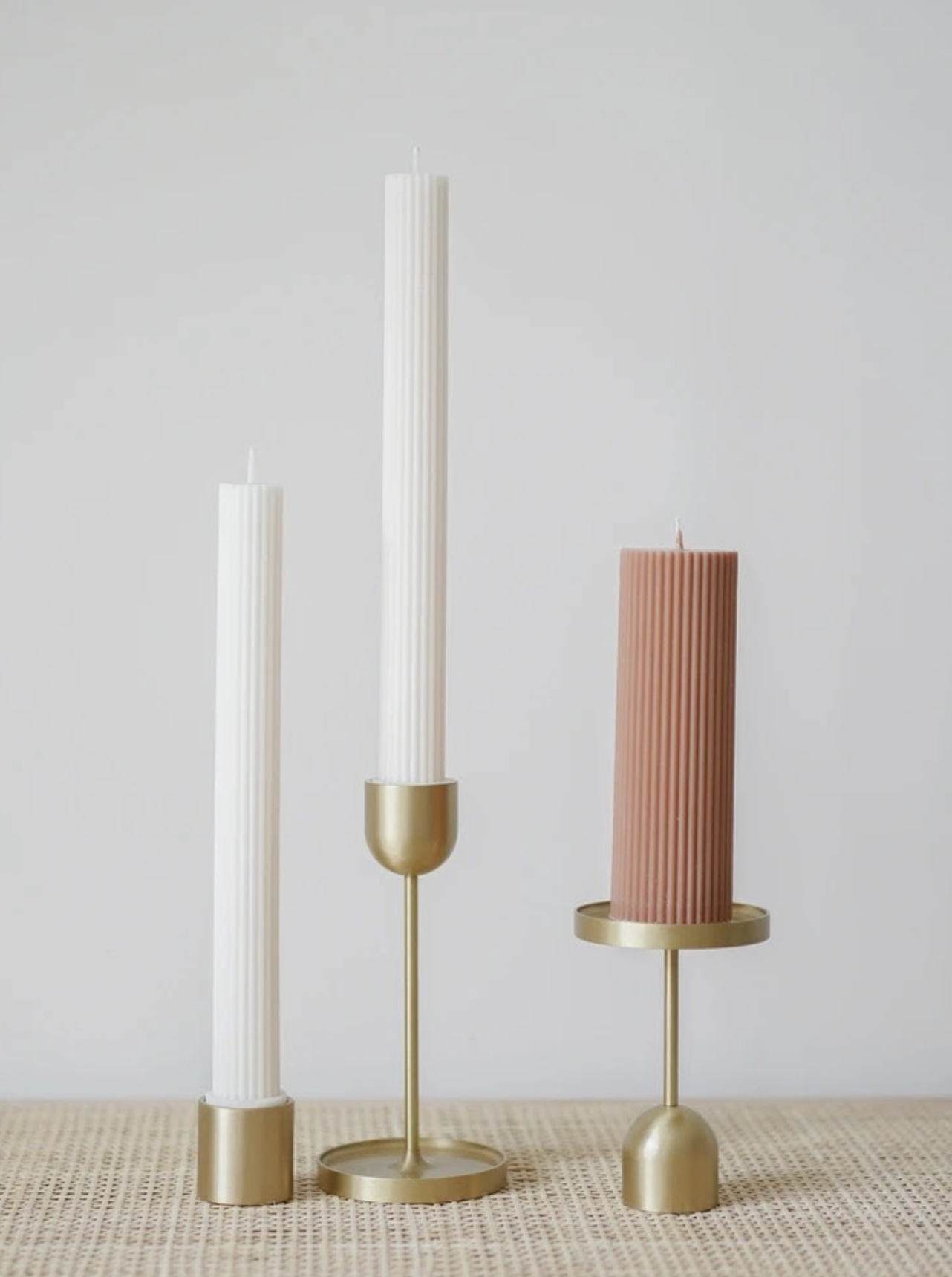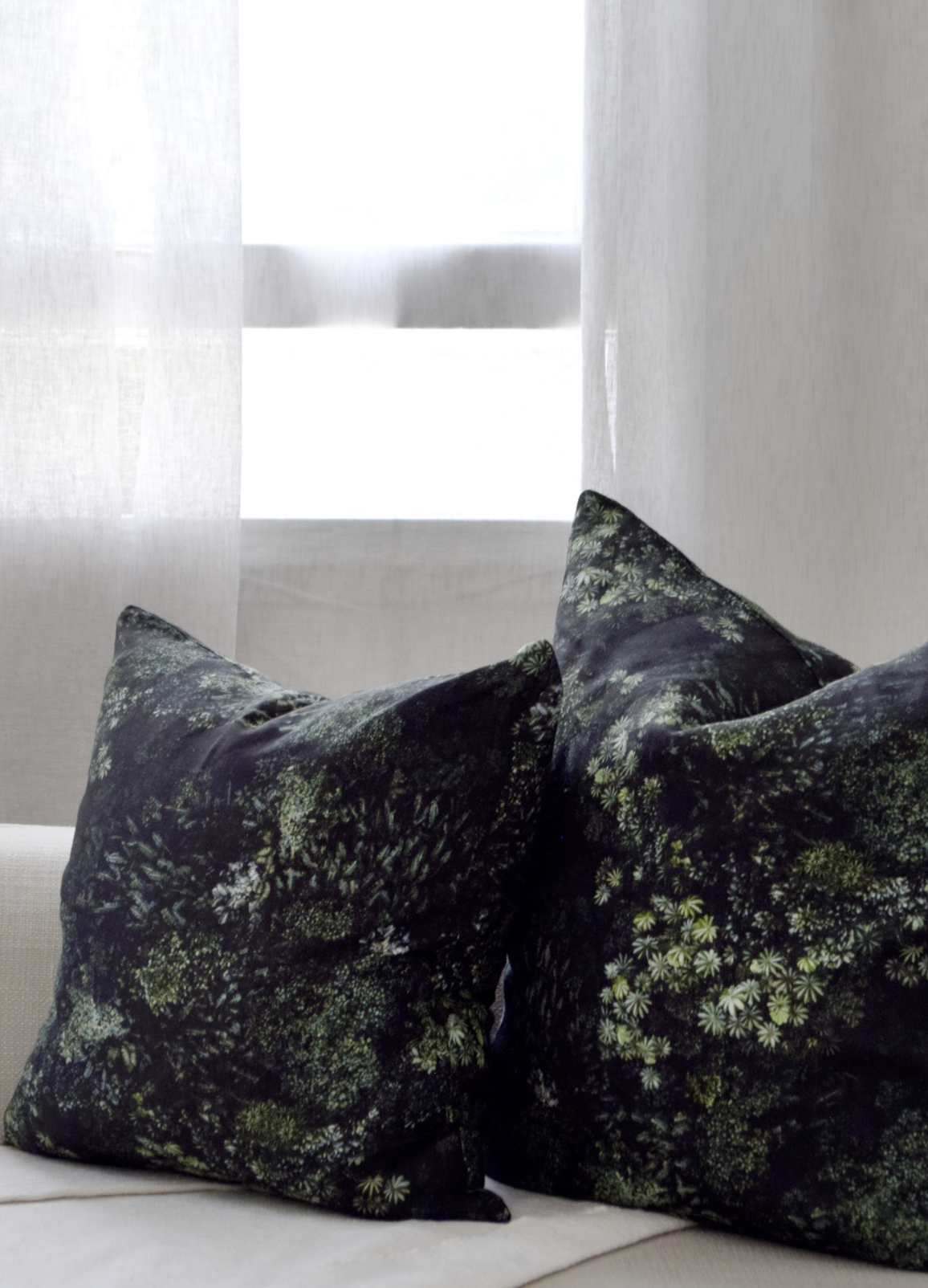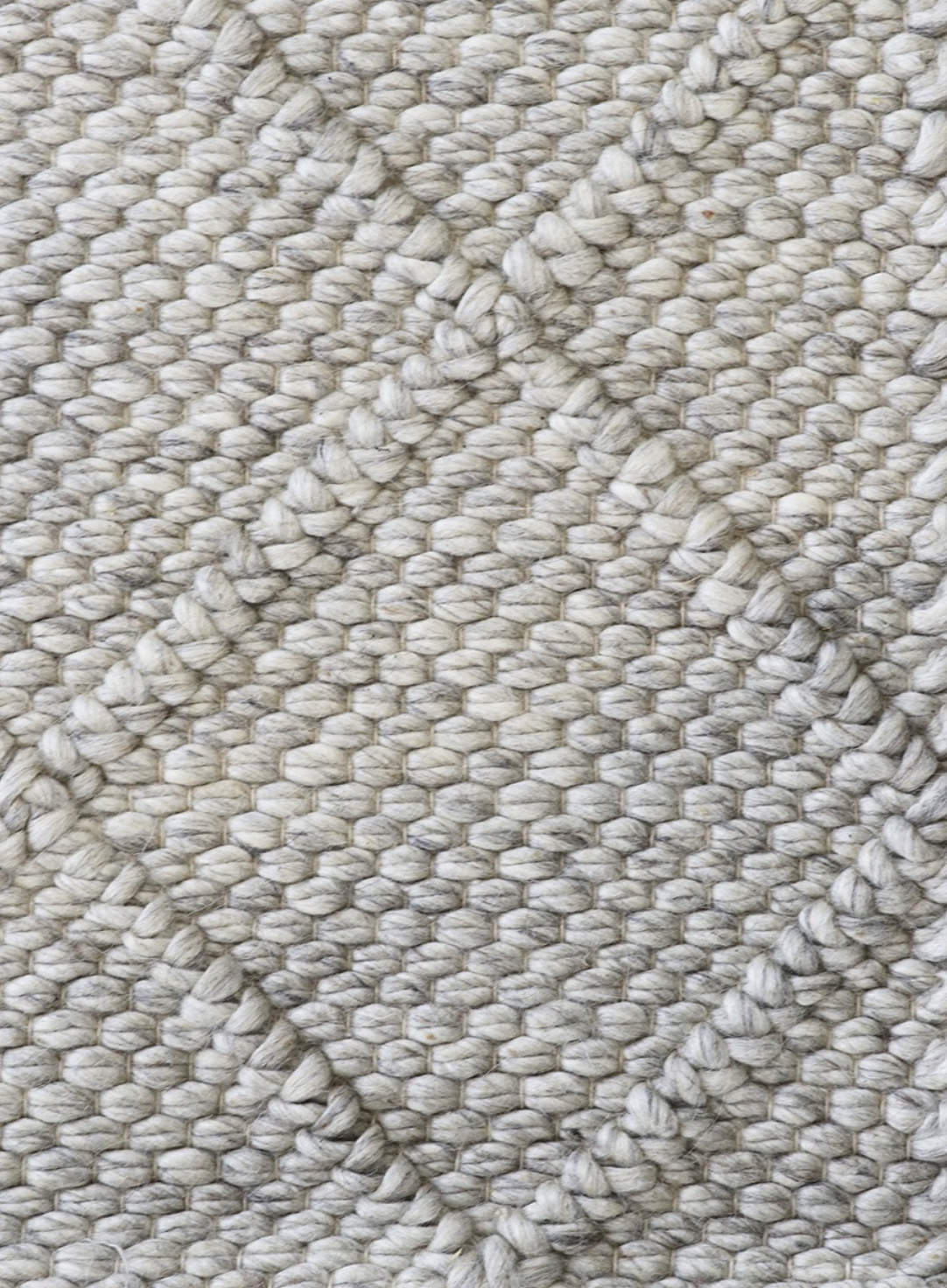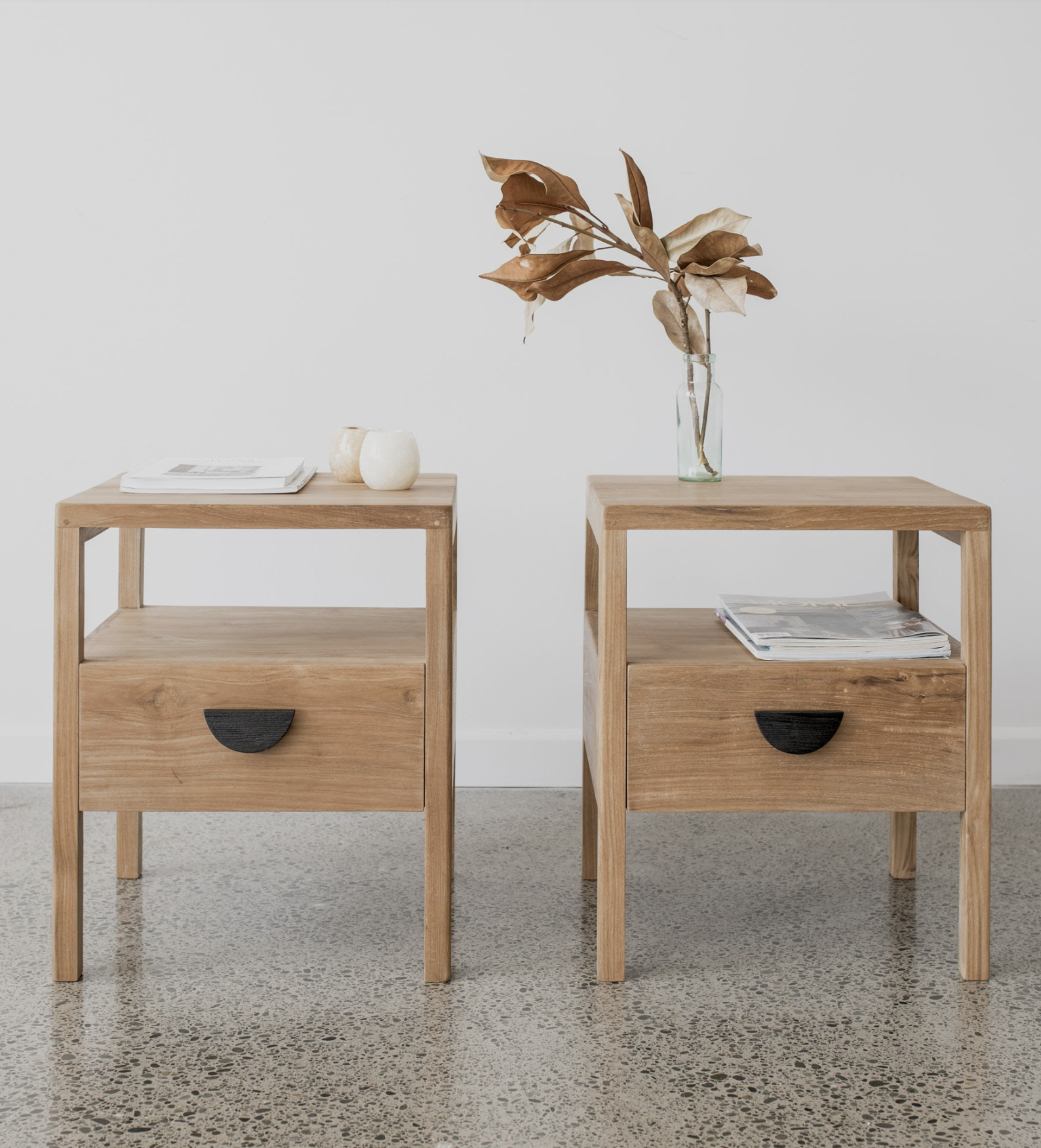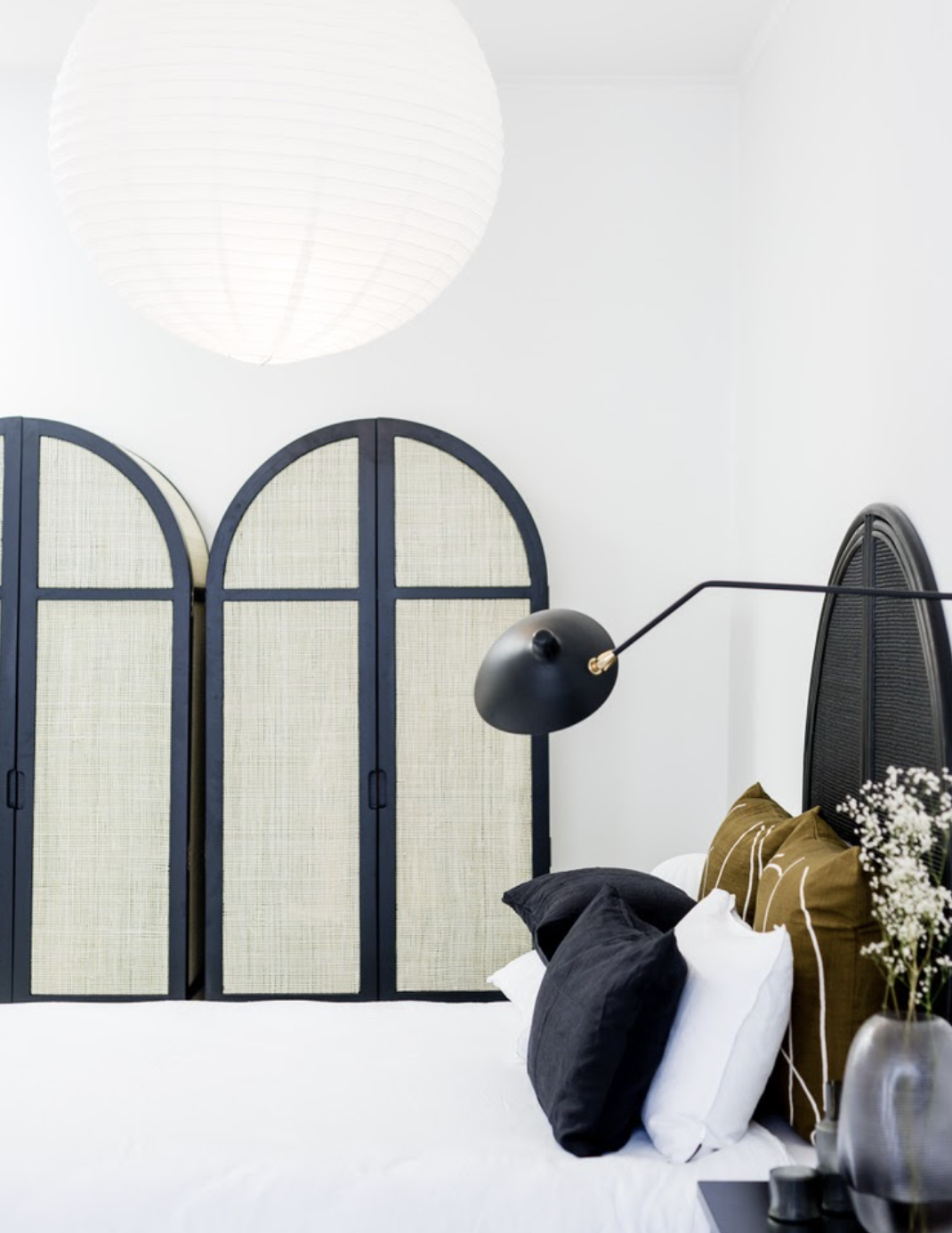Raise your eyebrow game with this sought-after specialist technique
Simultaneously enhancing and taking years off your face, well-shaped, defined eyebrows have become the ultimate beauty weapon.
WORDS NICKY ADAMS / PHOTOS SALINA GALVAN
Simultaneously enhancing and taking years off your face, well-shaped, defined eyebrows have become the ultimate beauty weapon – and there are a million Instagram posts to prove it. With the world’s love of fuller brows growing by the day, for many, microblading has become a must, and for those who have naturally thinner brows, might have mercilessly overplucked in the past or are noticing theirs thinning with age, this treatment has become the answer to a beauty prayer.
Microblading is a technique whereby the eyebrows are semi-permanently drawn onto the face using a tool to which tiny blades are attached. In the hands of a highly trained technician, anaesthetic is applied to the skin and medical-grade ink is implanted using fine strokes. The realistic-looking result is beautiful brows that remain perfectly manicured for up to three years. Rebecca (Reebz) Kuruvilla of Otumoetai’s Kuruvilla Beauty Design has been a practicing beauty therapist for 34 years, and during that time has become well known for her skill and passion for eyebrow shaping. UNO sat down to talk about how, through additional training in the art of microblading, her greatest professional skill has been taken to the next level.
UNO: What drew you to microblading?
REEBZ: I’ve always loved doing eyebrows. Because of my background in the industry, it was important to me to choose the very best microblading course, which is the Phibrows technique, using the highest-quality ink in the world. After this, I completed an additional Perfection course, involving one-to-one training. I found it was a real advantage to know eyebrows before I started and have the knowledge of anatomy and physiology that you learn as a beauty therapist. You have to be able to understand how ink is going to work with different skin types; not everyone can have this procedure done and you’ve got to know who’s compatible. I can assess all of this in my initial consultation.
What does the process involve?
After the initial consultation and pre-care summary, clients return for their first treatment. This takes two to three hours, and then there’s basic aftercare of three to four days – simple things like ensuring you don’t sweat or overheat. A month later, the client comes back to repeat this process. My salon is based at my home in a very private and highly sterile environment that I can control. Having grown up in a family of doctors, this is something I feel strongly about. My parents had a medical practice at the Mount and my brother is a surgeon, so you can imagine how important maintaining good systems and medical hygiene is to me.
What kind of reactions do you get from your clients?
They are really happy to have easy-to- maintain brows that look amazing. I don’t follow trends, I just give back my clients the brows that best suit their face shape. It’s often the shape they had originally had. And now it looks even better.
Northland: About as good as it gets for UNO editor Jenny Rudd
If you mention Northland to anyone in Aotearoa, it’s often met with sighs of longing. People love it. Warmth, beauty, isolation – the best things come in threes.
WORDS JENNY RUDD / PHOTOS SUPPLIED
If you mention Northland to anyone in Aotearoa, it’s often met with sighs of longing. People love it. Warmth, beauty, isolation – the best things come in threes. The top of our country has that delicious feeling of being a gazillion miles from anywhere, and there’s so much to do! This is the second year in a row my family and I travelled up there in the school holidays, and I feel like we’ve barely touched the surface. But here are my top picks – so far – from the land where the sun always shines.
STAY
Via HomeAway, on this trip we rented a holiday house in Coopers Beach dubbed As Good As It Gets. It turned out to be a fair description. The property was on the water's edge in a private bay, so we were able to snorkel straight from our doorstep. This little town overlooking Doubtless Bay also had everything we needed to keep us happy, including a great supermarket, a dairy selling ice creams by the beach, and a spot for playing housie with my mum on the Saturday night.
STRETCH
We blew away any lingering cobwebs with daily strolls at Taumarumaru Reserve between Coopers Beach and Cable Bay. An oversized grassy knoll, the scenic reserve has lots of tracks that take you up to some great vantage points from which you can gaze out over the ocean.
SNORKEL
Just up from Coopers Beach is Maitai Bay at the end of the Karikari Peninsula, which curves around the top of Doubtless Bay. As we walked over the lip of the carpark and onto the top of the dunes, I saw a dream-like fantasy beach spread below us – white sand in a perfect crescent with rocks sprinkled at either end. While younger children stood in the shallows and dipped their heads beneath the surface to look at baby squid, my husband, UNO publisher Mat Tomlinson, and I snorkelled in bright blue water, which was teeming with wildlife thanks to the no-take rāhui. We went out around the coast with our four teens to swim through caves, holding rocks so we could sit on the bottom and look up at the fish floating around us.
Most mornings we kicked off with some sunrise fishing on Tokerau Beach. It’s the quintessential start of a day for a Kiwi on holiday. The kids loved it, although their interest in waking up at dawn waned as the week went on and they realised our fishing skills weren’t bagging us any fish.
SLIDE
Head further north to Te Paki’s giant sand dunes, where you can rent a boogie board and tear down the slopes on your stomach. I’d never seen dunes this size before, and the view from the top was spectacular, all the way back to Ninety Mile Beach. Going really fast down seriously steep dunes made us laugh a lot, so here a top tip: laugh with your mouth closed when you’re tearing downhill. At the bottom of the dunes, you can follow the Te Paki stream to the west coast in a 4WD to check out the endless beach.
SNACK
A few minutes drive from our Coopers Beach base was the Mangonui Fish Shop. As well as exemplary fish ’n’ chips, they sell all things kaimoana at this picturesque spot on the water. If you’re not too full after your meal, see if you can manage an extra treat from their fine array of $5 desserts. We had to go back again so I could have the ice cream sundae and half a pint of chocolate mousse. On your way up to Te Paki, you should stop at the Container Café in Pukenui for a paua pie. Put it in your sat-nav: 4229 Far North Road. They’re world- famous in New Zealand.
The Northland website has some great ideas on things to do and places to stay. Plan your trip out here. NORTHLANDNZ.COM
People are everything to Mackenzie Elvin Law
As a company that believes in being accessible to its clientele and grounded in its approach to law, Mackenzie Elvin Law has carved out a niche that certainly sets itself apart.
WORDS NICKY ADAMS PHOTOS WAYNE TAIT + SUPPLIED
As a company that believes in being accessible to its clientele and grounded in its approach to law, Mackenzie Elvin Law has carved out a niche that certainly sets itself apart.
Founded in the early 1980s by Fiona Mackenzie, husband Graeme Elvin, and good friend and long- term business partner Marcus Wilkins, from the outset all three valued long-term relationships, recognising the value of interconnectedness with their clients. They didn’t believe in the model of just selling legal services for a fee. Despite exceptional reputations in their field – or perhaps because of them – the solid three chose to remain tight-knit.
However, the last few years have seen a need to grow to meet demand, and as a result the business has expanded from the original three partners to seven, and a team of 30-plus staff. Nevertheless, the same core values that the firm was based on have remained at the heart. Chatting with two of the partners, Rebecca Savage and Tom Elvin, what becomes very clear is that from their perspective the growth of the firm has been strategic, rather than simply reactionary.
What is also obvious is the wonderful synergy between the colleagues; Rebecca is empathetic and quick to connect with, and is exceptionally smart (she boasts a Masters of Law from the University of Cambridge), experienced and a wonderful communicator. Tom is someone you innately want to helm your ship: Simultaneously focussed and sharp, but still humorous and invested. Both agree that the common thread running through all the partners are the key qualities of competency, capability and cultural fit. Maturing over the last five years or so into a more diverse entity, expansion started with the addition of Tom Elvin.
Having worked in Auckland since he graduated, Tom brought experience in commercial property and construction law in both a corporate environment as well as with a small boutique specialist. Tom could see that within Mackenzie Elvin was “the opportunity and timing to grow and transition from a tightly-held business into a more complex organization which could serve the growing city and beyond.” Being intentional about the company’s transformation has been driven by the pillars; Fiona, Graeme and Marcus, and it has meant a specific controlled and intentional growth. For Rebecca, a chance meeting with Tom in 2018 led to another with Fiona, and straightaway Rebecca knew that she had met her perfect match, even though it meant a change in the scope of law she was practising. “Fiona and I just clicked really well and had such a strong connection.” For Tom this proves the firm’s founding values were continuing on, through the new generation; “Rebecca has admirable attributes, style and competency, and knew that she could have a meaningful and fulfilling career with us.” Clearly the move from litigation to family law is serendipitious for Rebecca; as she reflects on how she loves bringing her compassion and ability to listen to every case.
Thomas Refoy-Butler, a good friend of Tom’s, had – unbeknown to him – been earmarked as the perfect fit for the company. With a high level of experience in civil litigation, a practice area the firm was keen to move into, Tom started the “slow burn” of luring him to Tauranga and into the fold. Sure enough, he moved from Auckland and the already established relationship allows for a dynamic that, says Tom, is “like adopted siblings – you can disagree in a meaningful and effective way and get the best outcome.” Rebecca agrees. “Not only are his legal skills amazing, but there’s a whole pile of personal attributes that give you a lot of confidence.”
Jason Bywater-Lutman is the latest addition to the team of partners, and similarly was identified as someone with unquestionable business acumen. What sets him apart is not just his level of competency and effectiveness in his field of commercial property, but, as Tom notes, the fact that “he holds himself with a very high level of decorum and respect; he fits what we stand for and what we are building.” With the change of pace in what started out as a family firm, now comes a much more intentional commitment to maintaining the original ethos. By treating staff well, the company has employees that have been with them for over 30 years. Community ventures have always been strongly supported, spearheaded by Fiona, Graeme and Marcus. Indeed, Fiona and Marcus partnered with the University of Waikato Tauranga Campus to put on the Justice Susan Glazebrook talk, which was both an investment in the University and a way of facilitating discussion about wider legal issues. Community-vested projects are massive for them, as Tom points out: “Working here means that you’re part of the community that you’re living in. If you need to do that in work time, we make space for it.”
Ultimately, the culture and the professional fit are important because they allow Mackenzie Elvin Law to achieve its central purpose – which is the service it provides. How the company sets itself apart remains the same as ever: Accessibility. Tom is clear: “We make sure that every new client is seen first by one of our decision makers; a partner. We want to understand exactly what you are going through, and how we can help.”
Danish Furniture: when great design and sustainability combine
Importers of ethically made pieces carefully crafted from sustainable materials with a wealth of design history behind them, Tauranga- based business Danish Furniture brings a lot to the table.
WORDS ANDY TAYLOR PHOTOS SUPPLIED
Importers of ethically made pieces carefully crafted from sustainable materials with a wealth of design history behind them, Tauranga-based business Danish Furniture brings a lot to the table.
A conversation with Drew Copestake makes it crystal clear that Danish furniture is his passion – in fact, he loves it so much that he and partner Karin own a business named just that. In just over a year, they’ve taken it from strength to strength; Danish Furniture, which imports and distributes indoor and outdoor pieces from Danish design company Houe (pronounced how-ay), has 10 retail outlets around the country and a spacious new showroom in Unutoto Place, Tauriko. Tauranga-born Drew had previously worked in adventure tourism as a white-water rafting guide, first in New Zealand from the age of 16 and, later, all over the world.
But in 2019, he joined Houe as a sales manager and a new love affair began. He loved the product, he loved the role, and he loved seeing how people reacted to the innovative styling and design of the furniture, so when the opportunity came up to buy the business, he and Karin – a chartered accountant Drew describes as the brains of the business – grabbed it with both hands.
“We bought the business the day we went into lockdown last year, which was frankly terrifying!” he says. “There were quite a few sleepless nights, but we went on to have a fantastic season and the biggest issue has been keeping up with demand as shipping schedules have been disrupted. When people ask me what I do and I say I import Danish furniture, I get one of two reactions: They either say, ‘Oh, nice!’ or ask what the big deal is about Danish furniture. People have either already fallen in love with it or want to know why it’s so special – and I enjoy responding to both of those reactions.”
So, what is the big deal about Danish furniture? “Danish furniture really kicked off after the Second World War,” says Drew. “When other European countries were using industrialised processes to make furniture, the Danes went back to traditional craftsmanship and natural materials, clean, minimalist lines and great design. So when you think about great mid-century design, you think of Danish furniture, and though Houe is a relatively young company, having only been around since 2007, they’ve really embraced Denmark’s tradition of design.”
They’ve not only picked it up, they’ve run with it. The company has won numerous awards, including three prestigious German design awards for their furniture. The most recent of these was in 2020, when they were recognised for the Falk chair made from recycled plastic waste, turning an environmental problem into a thing of beauty. “Even the seat cushions were made from 98 percent recycled polyester, and they looked great,” says Drew. “Houe also uses sustainably sourced materials, including bamboo, which has strength properties unrivalled by any other wood and grows incredibly fast.” Houe proves that an ethically produced and sustainable product can still be great looking.
“People typically look at our range and say, ‘Wow, that’s really different, but in a good way,’” says Drew. “It’s stylish, colourful and contemporary. Life’s too short for boring furniture. Everyone has to sit down and eat, whether indoors or outdoors, so you might as well sit down on something that’s beautiful and made sustainably. We believe the future is brighter when we combine great design and environmental sustainability. It’s an affordable luxury.”
Expert Constance Santos on your skin’s natural barrier
Little good can come of cosmetic treatments if your skin’s natural barrier isn’t functioning well, says our expert Constance of Mt Maunganui’s Epidermis & Sage. Here’s how to get yours sussed.
Little good can come of cosmetic treatments if your skin’s natural barrier isn’t functioning well, says our expert Constance of Mt Maunganui’s Epidermis & Sage. Here’s how to get yours sussed.
Your skin has a protective barrier that functions to keep good things in and bad things out, such as bacteria and pollution. It’s made up of skin cells, and oils like fats, ceramides and omegas. That barrier is sometimes called the lipid layer or acid mantle.
Keeping your skin barrier healthy is vital for good skin health and optimal function. There are lots of things that can impair its function such as poor product usage, environmental factors and diet. An impaired function can lead to chronic skin conditions. Dermatitis, eczema and acne as well as dry, irritated skin are often the signs of a poor barrier function, as is skin that ages rapidly.
There are some fantastic beauty treatments out there – including needling, microdermabrasion and peels – but if your skin’s barrier isn’t healthy, you won’t get the benefit from them. It all comes down to your skin’s ability to make good, healthy, organised collagen. Most of these treatments work by stimulating a healing response, which produces healthy collagen through the controlled creation of a wound that sends the skin into repair mode. If your skin’s barrier is already impaired, you don’t want to add extra inflammation to the mix. Your skin is already concentrating on repairing itself and it can only do so much, so when it’s overwhelmed with an inflammatory response, activities like collagen production become a lesser priority.
How do you ensure your skin has a well- functioning barrier? It needs to stay in balance. For example, make sure you are having enough Omega-3 in your diet. If you aren’t getting enough, it’ll show on your skin. Another simple way of repairing an impaired barrier is to use a great cleanser (I recommend the Roccoco Botanicals Pore Cleansing Oil or Roccoco Botanicals Soothing Cleansing Oil) that works to restore balance to the barrier function.
Don’t forget, though, everything’s connected. What you eat and drink also affects your skin and gut, which makes taking essential fatty acids (EFAs) effective too (I recommend Pure Encapsulations EFA Essentials). Doing so will nourish your skin from the inside, and they’re anti-inflammatory as well. As I said, balance is important. Omega-3 is the best EFA for the skin. Omega-6 and Omega-9 also have good benefits, but too much Omega-6 can actually be inflammatory, so it’s best to talk to a skin therapist and get the right blend and dose for you.
A life of sparkle: Peet Jewellers chic new showroom beckons
Adding a new jewel to its crown is paying off for one of Tauranga’s oldest businesses. Peet Jewellers is close to celebrating the first birthday of its elegant and welcoming Willow Street showroom, which has proven to be a hit among a growing customer base.
WORDS MONIQUE BALVERT- O’CONNOR PHOTOS HARRY VAN HEERDEN + JORDAN REID
Adding a new jewel to its crown is paying off for one of Tauranga’s oldest businesses. Peet Jewellers is close to celebrating the first birthday of its elegant and welcoming Willow Street showroom, which has proven to be a hit among a growing customer base.
Until the August 2020 opening of this store, the 50-year-old business had been based upstairs on Wharf Street. Rest assured, traditionalists – that space still remains as both a retail outlet and creative studio/workshop. It’s not unusual for David Peet to pop in to see how his successor, Harry van Heerden, is getting on at the helm of this high-quality jewellery design and manufacturing enterprise, where the Peet name still graces the door.
“That didn’t need to change because it’s not about me, it’s about what we do here,” says Harry, who’s been a jeweller for about 25 years – the last eight as the owner of Peet Jewellers.
Harry has ensured the business’s fine reputation has been maintained, while expanding it to include the Willow Street showroom and twice as many staff members, including two apprentices. Requests for jewellery repairs and unique designs are also on the rise.
Having had hands-on involvement in its design and fit-out, Harry takes special pride in the Willow Street showroom. “I locked myself in for about a month and built what we have here today,” he says.
What we have here includes royal blue walls interspersed with copper panels, sheer blue curtains, bamboo-framed cabinets and counters, chic light fittings and polished concrete floors. Harry’s pooch, Jackson, a papillon-chihuahua cross, particularly fancies one of the blue velvet chairs.
Harry established must-haves when devising the décor. Bamboo was one – he loves its warmth and sustainable qualities. Another was a minimalist and stylish ambience to reflect the business’ mood and culture.
“I’ve designed this space to include a comfortable desk to sit at and talk about jewellery and design; there’s a creative, open and collaborative workspace in the centre for discussing design and repairs; and I wanted the storefront to appear open, merging the outside and inside – hence the cabinets are minimalistic,” he says. “Finally, it was important for me to have a jewellers’ workbench visible, to show that we’re more than simply a jewellery outlet.”
Jewellery design remains a passion for Harry, who completed a goldsmith apprenticeship in South Africa before taking a break to explore other industries. Radiography, marine rigging and a stint leading safaris filled his time before his art form beckoned again. These days, coloured stones are an inspiration, along with making versions of the “bubble ring” often created from customers’ own stones. The ring features a selection of small and usually varied gems, and is a bespoke offering that’s really taking off.
“Over the years, you collect or inherit different jewellery, or you might have an earring that’s missing its friend,” says Harry. “Or it could be that you have a ring that’s fragile and nearing the end of its life, or that involves a setting you no longer like. We suggest creating something new to incorporate these – and one way of doing that is a bubble ring.”
Bubble rings can be created from new gems too, with some of the combinations including white and yellow diamonds, sapphires, rubies and emeralds. Harry tells of designing one for a customer made from own and her mother’s diamonds. “She was in tears, because she feels she now has her mum close to her all the time. We see a lot of customers cry with joy!”
Many of Peet Jewellers’ customers are mature people who are buying for a significant birthday or anniversary, or using inherited money to splash out a bit. “We can make anything jewellery- related,” says Harry. “One of the more unusual things we’ve made is a ring out of volcanic granite rock.” Peet Jewellers also offers on-the-shelf pieces ready for purchase, and a range of estate jewellery. As for what’s trending? Simpler designs, yellow gold, and big, coloured stones.
And as for where Peet Jewellers is heading, Harry anticipates opening yet another retail outlet and enjoying many more creative days pushing design boundaries to ensure their customers keep saying “Wow”.
Columnist Craig Orr reaches new heights with the Mt Everest Challenge
Our Bayleys columnist is hitting new heights at work and play, and has ideas for how you can too.
Our Bayleys columnist is hitting new heights at work and play, and has ideas for how you can too.
Well, I did it! I officially conquered the More FM Mt Everest Challenge, and I’m stoked to be able to say that I raised more than $1000 for St John. Climbing the Mount 38 times in 50 days was so tough that I gave myself two weeks off walking up any kind of hill afterwards.
We’re so lucky to have Mauao Mt Maunganui to exercise on. I love the way it sits proudly at the end of the peninsula and has such an amazing presence to it. My seven-year-old daughter was one of my best supporters. She has a real competitive streak and would join me walking up the Mount a couple of times each week, often picking a fellow climber halfway up and trying to beat them to the summit. I made it my mission to beat my best time of 13 minutes from the base to the top. I ended up 11 seconds off it! But I definitely felt my fitness improve.
I recruited some of my colleagues to join me for the odd climb and managed to get a few other mates up off the couch. Overall, it was super fun and a fulfilling experience – particularly the mental challenge and camaraderie. I’d highly recommend anyone considering tackling it next year to go for it.
Speaking of the couch, my wife Natasha and I have recently finished some exciting home renovations at our place at the Mount. We’ve just had a pool dropped in, and added a cabana and done up the deck. It completely opens up our property and stretches out to our neighbour’s. We feel really lucky to be part of such a cool neighbourhood.
Tash and I lived here before we had our daughters, and we’ve always loved it. Investing in our first house in Bethlehem was a big step. It was a big home with plenty of space inside, but two years ago we found a 1960s-style home at the Mount and couldn’t resist getting back to beach life.
Our kids don’t seem to mind having less space – they’re happy being by the beach, the mountain and their friends. It’s super convenient and offers a really relaxed lifestyle. I’ve enjoyed getting involved in my daughters’ school, establishing local friendships, giving back and feeling like we’re part of the community.
At Bayleys, I’ve just had the biggest month ever. I’m 10 years into marketing properties for sale and I couldn’t imagine doing anything else. I’m a bit of a late bloomer in terms of my career trajectory, as I didn’t know what I wanted to do until I was about 35. Real estate was always of interest, but it wasn’t until I took the leap that I realised how much of a passion it was. I just love helping make people’s dreams become reality.
We’ve been in a really buoyant market recently, but it feels like it’s beginning to cool slightly. With a short supply of options for potential vendors to purchase and a tight market, replacing housing stock can be challenging. That’s why winter’s the perfect time for people considering selling to take that step, because there’s less competition.
I’ve been sharing some videos about open homes and the market on my Instagram page, so have a look for the inside scoop. I do free market appraisals, so if you’re curious as to what your place is worth, give me a shout and I’ll be happy to help.
All roads lead to real estate: the diverse pasts of local Bayleys salespeople
What does it take to make it in real estate? For these professionals, innate skill, learned experience, special gifts, and backgrounds that are anything but ordinary all have something to do with it.
WORDS MONIQUE BALVERT-O’CONNOR
What does it take to make it in real estate? For these professionals, innate skill, learned experience, special gifts, and backgrounds that are anything but ordinary all have something to do with it.
Carmen Dickison
Tauranga Bayleys salesperson Carmen Dickison is a brave woman with a gold medal to prove it. Not only is she a recipient of the New Zealand Police Gold Merit Award for Bravery, she was also the first female police officer to formally achieve a bravery award. According to the citation, constable Dickison had only been in the police for six months, when, “without regard for her own safety, she apprehended an armed violent offender who was terrorising a family in their own home.” Carmen’s gold was later joined by a medal for services to the police, in recognition of time spent doing a sterling job as a police presenter on the TV show Crimewatch.
Now based in Tauranga, Carmen spent her 16 years in the police force in Wellington, also working in Youth Aid and as a detective. “Youth Aid was most rewarding,” she says. “I felt like I made a difference and helped turn lives around, whether it was helping youth find a passion or linking them with mentors.” While doing all that, Carmen was also studying part-time, gaining a marketing and communications qualification that she later used in her roles as marketing manager for an art gallery and then an architecture firm – eventually leading to her current position as a residential salesperson at Bayley’s Tauranga.
Michael Parker
Hamilton Fresh out of law school, Michael Parker headed not to chambers or a courtroom, but to the ski fields. “When I graduated, I decided to follow my absolute passion of ski instructing full-time,” he says. It was a job he’d worked at part-time during his university holidays, including on North American slopes during New Zealand summers. Michael started his full-time career at Tūroa in 1996, working as a race coach and general ski instructor, then moving up the ranks to become fully certified under the New Zealand ski instructor system. Further progression led him to ski school management positions in New Zealand and the US. He spent 16 consecutive southern and northern hemisphere winters in the job before deciding it was time to enjoy a summer and stay put in one country. “It was a fantastic industry to be in and I met some interesting people,” he says. Those people included Tom Cruise, Mel Gibson, Oprah Winfrey, Jerry Seinfeld and Dick Marriott of the prestigious hotel chain, no less. “It’s a part of my life I’ll never regret –I even met my wife through skiing,” says Michael, who made the move to real estate after returning to Hamilton to give his dad “a hand” in the property development industry for more than 10 years.
Aaron Paterson
Hamilton Teaching and rugby paid Aaron Paterson’s bills before he joined the Bayleys team. After spending a gap year working at a private boys’ school in London, he decided to return to the school armed with a teacher’s qualification. And he did, six years later – qualified as a geography and physical education teacher with two years experience under his belt. During Aaron’s second stint abroad, he met his wife Shani Paterson in Spain – a long way from her Dunedin hometown – and had his time as a teacher interrupted by two years spent living in Japan and playing rugby for the Hokkaido Barbarians. Ultimately, he and Shani growing family was a catalyst for their subsequent move to the Waikato, where Aaron initially returned to work at Cambridge High School. Then, in 2005, a friend encouraged him to become part of the Bayleys family – and he’s never looked back. Today, rugby remains part of Aaron’s life. He referees for his local senior premier competition; does TV match official work for the NPC, Super Rugby and international test matches; and thanks to his children, coaches junior rugby too. “I’m passionate about giving back to the game that’s given me so much,” he says.
Angela Finnigan
Hamilton Before she worked for Bayleys in Hamilton, Angela Finnigan was a high-level equestrian, a role that saw her eventing at England’s famous Badminton, as well as identifying local equine talent and accompanying the promising horses to their new homes in the US, UK, Italy, Ireland and even Tahiti. Although, she says, “That part wasn’t as glamorous as it sounds. I’d be with the horses in cargo planes. On one trip, for example, I was on the same cargo flight as 40 horses. I sat on the floor amongst the hay. It was pretty rough!” In the ’80s, Angela lived in England, where she produced young horses for sale as eventers. She also owned the equine stunner Face the Music, which Mark Todd rode to success at the Burghley Horse Trials in the ’90s. When Angela returned home to New Zealand, it was to Cambridge, where she continued producing young horses, ready for export. Today, her home base is surrounded by racetracks, but her equestrian days are over. “I’m a bit of an all or nothing person, and these days my all is real estate,” she says.
Rachelle Jackson
Hamilton An invitation to Rachelle Jackson’s for a meal is a covetable prospect. She is from a large “food-focused” family and has been a foodie for as long as she can remember. Rachelle headed straight into the food scene as a school leaver. Armed with a polytechnic qualification, she then spent nine years as a chef in top restaurants in Auckland and Hamilton (a “pretty magical” time as she recalls it) before fulfilling a long-time ambition to open her own café. Circa Espresso was the name of the Hamilton eatery she established at the tender age of 26 and owned for nearly four years, until deciding the hours weren’t compatible with having babies. (It’s now named Scotts Epicurean.) “I had a huge passion for cheffing and culinary culture, and I still have – you don’t get rid of that,” she says. “It’s now a hobby and part of my creative side. Being a foodie is neat – everyone loves you!” The bookshelves in Rachelle’s Hamilton home are laden with cookbooks. She makes everything she can from scratch, is a fan of Italian food and has been dipping into Asian cuisine of late. Oh, and her hero is Al Brown.
Stephen O’Byrne
Hamilton When you ask Stephen O’Byrne about his past working life, you’d better make yourself comfortable. This Raglan- dwelling Irishman has many a yarn to share, starting with his 15 years as an underwater cameraman in the dive industry. One day, he’d be photographing the sardine run in South Africa, the next, it’d be World War II wrecks in Papua New Guinea, or great whites feeding, coral spawning or turtles mating. The assignments were many and wonderfully diverse, and that’s how he found New Zealand – he was sent here to get footage of the Poor Knights Islands. Stephen’s underwater escapades have also included being a freediving instructor; the chatterbox can hold his own breath for eight minutes. On terra firma, he worked in the merchant banking industry and serious fraud office in London. He established a sports sales business in the UK and worked in e-learning and web management for leading agencies in the Netherlands. His partner in life and work at Bayleys, residential and lifestyle salesperson Michelle, also has an interesting backdrop to her property career that helps set her apart from the pack. While living in London, the Kiwi worked with the Royal Parks police’s mounted department, and was on horseback duty during the Changing of the Guard.
Matt Clutterbuck
Tauranga From shearing gangs in Northland and his time spent as a rural banking manager to a salmon farm in the Atlantic Ocean, Matt Clutterbuck has tackled an interesting job or two. And that’s not to mention the prestigious sporting accolades he scored along the way. These days, lifestyle and country sales manager Matt lives in Mt Maunganui, but he was raised on a sheep and beef farm in Northland, where work as a shearer served him well during his school and university holidays. He graduated with a Bachelor of Commerce from the University of Otago, but before earning that degree, he acquired a diploma, and between the two had a great gap year in his early twenties, during which he travelled to Ireland, where he played rugby and worked on a salmon farm. Matt has played NPC rugby in Northland and ITM Cup rugby for both his home province and the Bay of Plenty, and another sporting highlight was playing for the All Black Sevens side in 2014. But his prowess extends beyond rugby – he’s also a world-champion waka ama (outrigger canoe) paddler, with gold and bronze medals to prove it.
Anthony Merrington
Cambridge If Cambridge-based Anthony Merrington suggests joining him in taking out the boat, you’ll be in safe hands. You may not be in for a tame time, though – this sailor has competed at Whitbread and America’s Cup level. At one stage, he had the Olympics in his sights. Anthony, who grew up on Sydney’s northern beaches, has been sailing since he was seven and started competing with his older brother about a year later. Fast-forward a decade or so and he went on to spend 15 years racing yachts around the globe as a professional sailor. He competed in the Ocean Race (formerly the Whitbread Round the World Race) three times – in 2001-2002 with a Swedish team, in 2005-2006 on an American boat, and in 2008-2009 with an Irish team. More action came courtesy of the 2007 America’s Cup campaign in Valencia, where he was part of the Swedish team that made it to the semi-finals. He also fronted up for almost every major international offshore yacht race up until 2009, when he ended his sailing career. Living landlocked in Cambridge is no problem for this Bayleys star. For the past 15 years, he’s competed on the water with teams out of Sydney. He’s tackled five Sydney to Hobart yacht races, winning four times.
Olympic and Commonwealth Games heptathlete Sarah Cowley Ross carves out a new career
To reach the standard required to represent your country as an Olympic and Commonwealth Games athlete is extraordinary. To reach that standard across multiple disciplines is, in my view, verging on superhuman.
WORDS Nicky Adams PHOTOS Graeme Murray + Supplied
The Olympic and Commonwealth Games heptathlete’s journey to redefine herself is about leaning hard into her core values and carving out a career where sport still takes the centre stage.
To reach the standard required to represent your country as an Olympic and Commonwealth Games athlete is extraordinary. To reach that standard across multiple disciplines is, in my view, verging on superhuman. To be so talented, disciplined and dedicated, and still be a well-balanced, grounded and thoroughly lovely person – surely that’s impossible? Apparently not.
Aotearoa heptathlete Sarah Cowley Ross is all of the above and more. If you’re a little hazy as to what a heptathlon actually involves, to clarify, it’s a combination of track and field events that requires both speed and power. Over a period of two days, athletes compete in a total of seven events: A 200m and 800m run, the 100m hurdles, and the high jump, long jump, shot put and javelin. Heptathletes are given points for their best performance in each, then ranked according to the highest overall score.
Sarah competed in the heptathlon event at the London 2012 Olympics, where she placed 26th out of 38, having previously placed 10th out of 12 at the 2006 Commonwealth Games in Melbourne. At the 2014 Commonwealth Games in Glasgow, she narrowed it down to the high jump, placing ninth out of 24. Although these are the events that have garnered her the most attention, they’re only the pinnacle of myriad incredible achievements during the course of her career.
I’d presumed the world-class athlete would be a certain type of person, perhaps buzzing with pent-up energy. In fact, I found her to be warm, relaxed and only identifiable as an athlete by her long, lithe legs and an aura of fitness I sometimes fantasise about possessing myself. So deceptive is her demeanour, it’s hard to imagine her out on the field, mentally slaying her opponents one by one.
With a smile, Sarah tells me, “A lot of times people have said, ‘You’re too nice to win – you’ve got to be more mongrel.’ But I can turn it on and off when I need to. I’m very competitive. I always want to win, but that’s changed in the sense that I’m quite comfortable with who I am, so I don’t need to win Pictionary every time! I’ve also changed in that now I want to win for the collective – for communities.”
Sarah was born and raised in Rotorua; her mother Robyn Cowley is New Zealand European and her father Jerry Cowley moved to New Zealand from Samoa when he was seven. Sport was always an integral part of family life; Jerry (who sadly passed away when Sarah was 19) represented New Zealand in basketball, and her brothers Garrick and Richard are also blessed with more than their fair share of sporting prowess. Sarah says that when they were children, there was an expectation that they incorporate sport into their daily life, but not at the expense of other things.
“Looking back, we were allowed to be kids, and play was a big part of our lives. I was just fortunate that I had brothers who were better than me physically and who unconsciously pushed me. I was just always trying to keep up. Later, they’d join in my training sessions. My brothers are two of my closest friends, and when I reflect on my journey, it’s been a family one.”
By the time Sarah reached intermediate, she was keen to shine at netball. In fact, it was her love of netball that initially sparked her passion for sport. “I really wanted to be a Silver Fern – Bernice Mene was a hero to me. Half Samoan, she played netball and did athletics at a young age, and that was it – I wanted to be her. When I was 12, I went on my first representative trip to Dunedin and sat next to her on the plane, which was amazing. Then she came and watched us compete; she’d been in the same competition when she was young. Seeing your heroes is powerful – and Sandra Edge and Chantal Brunner are others I really looked to as well.”
At high school, it was clear that rather than just excellent, Sarah was gifted. She began representing New Zealand at 16, and life became very busy with events and the overseas travel that came with it. That’s not to say her studies took a back seat, though. “I was never not expected to go to university,” says Sarah. “Sport is a vehicle. I got awarded the Prime Minister’s Scholarship, which funded two degrees, and I would’ve preferred to have been training. But I know the value of education, so I got a Bachelor of Health Sciences so I can work as a physiotherapist, and I’ve also got a BA in Communications.”
It’s hard not to be blown away by the sheer commitment that would have been involved in juggling study and part-time work with training and competing as a heptathlete, which is essentially a case of taking the top level of each code and multiplying the expectation by seven. The sheer physicality involved is mind-blowing, and alongside this the mental capacity required to keep up the momentum not just for a short burst, but for 48 hours. Adding into the mix the recovery time for each event and the fact that different sports are known to “peak” at different ages, how is it possible to excel?! I feel exhausted even contemplating it.
“It would’ve been a lot easier to pick one sport,” admits Sarah. “When I was eight, I watched the 1992 Olympics and I knew that’s what I wanted to do. My greatest potential in athletics was heptathlon as I was a natural jumper. I was resistant for a long time because I knew it would be hard and I’m not naturally a thrower, but in 2005 I roomed with a heptathlete and realised it was what I was most suited to. Five months later, I made the Commonwealth Games.”
Throughout this time, neither Sarah’s dedication nor her family’s support wavered, something that brought both amazing highs and undeniable lows. “Everything was focussed on the performance,” she says. “My friends were buying houses and I had a dollar in my bank account because I’d spent it all on supplements and massages. There were times when I was like, ‘I’m 28 and I haven’t done what I want in athletics yet, I’m single – what am I going to do with my life?’ You finish in your 30s with a lot of great skills but very little job experience.”
Still, Sarah says her ultimate high was when she qualified for the Olympics in Götzis, Austria. “I knew I was in good shape, but a really significant moment was in the high jump when I jumped 191; at the time my best had been 184. I was really free. For a long time, I’d put a handbrake on my life, and for the five years previous I hadn’t improved in the way I wanted to. For a long time, something had been holding me back. A year before, I probably wanted to quit, but I managed to turn it around, and in that high jump I finally unleashed what I was physically capable of. It was one of the purest moments of my life.”
The decision to step away from the world of international athletics in 2014 was similarly momentous, but at the same time natural. There was no big blow-out, no horrendous injury – the timing just seemed right. “I felt done,” says Sarah. “I was 30 and it seemed like a good time to retire. I got married the next year and in 2015 we had our first child, Max.” He was followed by daughter Poppy two years later. Nevertheless, going from training for five hours a day to a desk job was a huge shift, which Sarah says she struggled with.
“For so long in my life, I knew what I was aiming for, so to then have a blank canvas was hard. Immediately after retirement, I worked in marketing for one of my sponsors, Asics, and I loved the job, but I wasn’t expressing my physical gifts through a sport I love with people I love around me. And not being outside was a massive thing too.” Part of Sarah’s journey became identifying a new set of goals to satisfy her competitive nature. The excitement of becoming a mother was also part of the process, and the physical changes of pregnancy meant another mental shift. “It was a transition out of elite sport and out of a body I was used to being in, so I didn’t recognise myself,” says Sarah. “In some ways, it was a release for me to eat anything because I’d been on a performance diet.”
Fuelling her body differently was freeing, “but liberation created a disconnect about who I was and who I was becoming. I had no control – well, I had control over the chip packet! – but not over what was happening to my body.” Throughout this challenging period, Sarah was supported by her husband Angus Ross, a former Olympic sportsman who competed in bobsleigh events. Now a sports scientist, Angus was the perfect person to guide her on what she needed to do to stay well and nurture herself.
For the past few years, Sarah has been on a journey to redefine who she is. Her days are very different and elements of her psyche have undoubtedly changed, but acknowledging her core values has been central to her next chapter. “Self- acceptance became a really big part of who I wanted to be,” she says. “I ‘do’ athletics, but it’s not who I am. There’s a lot more to me than I realised, and sport is a mechanism for living my values, which are legacy, and love and courage.”
These days, Sarah says, her life is like a heptathlon. She’s equally passionate about all her projects, including Olympics- related governance positions, work as a marriage celebrant and as a columnist for online forum LockerRoom (at newsroom. co.nz), for which she exclusively covers women, advocating for them in sport. “I’m really grateful to shine a light on people and provide a platform for these stories to be heard,” Sarah says. As she well knows, it’s vital that young athletes coming through the ranks can find someone to identify with. “I know the power of seeing women in sport.” Sarah also acts as an Olympic ambassador in schools. Through talking about her own journey, she brings the Olympics to life for our youth and encourages kids to be active.
An exciting upcoming role is covering the Tokyo 2021 Olympic Games for TVNZ. Sarah’s thrilled to be a part of this; she’d watch the Olympics regardless, but in this capacity she gets to communicate what’s going on to our whole country. Plus, she says, she’s constantly looking for ways to stretch herself, and the buzz of live TV is similar to the rush of competing.
Despite moving out of the international arena, Sarah certainly hasn’t left sport, and still trains for and competes in triple jump events. “In 2017, I needed something to train for,” she says. “I always really wanted to do the triple jump, and I was highest ranked in Aotearoa. After I had Poppy, I thought I’d try it again, so last year I did and came second at the Nationals. This year, I had a back injury and got third.”
I marvel that she can switch back to the training and diet regime required. “It’s amazing that I still have that,” she concedes. “I can still turn it on. Saying no to things I know won’t help me is empowering.” That’s just another reason why Olympian Sarah Cowley Ross is a cut above the rest.
You can follow Sarah’s behind the scenes journey covering the Olympics on Instagram: @SARAHCOWLEYROSS
Tokyo 2020 TVNZ Presenter
“For the Tokyo 2020 Olympics, I’m excited to be presenting alongside Toni Street and Scotty Stevenson on TVNZ. We’ll bring all the top sporting moments to you every hour, as they happen. All the Kiwi news and more will be beamed straight back into our homes in Aotearoa. I’ll be cheering on my friends like Emma Twiggs in the sngle skulls. and all my sisters in the Black Ferms sevens team. And, of course, I can’t wait to see how the athletics events unfold.”
Governance roles
“A significant part of my work right now is as a board member of the New Zealand Olympic Committee and as chair of the NZOC Athletes’ Commission. The advocacy work in this role has created meaningful change for Team Aotearoa and the wider sports high-performance system. I enable athletes’ voices to come through the commission and into the boardroom. Athletes are very goal-oriented people, and want to see action come out of mahi. It’s vital they see their opinions being voiced.”
The Olympians of UNO: a look back at the stories from some of our local sporting heroes
We take a look back at some of our local sporting heroes that have graced UNO, and are currently involved in the Tokyo 2020 Olympic Games.
Sarah Hirini (neé Goss)
Sarah Hirini (Goss) carried the flag for New Zealand in the Tokyo 2020 Olympics opening ceremony and is playing in our women’s sevens rugby team but back in 2017 she was on the cover of UNO Magazine.
“It meant I was able to play whatever sport I wanted without my parents having to drive me around everywhere. It was all just there”. Gymnastics and netball transitioned into competitive hockey, and ultimately rugby in her final year at school. At the time, Sarah’s coach had recommended taking up rugby to help improve her fitness for hockey but she soon found the full contact and competitiveness of 15-aside rugby much more stimulating than hockey and as a result, traded her hockey stick for a pair of rugby boots. However, it was not a completely smooth transition into her newfound passion.
“I hid it from my parents for about three months, thinking they were going to tell me off for playing rugby. I felt like back then, there wasn’t much support for women’s rugby despite my family being massive rugby supporters.” But once Sarah decided to tell her parents of her new secret love, they were only disappointed they had missed watching her games and according to Sarah, “they’ve watched me ever since. I remember telling my parents back in the seventh form when they asked what I was going to do the following year and I remember saying I’m going to become a professional rugby player and back then they kind of laughed, but I am someone who will just go after it and I will do everything I can to prove people wrong. I’m stubborn, and it ended up happening.”
Read the full story on Sarah’s rise within rugby.
Peter Burling
Peter Burling has reached incredible heights since his cover story in UNO in spring 2017 and is currently sailing in Tokyo.
“At the Olympic level,” he says, “a lot of it is just a seat-of-your-pants kind of thing, because today you have a single platform that you can’t really change or improve.”
This is, after all, essentially a one-design race and everyone uses virtually identical equipment, so – as Burling says – “It’s a question of how you set it up and how well you can sail it!” But in something like the America’s Cup it’s different; the variables are almost infinite and change – literally – by the hour. And in that fast moving, high-tech environment, knowledge is power.
“I’ve always really liked the engineering side of sailing,” he says, “ever since I was a little kid and making things and trying things on the boats. I’ve always been quite pedantic on having a really clean and well-thought- out boat, not having anything on there that doesn’t need to be there, and having it all neat and tidy.”
Matt Scorringe
The New Zealand Olympic surfing team’s head coach graced the cover of UNO back in summer 2020.
One of the drivers of that change has been the acceptance of surfing as an Olympic sport. “Surfing,” says Matt, “particularly in New Zealand, is still seen differently to other major sports – and the Olympics will change that. It will mean we start to take things seriously and start working towards finding the best path for our athletes at Olympic level. I’ve talked with friends in snowboarding and other sports that have recently been made Olympic sports and they all say it takes time. It’s like the chicken and the egg – you need funding to get results, you need results to get funding – but it’s great to see that we’re off to a really good start with two athletes going to Tokyo.”
Matt’s role in preparing those Olympic contenders has been as head coach of the development pathways programme he helped put together to get our surfers up to Olympic qualifying level, and he’s more than happy with the results. “We’ve now got two athletes qualified for the 2020 Olympics – Billy Simon from Raglan and Ella Williams from Whangamata – who both came through that programme. Now we just need to get some more structures and mechanisms in place to support them and the sport. At that level, you don’t spend a lot of time at home; you’re travelling all the time, so you need coaches, nutritionists and all the support required on different continents. Part of what I’m doing is not just bringing my knowledge but the connections and contacts to make it easier.”
Sarah Cowley Ross
Our most recent cover star, Olympic and Commonwealth Games heptathlete Sarah Cowley Ross is currently a huge presence in media coverage of the Games.
Sarah says her ultimate high was when she qualified for the Olympics in Götzis, Austria. “I knew I was in good shape, but a really significant moment was in the high jump when I jumped 191; at the time my best had been 184. I was really free. For a long time, I’d put a handbrake on my life, and for the five years previous I hadn’t improved in the way I wanted to.
A year before, I probably wanted to quit, but I managed to turn it around, and in that high jump I finally unleashed what I was physically capable of. It was one of the purest moments of my life.”
The new extraordinary: driving the new Aston Martin DBX to one of Taupō’s most luxurious lodges
It’s never a bad day in the office when an invitation arrives to drive something a bit special and stay in a lavish setting. I seldom get to enjoy that perk with the family in tow, so when the opportunity arose to showcase Taupō’s beautiful Kinloch Manor and earn some serious brownie points with my wife and son, I grabbed it with both hands. The transport? Aston Martin’s DBX.
PHOTOS Vinesh Kumaran WORDS Steve Vermeulen
Did somebody say take Aston Martin’s new DBX to one of Taupō’s most luxurious lodges? You don’t have to ask twice.
It’s never a bad day in the office when an invitation arrives to drive something a bit special and stay in a lavish setting. I seldom get to enjoy that perk with the family in tow, so when the opportunity arose to showcase Taupō’s beautiful Kinloch Manor and earn some serious brownie points with my wife and son, I grabbed it with both hands. The transport? Aston Martin’s DBX. “Well, okay. If I must.” The DBX is infused with a sense of adventure that bodes well for a family getaway. Even so, I didn’t quite know what to expect. After all, a debut foray into a high-riding, Labrador-toting SUV model isn’t without risk for any sportscar brand, not least one with more than a century of pedigree, such as Aston Martin. It’s all too easy to be blinded by nostalgia, but that’s simply not a realistic view of how we prefer to get around these days. SUVs from sportscar brands are the new normal. Or, at least in the DBX’s case, the new extraordinary. Inside the DBX is a superbly appointed cabin, richly perfumed by the leather covering over almost every surface. Aston Martin’s focus remains on the driving experience, and this goal hasn’t been complicated with superfluous technology, as can be the case with German counterparts. Rather ironically, however, the Brit brand actually relies quite heavily on German tech, leveraging the expertise and scale of Mercedes-Benz for quality audio and infotainment systems.
A central dial allows for the navigation of all functions and there are just three basic driving modes. You don’t need to be an IT guru to navigate your way through the media, navigation and drive functions. Critical information, including the sat-nav map graphic, can be presented within the high- resolution instrument cluster ahead of the driver as well. Despite relying on external suppliers for some elements, Aston Martin chose to be the master of its own destiny and develop a unique SUV chassis. The end result is deeply impressive. The DBX disguises its mass well, utilising double-wishbone front and multi-link rear suspension. Mechanically it’s very advanced, but also benefits from the latest in air suspension tech that adjusts both compression rate and ride height. Electronic torque vectoring to each wheel helps keep the 2.2-ton vehicle on the driving line and 48-volt active anti-roll bars and adaptive dampers also keep body roll to a minimum. Believe it or not, the DBX exhibits less roll than the smaller, sportier Vantage. Meanwhile, the well- planted all-wheel drive system delivers traction and torque management for optimum acceleration on corner exit, or sure-footedness if you really want to go off road. En route to Kinloch, my family and I settled in comfortably while the 542hp (404kW) V8 ate up the miles ahead. What felt like no time at all passed before we were on the country back roads of the Kinloch area, 20 minutes northwest of Taupō. Bright autumnal yellows and reds flashed past the DBX’s panoramic glass roof as we purred towards our destination.
We couldn’t help but voice a collective “Wow!” as we entered Kinloch Manor’s grounds. Despite being shrouded in low cloud, the vista remained deeply impressive, with Lake Taupō dominating the horizon. Kinloch’s central lodge rises from the landscape like a white stone fortress, while blackened-timber-clad suites nestle sympathetically into the hillside. Everything’s presented within the surrounds of a manicured golf course.
“It’s like a painting,” my son aptly suggested as we approached. The rendered stonework and generous use of monolithic slabs of timber continue throughout the lodge and dining area. Everywhere you look, beautifully detailed bespoke craftsmanship adorns the environment, from the smallest detail such as a bone domino set, to more substantial elements like the counter-weighted steel fireguards that hang in front of huge open fires, and the black timber ceiling with a 3D geometric form encompassing the generous square footage of the lodge. There’s a European and antipodean hybrid feel to Kinloch’s architecture and décor. It’s homely but doesn’t feel like home, with comforting spaces in which you can lounge in by the fire with a wine, soak up the views, plan some activities and chat before retreating to your accommodation. Our suite offered up another premium experience all its own. Two terraces opening onto the golf course provided panoramic views of the lake, while another large front deck replete with sun loungers invited relaxation. We knew we wouldn’t be catching many rays on this autumn visit, but lighting the wood burner (one of two fires in the two- bedroom suites) and kicking back for a few hours in the lavish surrounds was the ideal way to leave the day’s busy schedule behind. While my wife soaked in the enormous tub, my son and I took a golf buggy to the course for a scenic tour, and some driving and putting practice. The entire Kinloch experience is simply world class. We often forget just how magical our own backyard can be and investing in local luxury is arguably a far more rewarding experience in the world we inhabit right now. As for the DBX, it certainly presents a compelling case for luxury you can take with you when you leave.
Thanks to Luxury Lodges of New Zealand and Kinloch Manor for making our stay possible.
Modern hearth cooking at Solera - Mount Maunganui’s exciting new restaurant in a wine bar setting
Truffle oil is being drizzled over cheesecake, polenta skewers toast happily on the hearth and a Jerusalem artichoke is being crowned with shards of fire-dried aubergine purée.
Truffle oil is being drizzled over cheesecake, polenta skewers toast happily on the hearth and a Jerusalem artichoke is being crowned with shards of fire-dried aubergine purée.
It’s all go in the kitchen at Solera, Mt Maunganui’s newish restaurant within a wine bar setting. And, if you (wisely) opt for one of the seats at the chef’s pass, get ready to watch a whole host of such culinary wonders unfold. Plus, the chefs are more than happy to dish up information about what they’re working on.
Solera is the baby of Chloe Ashman and Nick Potts – the result of an idea born out of lockdown. The couple moved to the Bay of Plenty a few years back, armed with years of impressive hospitality experience, Chloe as a sous chef at some of Melbourne’s best restaurants and Nick as a front-of-house manager. Managing a team of 60 in restaurants with serious credentials (among them those owned by top New Zealand chefs Nic Watt and Sean Connolly) was all in a day’s work for Nick. Initially, the couple had no intention of owning a restaurant, so worked at local establishments including Clarence and Fife Lane, but with last year’s lockdown came a lot of time for thinking. They thought it was time for a leap, noticing a potential gap in the Mount market. “We thought we may as well have our own place,” says Nick. “We knew what we wanted to open – we just gauged that by where we’d like to eat ourselves. We knew we wanted a wine bar setting, but Solera is very Melbournian in that it’s not just a bar. There’s something great to eat here too.”
It appears the multitudes concur. Solera bustles. Nick felt a restaurant with seating for about 40 was the way to go. “We have three chefs and three – and sometimes one more – working front of house, and with that number of seats, regardless of how busy you are, the same team can manage. Also important is the fact we’re open only five days a week, because I want the same chefs delivering their same food every time, so we can control consistency.”
Solera’s offering is described as “modern hearth cooking” and the menu is created around sharing plates. Head chef Neil Sapitula tells me the hot faves appear to be the ash-cured kingfish with ginger, coconut, kawakawa and lime; the roasted cauliflower with camembert, walnuts, parmesan and pine nuts; and the apple and pear tarte tatin with ginger and kaffir lime ice- cream. As for Neil’s favourite – that’d be the Jerusalem artichoke with aubergine, kimchi and chili. Neil hails from the Philippines and has also worked in restaurants of high repute, in Hong Kong and Indonesia. He’s ably assisted by Kiwi chef Cameron McKenzie, with Nicolo Batani adding some Italian to the mix. The trio is united in prioritising flavour over technique and presentation. There’s also a focus on fermentation – cases in point being the inclusion of the aforementioned kimchi, and the shiitake mushrooms that are pickled, smoked on the fire, then added to the pork belly skewer. Most items on the menu have a slight Asian influence – the wagyu beef, for example, is marinated with soy and togarashi spice mix.
The kitchen’s big open fire is fed with mānuka and oak timber, and incorporated as much as possible in the cooking (which is also a delightful spectacle). The kingfish cured by ash from the night before is but one example. There’s a strong commitment to local ingredients and the menus are printed in-house, so they’re easy to alter to suit what’s in season. There’s certainly plenty to raise your glass to at Solera, and of course that includes the incredible wines. The unique list celebrates New Zealand drops and includes grape varieties many diners may not be so familiar with, exclusively from smaller wineries. Chenin blanc, malbec and viognier are joined by chilled red wine and an orange wine (white wine made the same way as a red.) All are offered as a standard 150ml pour and as a 100ml pour, with the latter geared towards those who are driving or wishing to try a larger variety of wines. There are cocktails too. Solera has been in business since Easter, but word has spread, and Chloe and Nick are happy to report that “it’s going very well for us.” Diners like me can only say, “Thank you very much.”
A private paradise in Pāpāmoa: Barrett Homes owners take us for a tour
When building their own home, Barrett Homes’ Laura and Mike Bryant put their team to work on a custom-designed creation. Laura says it’s a fine example of the company’s skill at creating bespoke homes to suit their clients’ needs.
Laura and Mike from Barrett Homes have built their dream home, and they’re big on doing the same for others.
WORDS Monique Balvert-O’Connor PHOTOS Jahl Marshall
Visit the Barrett Homes office in Pāpāmoa and you’re sure to be impressed with the décor. With timber detail, polished concrete flooring, plush rugs, leather couches, stylish cushions and potted plants, the reception, showroom and boardroom areas resemble spaces you’d see featured in interiors magazines. You may be left with the sense that if the workspace of this bustling business looks this good, the homes must also be pretty amazing – and you’d be right.
When building their own home, Barrett Homes’ Laura and Mike Bryant put their team to work on a custom-designed creation. Laura says it’s a fine demonstration of her team’s passion and skill in bespoke design and builds, an area of the business which they’ve extended to meet the burgeoning market.
“We initially built to the specifications of a removable home with a floating floor, so it could be removed easily in the future and replaced, instead of adding to it or knocking it down,” says Laura. “Having said that, now it’s finished, we love it 100 percent as it is and it isn’t going anywhere!”
The couple and their children Maddie and Beaudie moved into their Pāpāmoa Beach home this time last year after the scheduled 20-week build was completed. The property was previously home to a bach; only the green expanse of a reserve separates it from the water.
“The bach had wooden interior walls and I wanted to keep that vibe, so all the walls and ceilings of our home are plywood,” says Laura. “If you were to take everything out of this house, you’d be left with a wooden box, in the nicest way. It suits my love of natural-themed décor.
This isn’t the typical big house on the beach; we kept it nice and simple inside. It’s really about the view and the different spaces we have created for our family and friends to enjoy.”
As such, the uncomplicated design features a central hallway that connects to three bedrooms (one with an ensuite), a bathroom and an office; the laundry is in the hall, behind a sliding door. At one end of the hallway is a double garage, while at the other, a barn door links to an open-plan kitchen, dining and living area. Accessed by triple stacker doors, an alfresco portico beyond this extends the living area and offers beautiful water views.
Outdoors, the design team came into their own. Every inch has been transformed into an entertainer’s dream , set out into zones. All within 220m2, the family have a bunk room, sauna, spa, a swimming pool, two outside showers, a storage space and a fully equipped pool house – with its full kitchen, pizza oven, dining and lounging area – is well used in the warmer months.
“In summer, it is our home – we live out there. Most people put a separate lounge or extra bedroom in the house, but we did that outside. Part of our bespoke design was to create these separate zones that can be shut off, rather than having all of this in the house.”
Dressing their new home was pure fun, says Laura, who particularly loves how the plants and timber accents pull the natural theme together. Black venetian and roller blinds blend with the black joinery and dark kitchen, while the white benchtop and barn door provide splashes of light. The walls in the bathrooms are covered with floor to ceiling white tiles.
Laura has injected some lovely touches into the children’s bedrooms, such as the whimsical tent bed and canopy. Wardrobe doors aren’t a thing in these rooms; instead, each child has a multi-functional storage space with a hanging rail, drawers and shelves on which to display the likes of Lego collections and other childhood treasures.
“We’ve ensured that our home includes details that specifically suit how we like to live – and that’s the beauty of the Barrett Homes bespoke service,” says Laura. “Whatever the client wants, the client gets.”
Driving barefoot in the Bentley Continental GT V8
On a road trip to Northland in a ridiculously beautiful Bentley, going shoeless has never felt so right.
On a road trip to Northland in a ridiculously beautiful Bentley, going shoeless has never felt so right.
WORDS Steve Vermeulen PHOTOS Vinesh Kumaran
There’s something satisfyingly audacious about driving a Bentley with bare feet. Somehow, kicking off the Havaianas and going ‘foot commando’ in an interior awash with hand-crafted leather and timber accoutrements, beautifully knurled metal dials and an edifying suite of cutting-edge technology just feels right.
Bare feet are entirely appropriate for this road trip to the winterless North – to Whangārei, Opua, Russell and Paihia – to relish the great roads, great food and great scenery this region offers up in spades. At around 300km in length, our first leg from Auckland’s south to the sparkling Opua harbour isn’t an exhausting drive, but it’s certainly made easier in a Bentley Continental GT V8. This latest-generation Continental GT was released a couple of years ago and, for me, captured the real essence of the brand more than any Bentley before it. A brand steeped in luxury and craftsmanship, yes, but also one with track-bred performance and racing pedigree aplenty.
Physics decrees that luxury features and a swathe of creature comforts shall be the antithesis of lithe handling. But Bentley doubled down on the technology stakes in this latest generation Continental GT, completely flipping that science on its head and making a big car that’s also unbelievably engaging to drive. I’m pleasantly reminded of this as the Puhoi tunnel releases me from the shackles of rush hour and onto the more sweeping curves of State Highway 1, heading through Warkworth and the Dome Valley towards Whangārei. With the composure of all-wheel drive and 404kW of power under (bare) foot, you can make short work of our typical Kiwi A-roads.
There’s a raucousness evident in the V8, something the more silken flagship W12 Continental GT doesn’t have, but the svelte looks and noise combo make the Bentley a popular sight when I hit the streets of Whangārei. A meaty V8 exhaust note around here isn’t uncommon, but judging from the nods of approval and positive reactions I’m getting with every burble and crackle on over run, they clearly appreciate Bentley’s take on the eight-cylinder format as something a bit special.
Sticking to SH1, the miles melt away quickly and driving is effortless. I can sit back with fan-cooled seating and even a gentle massage function and burn through mile after mile without any fatigue. In what seems like no time at all, I’m enjoying fresh fish and chips in the lovely seaside village of Opua.
Our northernmost port of entry for overseas vessels, with a sheltered, deep-water bay, Opua’s a popular destination for international visitors entering our shore. Most recently it homed Spanish billionaire banker and art ‘enthusiast’ Jaime Botin’s beautiful superyacht. Today, though, the Bentley takes centre stage as we board the Opua car ferry to Okiato.
You really know you’ve well and truly shrugged off the city when you arrive in the Bay of Islands. Today it’s what amounts to a busy day in Opua with the ferries at capacity on each crossing. But the staff on board remain relaxed and accommodating. With some social distancing and PPE protocol in place, they’re only too happy to invite our photographer up to the bridge and allow us to position the Bentley just so, before loading up for the next crossing. It’s little things like this that serve as great reminders of how magnificent New Zealand can be.
I’m overnighting in Russell, but before I head there, I’ve been invited to Paroa Bay Winery and their hilltop Mediterranean-inspired restaurant, Sage. Operated by good friends of the Bentley brand, the Lindis Group, Paroa Bay Winery also offers accommodation in the form of three luxury villas perched above what must be one of the most idyllic bays in the entire Bay of Islands.
I’m not drinking, but on the balcony at Sage I’m told both the 2020 Sauvignon Blanc and 2017 Cabernet Sauvignon are very sippable in tandem with, respectively, line-caught fish and New Zealand wagyu bavette. Regardless of the pairing, a stunning dining experience is assured; make sure you add a booking to your next sojourn north.
The following day starts crisply with the morning sun revealing yet another crystalline northern sky and the baritone V8 humming down the road from Russell. Formally one of the Southern Hemisphere’s busiest ports, favoured by whalers, seafarers and merchants of the day, Russell enjoys its heritage as a once-heaving Victorian metropolis of industry and debauchery in equal measure.
“It’s not nearly as debaucherous now as it was in the old days, dear,” I’m assured by an older lady, as I chat over a morning coffee while she waits for her coach tour to depart. She and her fellow travellers fawn over the Bentley’s lines outside the fabled Duke of Marlborough Hotel. “If the walls could talk!” she laughs.
Thankfully, mid-week up here is milder-paced than usual. It’s quiet even, affording me the time to absorb the prominence and beauty of Russell’s promenade, the serenity of the harbour and character of the town that has been lovingly preserved.
The roads tighten up between Opua and Paihia, but the Bentley’s party trick is its ability to feel smaller and lighter than reality. You can push on unphased by changes in road condition and with surprising agility.
There’s time for a brief bite on the wharf at Paihia before the 250km jaunt back to Auckland. After the past 12 months, it’s been great to get some decent driving miles in, sink my feet in the sand and reconnect with one of my favourite parts of the world. Unsurprisingly, the Bentley has been a brilliant tourer. Maybe the bare feet and salt air played a part, but I can honestly say I’ve never felt so reinvigorated at the end of a day’s driving.
For the latest automotive news, visit 66MAGAZINE.CO.NZ.
Wharf Street: Tauranga city’s sparkling new outdoor dining precinct
Come with us as we take a tour of this must-visit destination, where food and drinks, entertainment, art and culture collide, and the only traffic you’ll find is the foot kind.
Come with us as we take a tour of this must-see destination, where food, drinks, and entertainment come together and the only traffic you’ll find is the foot kind.
Wharf Street has been transformed – an exciting development for Tauranga that sees a selection of eateries and bars spill out onto the pavement, creating a bustling atmosphere for everyone to enjoy. Did you go to the precinct’s first Friday Night Live? It was a roaring success and will continue every week from 5:30 to 9pm until the end of April and again next summer. There are also plans for more weekend events, open-air movie nights and outdoor art exhibitions – and the lane will be put to good use during the jazz festival.
Wharf Street is a cosy yet vibrant place to meet, mix and mingle, and breathes new life into the heart of the city, says Sally Cooke of Downtown Tauranga. “This is very much about creating a unique experience, with great diversity in the food and bar offerings, and all kinds of events. People will be able to enjoy it in so many different ways.”
The Barrel Room
Enjoy the finer things in life with plates and plonks to suit all tastes.
Between their mouth-watering dishes and highest-quality beverages, there’s something for everyone to savour at The Barrel Room. You’ll find wine from the best regions in New Zealand and beyond; an exceptional, ever-changing range of craft beers, special Belgian beers and Heineken on tap; and a stellar selection of spirits to sample. The team of chefs have created a menu filled with international flavours, including crowd-pleaser platters, gourmet burgers and traditional-style handmade pizzas. They also offer quick lunch options if you’re short on time.
Get the full Barrel Room experience with Latin Night on Thursdays and live music on Saturdays, along with brewery, distillery and winery tasting events.
The Crown & Badger
British-meets-Kiwi food and hospitality come together at this popular waterfront pub.
The Crown & Badger has held its place as one of Tauranga’s best-loved destinations for 17 years and is thrilled to be part of the Wharf Street transformation. “It’s exciting,” says owner/general manager Jessica Rafferty. “It’s been so cool to see people gravitating towards this new space – it’s just what Tauranga needed.”
With a sell-out quiz every Tuesday, live music on Fridays and Saturdays, and more than 230 drinks behind the bar, it’s a must-visit hotspot both for folks who want a welcoming place to enjoy a classic British meal and revellers ready to dance the night away. The seasonal menu has a Kiwi twist and along with the lunch deals, the Sunday roast is a Crown & Badger fan favourite.
The Hop House
Creativity’s on tap at this boutique craft-beer bar, where you can experience an ever-evolving roster of innovative brews and special occasions.
Whether you’re a long-time brew aficionado or a recent craft convert, you’ll find your hoppy place on Wharf Street. The Hop House is a craft-beer bar dedicated to local and national boutique beverages, with in-the-know staff who offer service that goes above and beyond. They work with innovative brewers; run creative events, including stand-up comedy nights and a Thursday quiz night that gives back to the community; host monthly tasting events and weekly live music performances; and have a function space that seats 50.
Owner-operator David Stanaway says he’s stoked about what Wharf Street brings to our city. “It’s been game-changing. It really makes Tauranga a destination.”
Enjoy a delicious burger or pizza at The Hop House, or choose food from nearby restaurants to enjoy with their beaut beverages.
Sugo
This forward-thinking Italian-inspired eatery lets local ingredients shine in a polished yet relaxed atmosphere.
Take a stroll down Wharf Street and Sugo will stop you in your tracks. If the deep green facade, twinkling lights, and peeps of red and white get your attention, the menu will make you want to stay. Co-owner/chef Ian Harrison focuses on fresh, local ingredients to create dishes that are constantly being reworked to suit the season. Sugo’s ever-popular chicken saltimbocca has just been given a new twist for autumn, with creamed leeks and lemon verbena, and they’ve devised four different but equally delectable versions of their risotto since their opening in November.
Ian says he and his crew are looking forward to making the most of their new surroundings. “We now have this beautiful outdoor area and it’s a really important part of Tauranga growing up. It brings life back to the city.”
The Chook Nook
Serving Korean-style fried chicken in a quirky setting, the newest restaurant on this block brings an irresistible crispy crunch.
A taste of Korea in downtown Tauranga, The Chook Nook has something for all ages. It only opened in March but has already proven a hit with young and older, thanks to its succinct menu focused firmly on fried chicken. The team hope to extend it as the restaurant grows, but for now, you can choose from crispy fried chicken, sweet and spicy, and soy and garlic, or get a platter of the lot.
Co-owners Paul Kwon and Yd Kim say their style of chicken is incredibly popular with foreigners in Korea, so they wanted to bring it to Tauranga to share the flavours of their home country. The Chook Nook’s fit-out is comfortable and cool, but because it’s part of the Wharf Street development, you’re also welcome to order your chicken to go, then munch on it at any of the precinct’s other establishments that take your fancy. The choice is yours!
Moving on up around the Bay with EVES
Success at auction might mean a move to a new town, downsizing, or more family time. We meet people who’ve found success in their lives after an EVES auction.
Pictured: Highmore Place property sold by EVES.
Success at auction might mean a move to a new town, downsizing, or more family time. We meet people who’ve found success in their lives after an EVES auction.
WORDS Hannah Keys PHOTOS Supplied
EVES agent Danielle Hayes
Fruitful efforts in Maungatapu
Keri Welham had transformed the backyard of her property at Te Hono Street into a fragrant, edible garden. Star jasmine, lemons, oranges, feijoas, tangelos, plums and peaches filled the air with sweet scents, and her daughter’s playhouse overlooked it all. Bittersweet tears were shed on the big day at Tauranga’s Elizabeth Cafe & Larder (next door to EVES Realty’s auction room). There was sadness at leaving the beautiful garden, but excitement as the auction meant that Keri and her family were able to move to the Mount. They’ve bought a new property, and the next project of building their dream home is well underway.
Time together
Danielle and colleague Sarah Garnett were also recently behind the success of two families reaching their goals through the auction of this house on Te Hono Street. Lee Vaughn teaches at Pillians Point Primary and had been commuting daily, but the sale of their home meant that his family could move across town in time for their son to start school. Happily, they have alleviated stress and gained more family time. And the auction story is pretty special too; Anna Clarke raced down from work in Auckland and slipped in next to husband Simeon, who at that very moment had placed what turned out to be the winning bid on Lee and Steph’s home after a lengthy auction. The two couples got to sit down together afterwards to share in the mutual win!
EVES agent Dirk Merwe
Freedom to choose in Papamoa
This home in Papamoa’s Arabian Drive was highly sought after on the market and the auction was hotly contested. The vendors had outgrown the home and bought another property, and the great price they got at auction allowed them the freedom to choose what they wanted to do next. The vendors and eventual buyers formed a friendship post-auction, so when unexpected circumstances interrupted the vendor’s move-out plans, the buyers were generously accommodating, allowing the vendors to move and start the next stage of their lives stress-free.
EVES agent Deanne Stewart
Team effort in Welcome Bay
It was starting to look like Jeneva Snodgrass and Cameron McGall wouldn’t be able to buy their own home. Having arrived back in the Bay from the UK, they’d immediately begun the search for their first property. A few months later, they’d all but given up when it seemed as if the market had put their dream out of reach. Gathering their wits for a last-ditch attempt, they called on help from their family to boost their budget, a mortgage broker friend to secure finance, and advice from the experts when it came to actually winning their new Welcome Bay home at auction. “Once we made a bid, we bid strong, and all of a sudden we were the last ones standing,” says Cameron, Now, the couple gets to start the next stage of their life together - as first homeowners.
EVES agent Kyra Ormsby
Best gift ever in Pyes Pa
As the hammer came down, Kate Newson collapsed into tears – she couldn’t believe she’d done it. With her husband Ryan waiting on the phone at work and Kate unable to get the words out herself, Kyra had to tell him he was the new owner of a home in Pyes Pa’s Audax Lane. After missing out on a handful of Papamoa properties, the couple had looked to The Lakes to find their dream home. Everything fell into place for them that day, and as 2020 drew to a close, they got the best Christmas gift they could have hoped for.
EVES agent Kim Crawford
Labour of love in Brookfield
Kelly Fisher and her family were ready to downsize. They had renovated their home in Brookfield for close to a decade while raising their children there. But family shapes are ever-changing, and with the eldest off to university, they bought a section in nearby Bethlehem with plans for a new build. That meant it was time to auction their family home - and letting go can be tough. “Renovating has been such a labour of love and when you’ve put everything into it, you just hope someone will love it as much as we have,” says Kelly. “It’s overwhelming, but it marks the beginning of a whole new journey for us.”
Interior styling: dare to be different with statement colours, sassy textures and tones
Interior stylist Amber Armitage shares her tips and serves up inspiration for colour-filled bold living spaces.
STYLING + ART DIRECTION AMBER ARMITAGE / PHOTOS WENDY FENWICK AT FLASH STUDIOS
PRO TIP #1: Strike a balance by teaming an audacious colour (as in this statement chair and wall in Resene Red Berry) with soft neutrals like Resene Zumthor. Combining areas of dynamic interest (this rug, for example) with areas of calm will also help to ensure your bold scheme isn’t visually overwhelming.
PRO TIP #2: When combining two bold colours, try using complementary pairs (such as the red and blue pictured here, or green and magenta) to create a super-strong contrast, then keep your accessories paired back.
Pale wall in Resene Zumthor, right wall in Resene Red Berry, floor in Resene Colorwood Dark Ebony. Hobnail planter from Republic. Bodhi bookcase from Danske Mǿbler. Albert vase and Rosy Friday vase by Jones & Co from Republic. Figgoscope rug by Marta Figueiredo from Designer Rugs. Panton Classic chair by Vitra from Matisse. Figure 01 artwork and frame from Slow Store. Lombok pot from Republic. All other items stylist’s own.
Dark wall in Resene St Kilda. Claritas lamp by Nemo Lighting from Matisse. Pemboke candle holders, Yoko vase by Papaya and Aviateur helicopter from Republic. Cassia sideboard from Danske Mǿbler. Panton Classic chair by Vitra from Matisse. Le Chat Chic artwork by Kinfolk from Slow Store. Fold Round shelves and Arch Lean Low mirror from Made of Tomorrow.
Wall ledge in Resene Blue Bark. Beauty pillowslips and duvet covers from Penney & Bennett. You artwork by Sofia Lind from Slow Store. Rho bedside from Danske Mǿbler. Candles from Ecoya. Carafe set by Ferm Living from Sunday Homestore.Smoking jacket from Penney & Bennett. Aurora pouffe from Republic.
Inspired by food, embodied by paint and canvas - a visual feast by Nicola Bennett
Nicola Bennett has made a career out of combining two of her key passions in the most delectable way. Art and food rock the world of this Okere Falls-based artist who produces paintings inspired by her love of food – there’s a deep connection, she says. Colour, to her, is like flavour.
WORDS Monique Balvert-O’Connor PHOTOS Katie Hoy
Nicola Bennett has made a career out of combining two of her key passions in the most delectable way.
Art and food rock the world of this Okere Falls-based artist who produces paintings inspired by her love of food – there’s a deep connection, she says. Colour, to her, is like flavour.
“For me food and art are so intricately linked, in their processes, shared pleasure and transformation.
“I love the sensory pleasure of both preparing ingredients and of applying paint. Whether it’s fashioning fresh food into a meal to be shared or using tubes of paint and a canvas to create a painting that may cause an emotional response… Either way, there is magic in that transformation,” she enthuses.
Nicola says she’s no chef, but it’s often a cooking experience that inspires her work. Her studio is festooned with photos of food and different dishes and lots of recipe books. This way, processes influence each other, she explains. Of great excitement is the pending completion of a kitchen within her studio that’s attached to the house she shares with her husband Stefan, their son Theo (13) and daughter Greer (11).
“When that’s finished, I’ll be able to cook and paint at the same time. Partway through cooking, if I am inspired, I can go straight to painting and then back again.”
This abstract expressionist uses oils and mixed media on her large paintings and also her smaller works, which are A4-size to reference a recipe book. Wooden panelled, they give the feel and weight of a cookbook.
“I love to work this small because it feels intimate and handheld. But I also love to work very big, which results in a different kind of painting: Big, bold and gestural.”
Representational art isn’t Nicola’s gig. She may be inspired by an avocado (she adores them, by the way) but the viewer of her art wouldn’t necessarily know that’s the case.
“My source of inspiration is a flavour, and I want the feeling of that flavour to be in my work in an abstract way. And, of course, the wonderful thing about abstract art is that it can be anything to anyone. Someone may see forests and plants rather than interpreting any actual ingredient, such as avocado,” explains this vegetarian artist with a penchant for green. (If you love food and nature, it’s very hard not to be drawn to green, Nicola says.)
Nicola’s paintbrush is often intimately acquainted with her ingredients – she paints on avocados or aubergines, for example, to ensure she has the exact colour.
“I could even use a big squish of paint to give the feel of smashed avo. Three-dimensional in only small amounts adds to the seductive quality of paint.”
While Nicola enjoys her own company, she gets a real buzz from meeting other creative people.
“I get their energy. I love meeting makers and talking about their passion and creativity.”
Sometimes something truly wonderful grows out of such meetings. Take Nicola’s mutually creative collaboration with Timo Dicker, the executive head chef of Rotorua’s Terrace Kitchen.
In 2019, Terrace Kitchen hosted “Feast,” an event featuring small paintings Nicola had created in response to foraged ingredients such as artichoke, wild garlic and sorrel. Timo created a menu to suit. Over two nights, the creative duo gave floor talks about their processes and inspirations, accompanied by a five-course meal.
In 2020 came “Forage and Feast”, incorporating seven small courses with Nicola and Timo setting each other various challenges. Black-and-white and pink-and-white dishes were the result of a colour competition. Twenty-six of Nicola’s paintings were displayed on the walls (and remained afterwards for a month as an exhibition), referencing ingredients Timo had cooked with for the event. Identifying those ingredients was a talking point for the diners.
Nicola’s keen for more such sharing of the joy and similarities of cooking and painting.
“I experiment with colours that look just right; the chef with ingredients and flavours that taste just right. It’s a similar sensory search for the perfect balance of colour or flavour.”
She’s keen to introduce this collaborative concept in other centres such as Tauranga, Auckland and Wellington.
In the meantime, life at the easel is busy. Nicola’s next commissioned work involves pink oyster mushrooms.
There’s also an award ceremony to attend – Nicola is a Molly Morpeth Canaday Award recipient. Such accolades are especially sweet for the artist, who was dyslexic at school. Her creativity couldn’t be contained, resulting in a Bachelor of Art in the UK and then a Master’s in Fine Art (passed with first class honours) in New Zealand. Until three years ago, she was an art teacher.
And she’s cooking up a storm. She’ll often take prepared food along to share at houses where she’s showcasing her art – usually involving ingredients that have inspired the painting.
How does this artist know exactly when a painting is completed? The answer, of course, references her other love.
“It is finished when it’s ready to eat with the eyes… A visual feast, if you will.”
Entrepreneur and disability advocate Charmeyne Te-Nana Williams
Entrepreneur and disability advocate Charmeyne employs over 200 people to support people with disabilities, like her husband, Peter who suffered a brain injury in a boxing match. What Ever It Takes is a fitting name for her business, and the way Charmeyne approaches life.
Entrepreneur and disability advocate Charmeyne employs over 200 people to support people with disabilities, like her husband, Peter who suffered a brain injury in a boxing match. Whatever It Takes is a fitting name for her business, and the way Charmeyne approaches life. She lives between Mt Maunganui and Auckland.
PHOTOS Garth Badger WORDS Jenny Rudd
At a recent event for our speaker series, This Is How I Did It, Charmeyne told us the incredible story of how her husband Peter Williams’ brain injury and resulting tetraplegia has shaped her life.
Charmeyne and Peter had baby twin girls, who'd just arrived home from a 5-month hospital stay after their premature birth. And four weeks earlier, the couple had buried their son who passed away after being born at 26 weeks. Charmeyne was at home with their daughters in Auckland, on maternity leave for a job she loved at New Zealand Trade and Enterprise in the Māori enterprise team. Peter was down in Timaru at a boxing match, on his path to his plan to qualify for the Olympics. He'd previously won the world title for waka ama (canoe racing) in Tahiti. He was strong, athletic, and world class at the disciplines he put his mind to. He called Charmeyne and announced "I won, so I'm now the New Zealand Super Heavyweight Champion. I just need to go and do a drug test, then I'll call you back."
But he didn't call back. One of his teammates did. Charmeyne said it wasn't what he said that was worrying, it was what he couldn't say. He could barely get the words out. Peter had suffered a traumatic brain injury which left him a tetraplegic.
Her story was so inspiring, we knew we couldn’t leave it in the room.
I remember the day Peter went down to Timaru like it was yesterday. It was labour weekend in 2002. That morning, we'd talked about what we had dreamt the night before. We often did that. He said "I dreamt that my spirit had left my body and it was flying across Samoa.”
After I'd spoken to Peter when he won, I remember being so excited. I thought he hadn't rung back because he was out celebrating. Then his teammate called me and said "You need to get down here." At that point I had no idea what that meant. I didn’t know what I was walking into.
I’ve been so lucky and blessed, because my family has been amazing. My sister was staying with us at the time and she looked after our babies. I jumped on a plane and went down to Timaru.
Since that day, my life has really been in stages. Stage one was going down to Timaru.
STAGE ONE
The Rude Awakening
Some of the questions that came to mind at this time were: What the hell is a traumatic brain injury? I had no idea. I had never worried about Peter because he was so strong.
What the hell is this health system? I had no idea what I was walking into. I went into the hospital, he was in ICU and I just didn’t know what to expect. We weren’t allowed to stay there, so that was really daunting for me.
If it wasn’t enough that we were trying to deal with what was going on with Peter, it was all over the news. My brother rang me up and said, “Have you seen the newspaper?” On a front page was an article that said Peter was actually a Black Power member and had sustained his brain injury through an initiation. So he’s trying to fight for his life and here’s this article on the front page. Where did that even come from?
I rang a friend of mine whose husband was an All Black who’d had some bad publicity, and he put me onto his lawyer who represented us for nothing. We went to court to get them to retract what they'd printed.
By this time, I had to send my girls off, at eight months old, to live with their grandparents in Wellington so that I could work out how to help Peter. Thank god for my whānau, because if it wasn’t for them, I’d never have been able to get through these early stages.
STAGE TWO
The BS
I thought the system would focus on what's best for Peter, me and our whānau. But it didn't feel like that at all. You'd think you’d go from stage to stage – from hospital, to rehab, to home but, actually, it's not that way. Every time I went to another stage of what I thought was our recovery, it was just the same shit on a different day. All I knew was that I loved this man and wanted to keep my family together – that was my priority.
It wasn't just the medical system either, it was our society. Arriving in Auckland, a friend asked me if I was going to stay with Peter as a partner. I was shocked. They asked if I really knew what I was getting myself in for.
We left Timaru after a month and moved into ICU in Auckland for a month, then Peter moved to a rehab facility in West Auckland just before Christmas 2002. I thought that was going to be awesome, but it was really bad. The staff weren’t used to family members sticking around, but I was there every day. I became known as ‘the bitch’ – true story. In my mind I couldn’t understand why, because I was just trying to figure out how I could make sure that Peter was well looked after. What I started to realise was that everyone was doing what they thought was best, as opposed to what was best for me and my family.
Trying to find financial support to keep my family going was really difficult. When my maternity leave was over and I had to go back to work, I thought I’d go to Work & Income to get help with child support but was told I wasn't eligible because I was earning too much. I’m on $50k and I’ve got an adult who has a serious disability and two children. How is that a high income?
Then I was offered redundancy, which I took, because it meant I could go on benefit. I fought with my pride. I had never been on a benefit. But I knew that if I didn't, it was really going to affect my family's well being and my ability to care for them. I was exhausted and I needed to, so I did. And rather than pay me the extra $100 a week on top of my wages I could have been earning, they paid me about $70,000 a year to be on benefit and to support my kids. That seemed dumb!
You expect and trust that the experts are giving you the right advice, but I learned that that’s not the case. I found out some time later that Peter had been eligible for child support the whole time. We had to go to court to recoup it. What a waste of time and money for everyone involved.
STAGE THREE
Kete of knowledge
Finally, the penny dropped. When you’re in a rehab facility, you have a multidisciplinary team. You go to these whānau meetings and sometimes you might be the only member of the whānau with 12 clinicians around the table, who are all telling you what you should do. I was in one of these meetings and everyone was talking about how aggressive I was. I could feel myself shrinking into a corner in the chair, just fading away. My cousin was sitting next to me and she said, “You know, what some people would describe as aggressive, others would describe as proactive”. That was a turning point for me. I thought, that's right. I’m being proactive. I’m not being aggressive, I’m just fighting for what I know is right.
From then on, I started to listen, observe and figure out the things that Peter would respond well to in terms of his rehab. I thought about how I could take all these little bits of advice and information and fill up my kete of knowledge to move forward for Peter.
As well as learning from the model he was under, I looked around the world for different care models that fit what I believed he needed.
My aunty, who’s Māori and a social worker, said, “Have a look at this and tell me what you think.” It was a Māori model of care called Te Aho Takitoru which had been developed by her team as a social work kaupapa. What really jumped out to me was that the mana of the person being cared for was at the core. Reading it solidified in my mind what I have been trying to do since Peter's accident - I was fighting for the mana of this man. I just wanted him to be recognised as the man of the family, as a dad and as a partner. That’s all I was asking – nothing more and nothing less.
STAGE FOUR
Home is where the heart is
I thought going home was going to be easy – but it wasn’t. Having been in hospital and rehab for nearly three years, we’d applied to ACC to fund the modifications we needed for Peter to live at home. It was just before Christmas and I got a reply from ACC saying they’d declined our application. The application had taken forever, and they'd said no. I felt it was because they were solely looking at the injury and how to manage that injury. It was being done adequately, they felt, in the rehab centre. I could see though that there was so much more to the picture surrounding Peter's injury. What about his well-being, his wairua (spirit) and the mental health of my family as a result of the care decisions?
When ACC turned down our application, I thought if I don’t do something now, my family is just not going to survive this.
My brother-in-law worked for 60 Minutes and asked if they could do a story on us. I had turned down offers like this in the past, but I was desperate. So I said ok on the condition that Peter's integrity was maintained, and that the focus should be on getting Peter home.
At one stage during the research, I could see there was some focus on the fictitious Black Power connection. So I went marching up to the Black Power pad in Mt Wellington, knocked on the door and asked their leader to speak on 60 Minutes and set the record straight that Peter was not connected to them.
In the end, the show only talked about ACC for about a minute and how our application had been declined. It took three years for them to decline it, and honestly about two days to approve it.
Finally, we were going home. I got so excited. But we then headed into a new world. The world of agencies. In 18 months, we had around a hundred people come through my house. My girls were verbally abused, and Peter was physically and sexually abused. We went through another grueling court process to bring the sexual abuser to justice, but she got off on a technicality. That whole process was so traumatising for me. It was like I was the criminal. This woman wasn’t held accountable in any way, shape or form, and neither was the agency. That was it. No more. I had to take all my learnings and bring them together to provide a new model.
We weren't the only family going through this either. I knew there were others looking for the same as us, so I put together a business proposal to set up a programme bringing together everything I learnt from Te Aho Takitoru, my research and experience in hospital, at the rehab facility, and the agencies.
Ten years after Peter's accident, I set up What Ever It Takes, a home-based rehabilitation service.
STAGE FIVE
Doing Whatever It Takes
Our vision for our company was to set the standard internationally for how we care for families, regardless of their situation.
The biggest difference between a mainstream clinical approach and the Māori model we use, is we take into consideration all aspects of what’s going on in the whānau’s lives. A mainstream model looks at what's best for that injury in isolation. But that’s not reality for our families. We don't focus just on physical things like the brain or the spine. This person lives at home with a whole family, so we consider that whole picture. What help do they need to access their entitlements? What is the best wrap-around care that this particular family needs? How does the family operate? What are their dynamics? What are their values? What do they need to support them to live how they want to live?
We work mainly with Māori and Pacific Island whānau. They’re already compromised and they’re further compromised with this disability. I’m a supporter of whānau looking after whānau. I think if you want your whānau member to look after you, then let them look after you. There have been lots of debates about whether whānau members take advantage of the situation, but that’s really not my experience.
Our business model has allowed us to really flourish through the lockdown periods. We’re essential services, but we have a single team for each whānau we look after, so during lockdown we went right back to our aspirational goals and how we were going to do that within the confines of our four walls.
Each time my company gets audited, we receive continuous improvement on continuous improvement. That’s not just great, that’s exceptional in our sector. My goal is to create pathways for the future. I want us to be able to really pave the way for other organisations to come in and support families.
STAGE SIX
A deep breath
When my girls were at intermediate school, I realised that I had become so absorbed with what was going on for Peter that I was being counterproductive. That's when I started to think about my happiness. All they’d known their whole life was this environment of conflict where I'd been fighting for Peter. It was incredibly hard, but I moved out. It was the right thing for Peter to be able to work with his team from then on, and for our girls, and me.
My journey continues. It's been 18 years and time moves on. My father and my grandmother have passed away. My twins are leaving school.
I never thought that I’d meet somebody or fall in love, but I have. I’ve had feelings of guilt, but Peter and I were only young when this happened; he was 27. I’ve always committed to being married to Peter. But I got to a point where I thought, I don’t want to die wondering if there could have been more.
When we first met, Rob said to me, “I need to tell you something, I’m having a baby,” and I went, “Oh well, I’m married. I’ll have your baby if you have my husband.” And he goes, “Sweet.” So that’s been the basis of our family. We have five kids now with our big, beautiful, blended whānau. We have all this extended whānau on Rob’s side, and we have Peter and our extended whānau on my side, including Peter’s two sons Puna ma Faleasi and Siagogo.
It's unconventional, but it works because we make it work. I feel that’s probably my biggest learning: you just have to make things work.
No reira ngā mihi nui, ki a koutou. Mo te whakarongo mai ki ahau. Thank you for listening to me. Go home and tell the people that you love how much you love them. I’ve learnt how to care for my family and it's the pathway that I intend to to follow forever more.
What Ever It Takes
There's such determination in the name of Charmeyne Te Nana-Williams's business. And love, when you consider who the beneficiaries are of this determination. What Ever It Takes employs over 200 people across the North Island to deliver a programme of home-based care for people with severe and complex disabilities. What makes it different is the whanāu-centred approach. The family is involved in all aspects of the care, because Whatever It Takes looks at the needs of the whole family, rather than keeping the spotlight on just the injury.
This programme has been developed by Charmeyne and her team to give control, mana and quality of life to those suffering from and affected by major brain traumas and other life-changing disabilities. Their struggle to be allowed to take Peter home to care for him showed Charmeyne that there was a need for a different model of care.
Neutral gear: Interior expert Nicola Travis and her latest design picks
Looking to give your bedroom an overhaul? Here’s how to coast through it.
Looking to give your bedroom an overhaul? Here’s how to coast through it.
FROM THE EXPERT: Nicola Travis
When it comes to styling the ideal bedroom, first decide on your theme and colour palette. Think about what your end goal is for the space – do you want to go for a trend-driven look or create a calm retreat? If you’re the type who likes to update your home with the seasons, it’s best to go for a neutral-coloured base that you can easily transform with new décor items, such as bedding, art and objects.
IN ORDER FROM TOP LEFT 1. WILDE THE LABEL 2. KINDRED ROAD 3. Calm print by MAIKO NAGAO 4. Grove dishes from CITTA 5. ICO TRADERS 6. Column pillar candles by BLACK BLAZE from HUSK HOME 7. HOMEBODY Linen cushion cover 8. Bed linen from FOXTROT HOME 9. FLOORING XTRA 10. Lo bedside table from CORCOVADO 11. THE CANE COLLECTIVE









